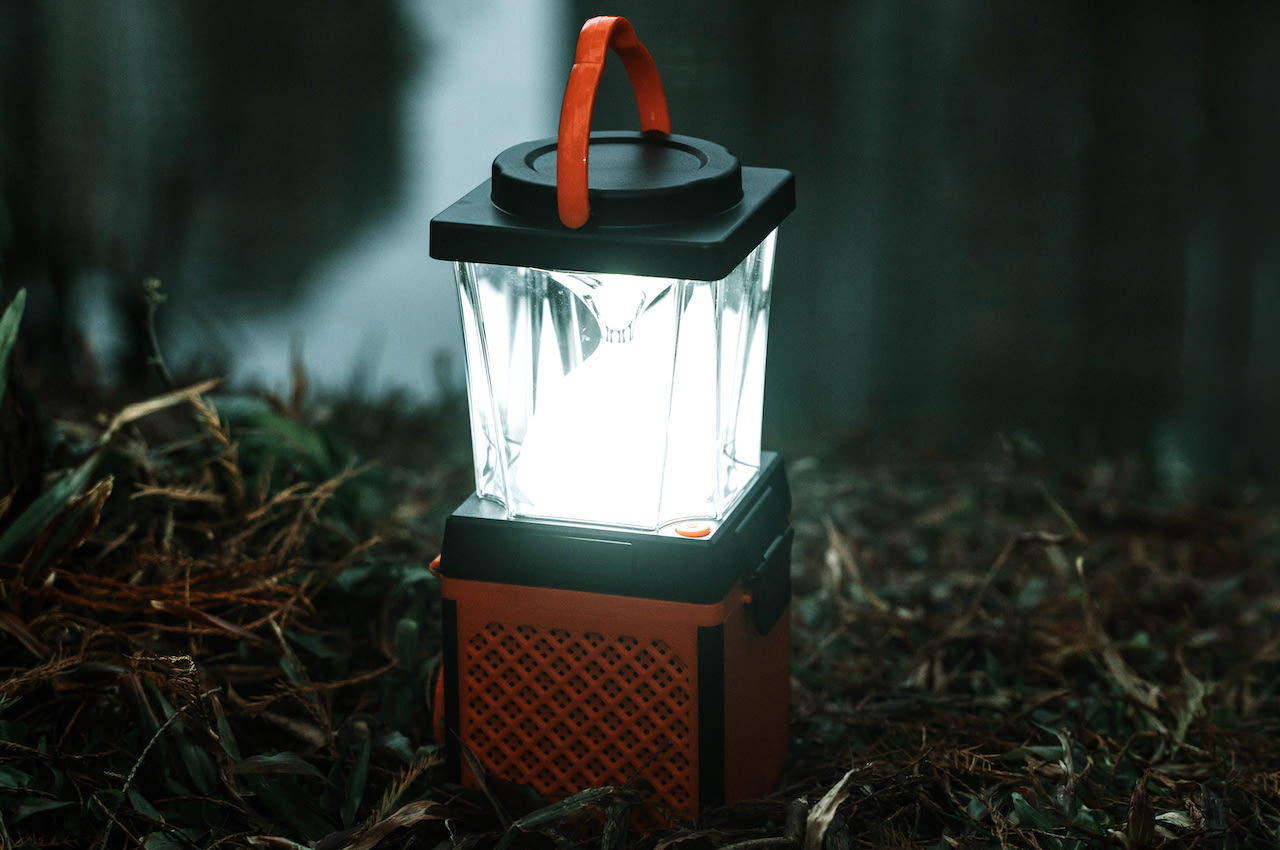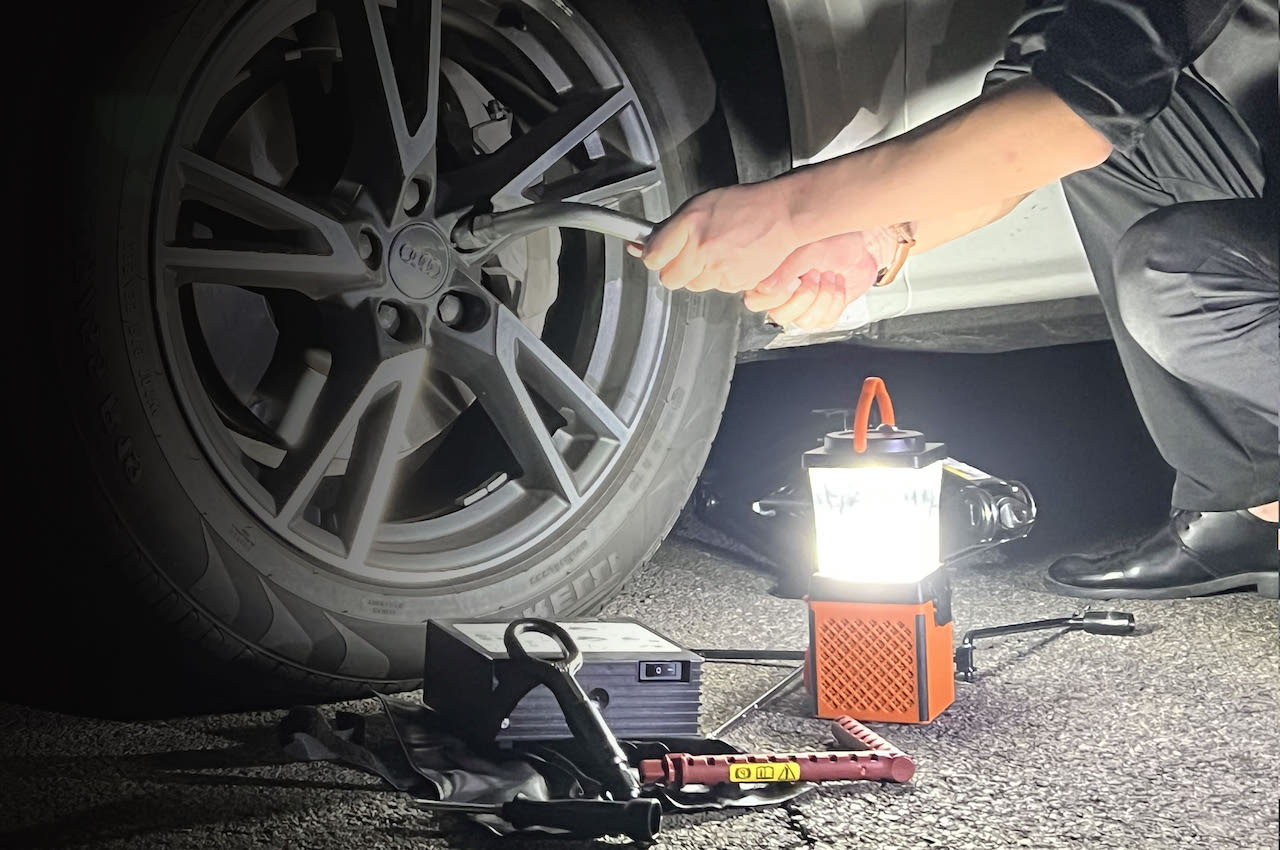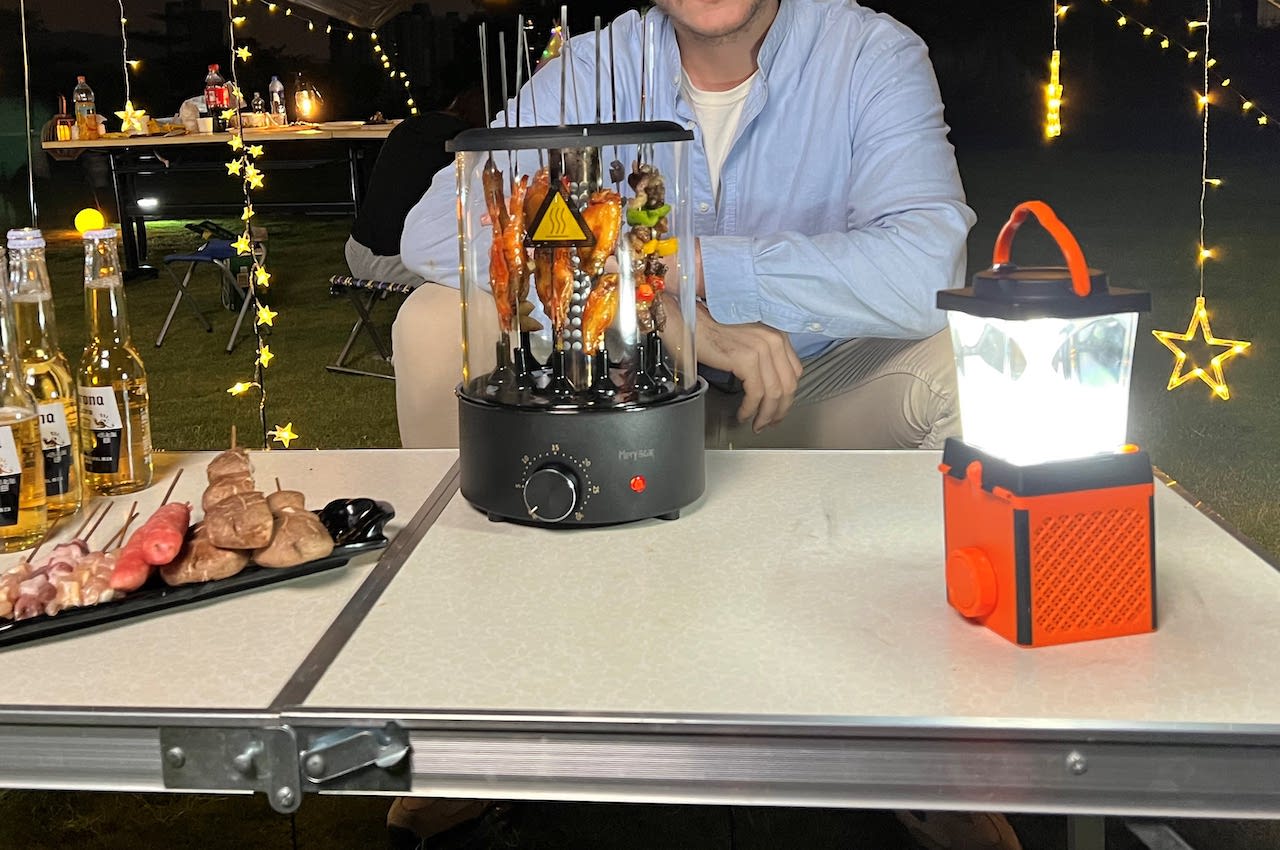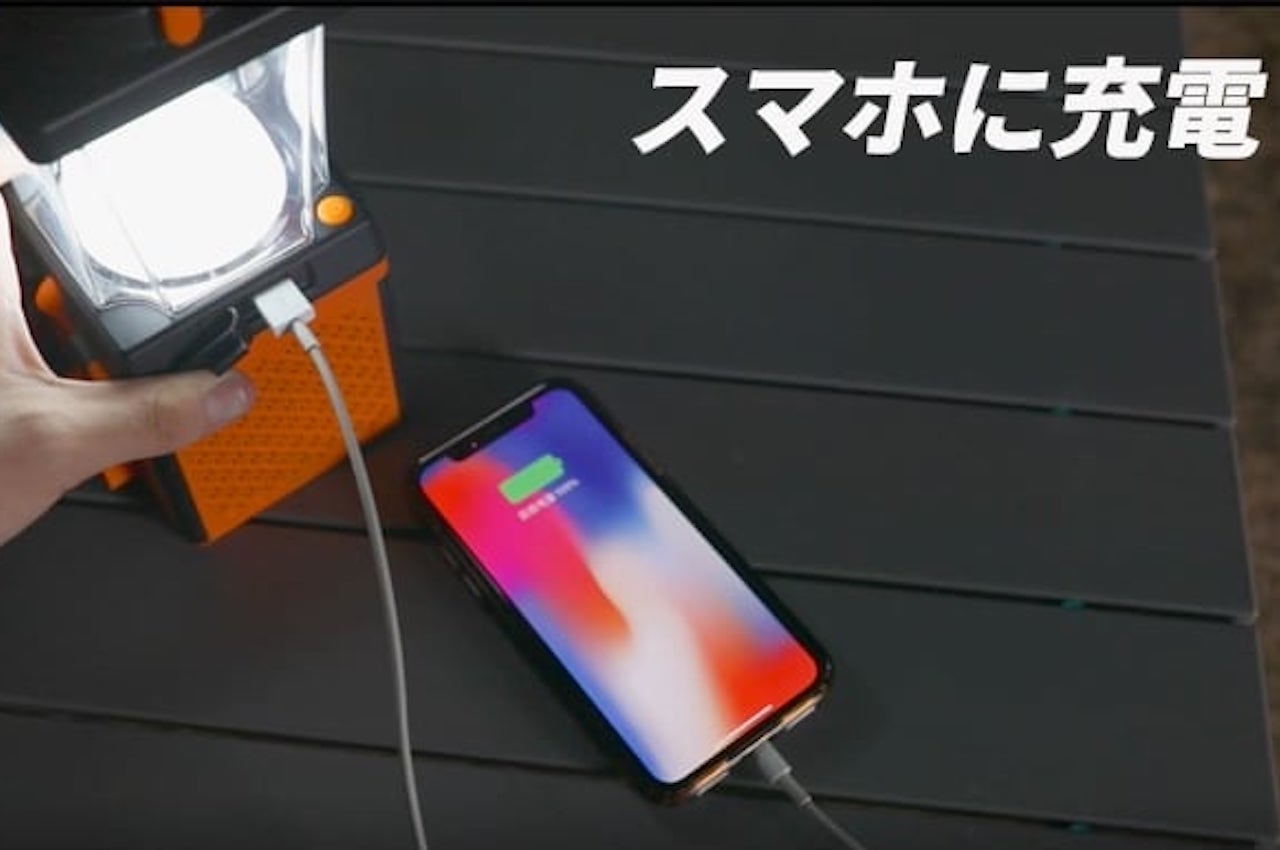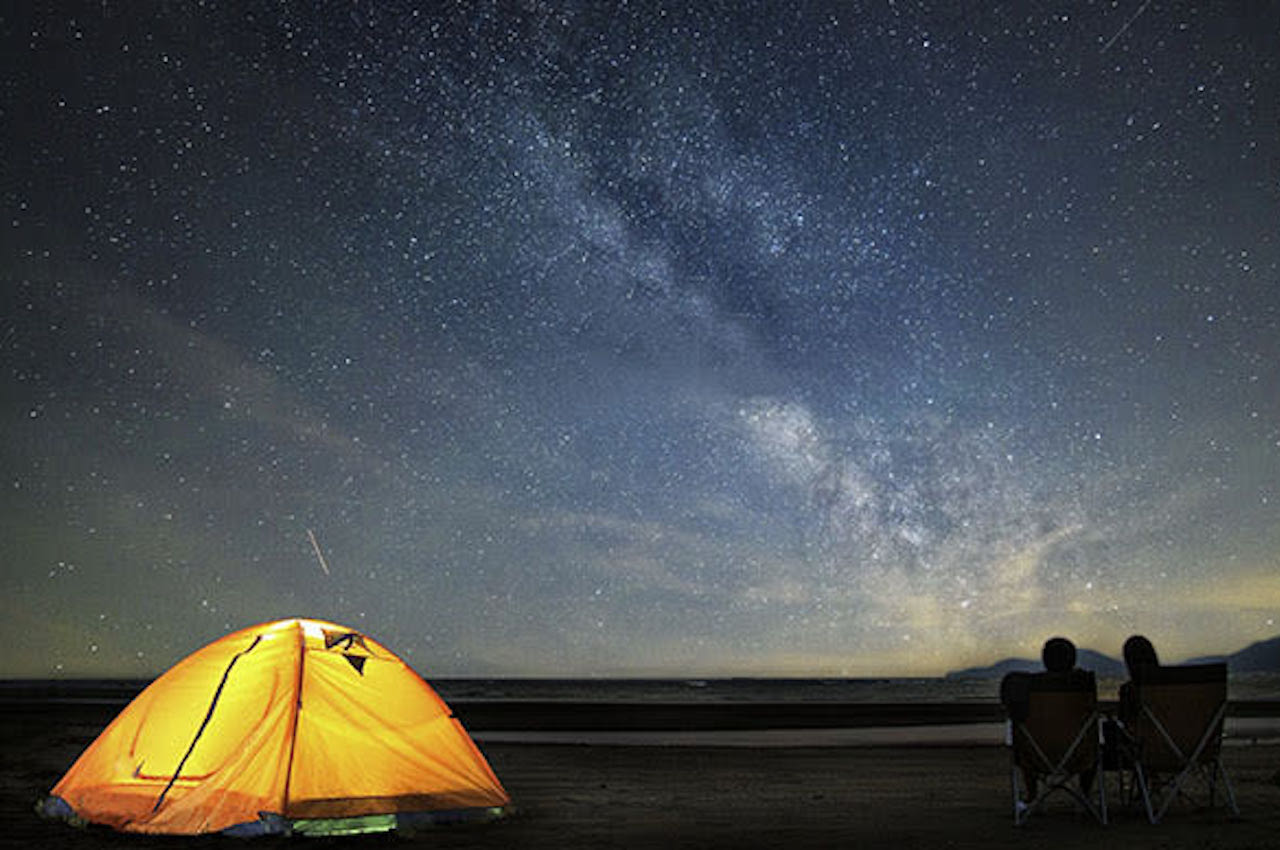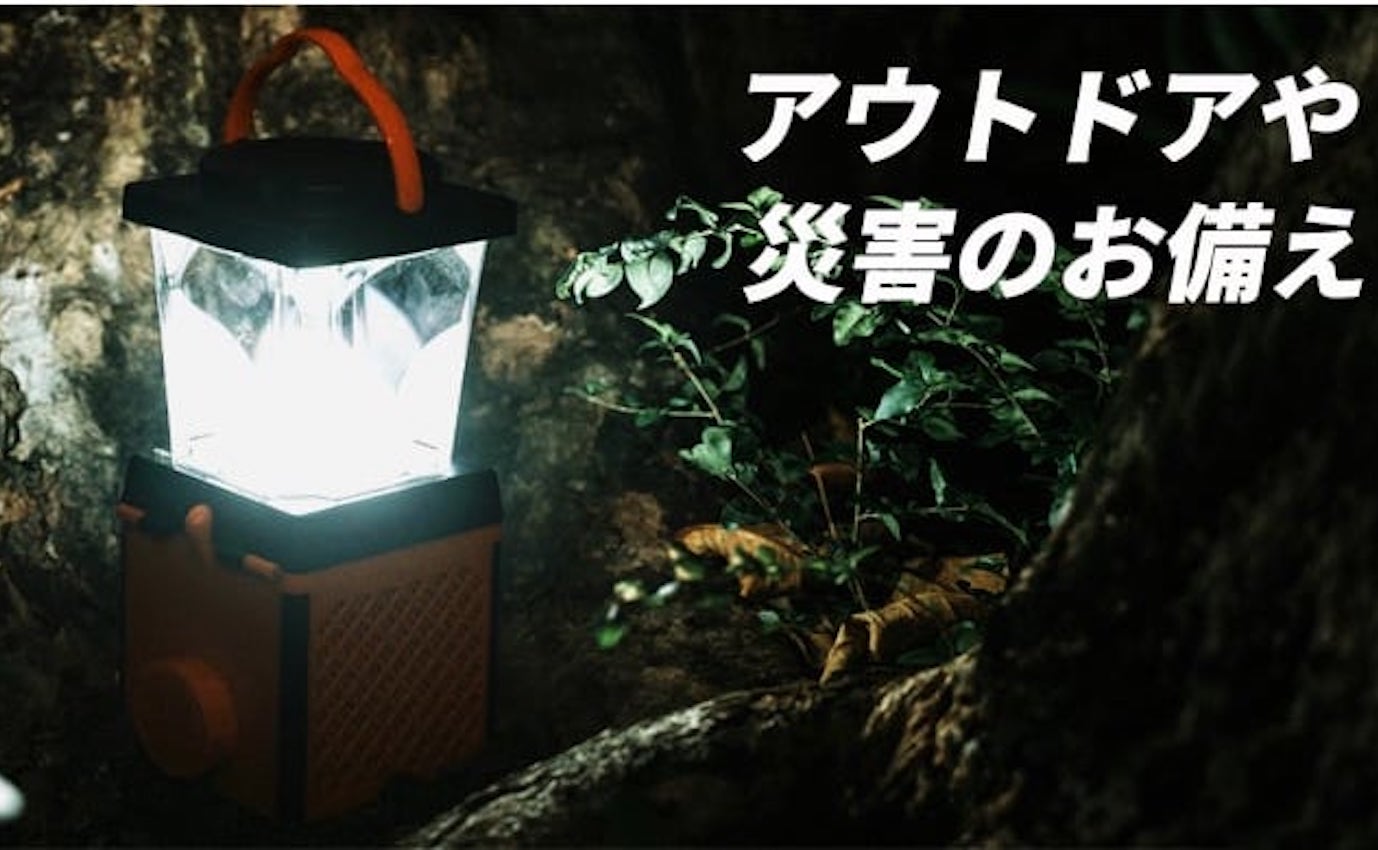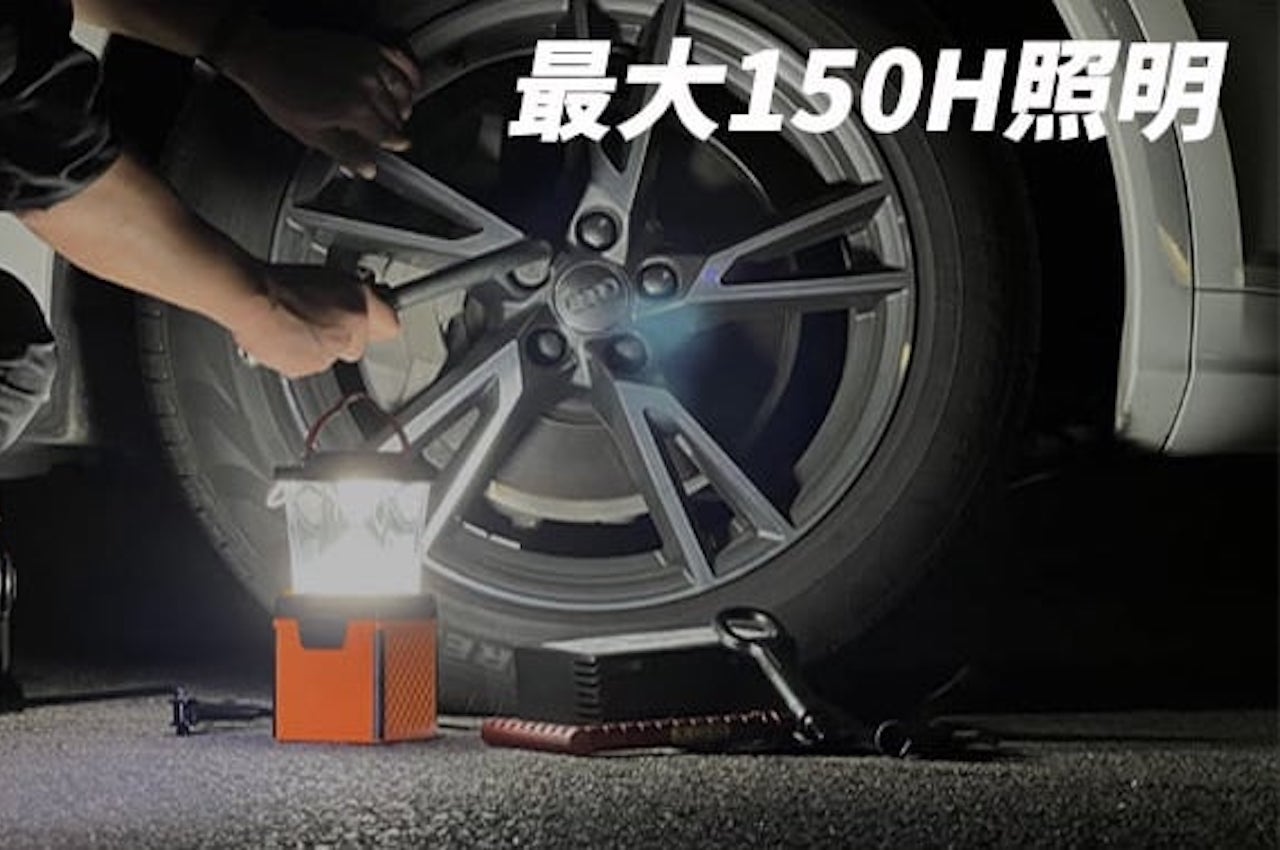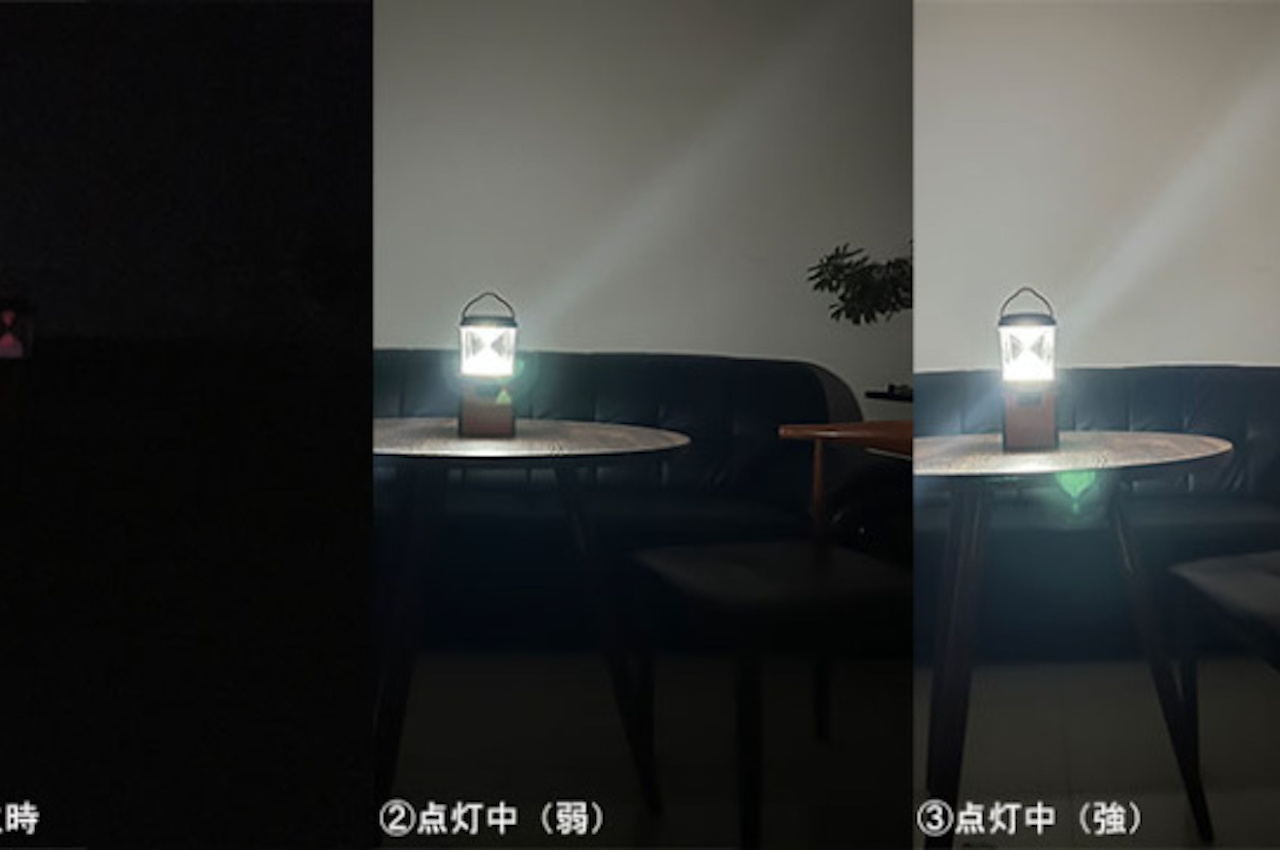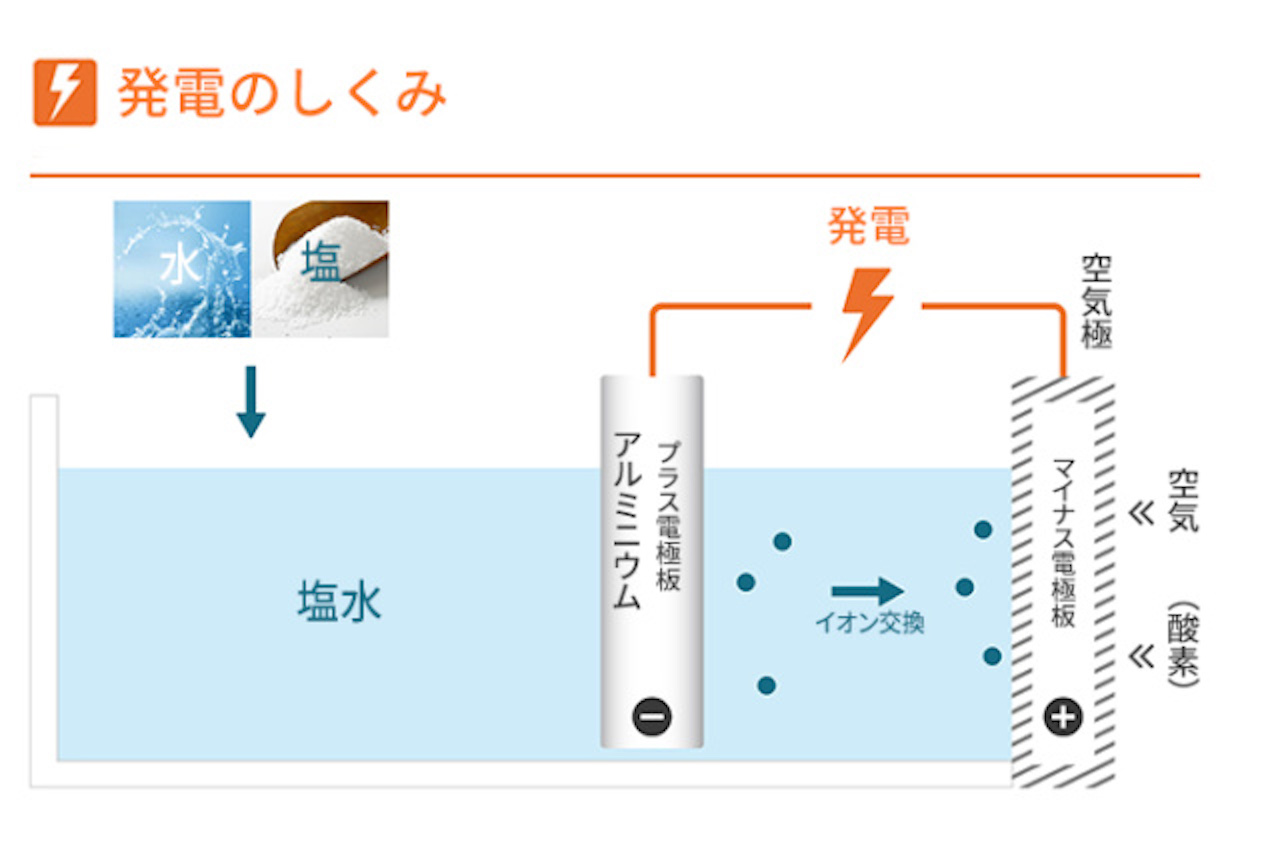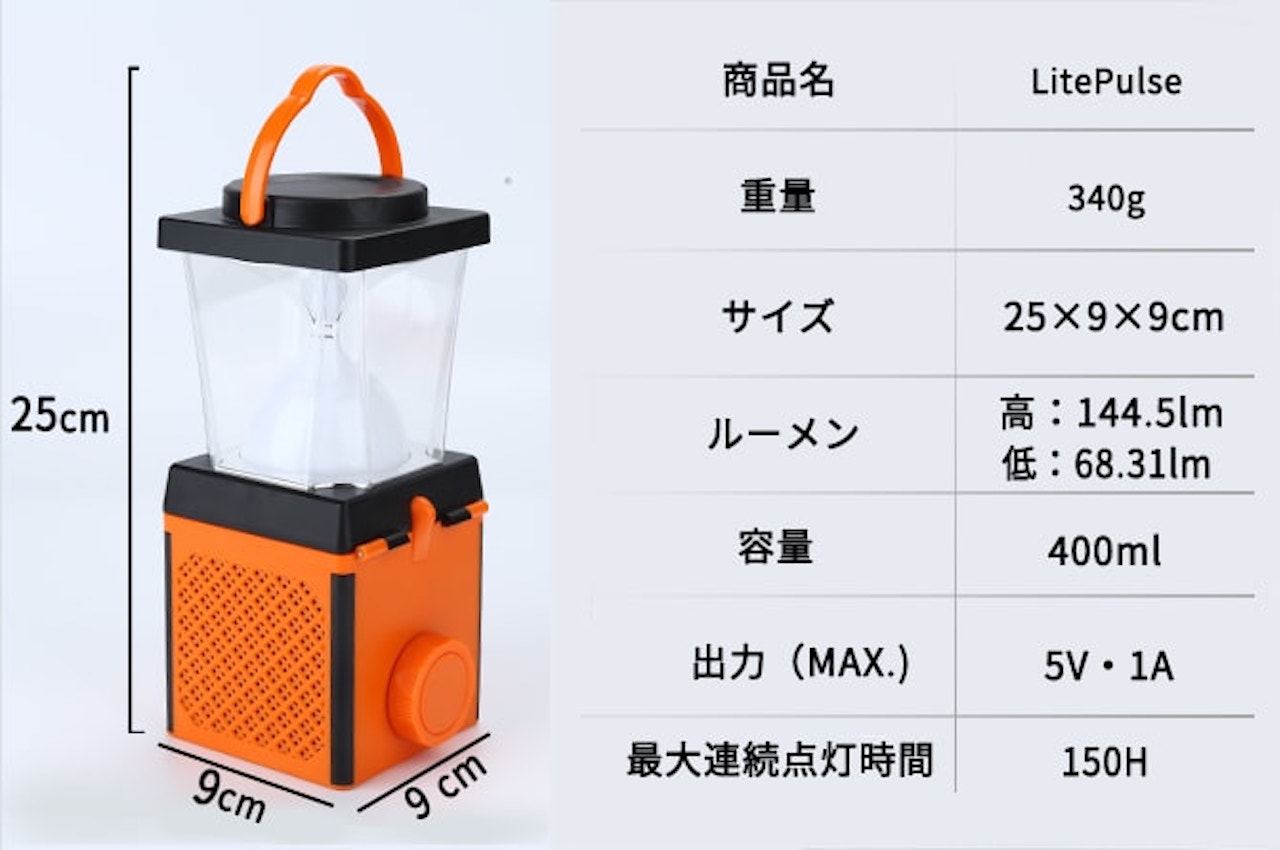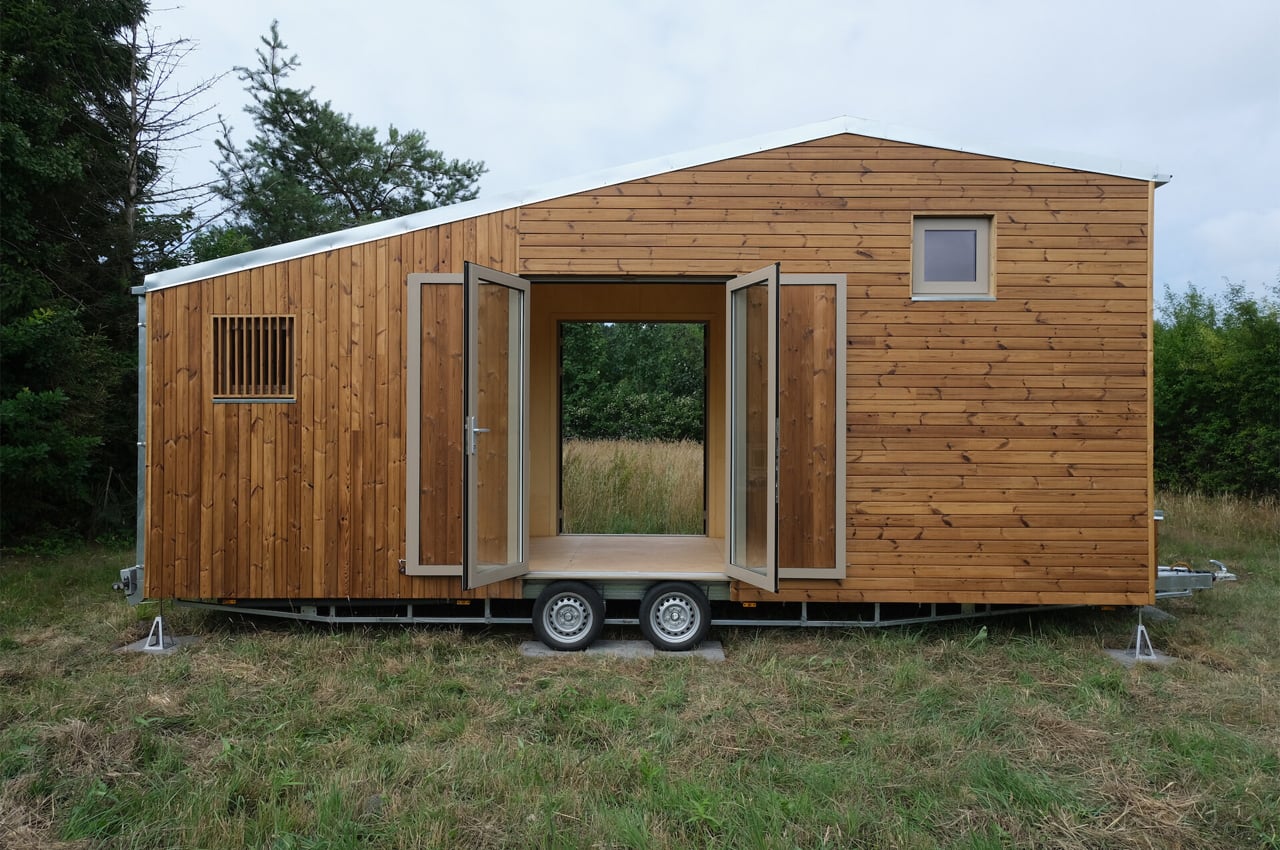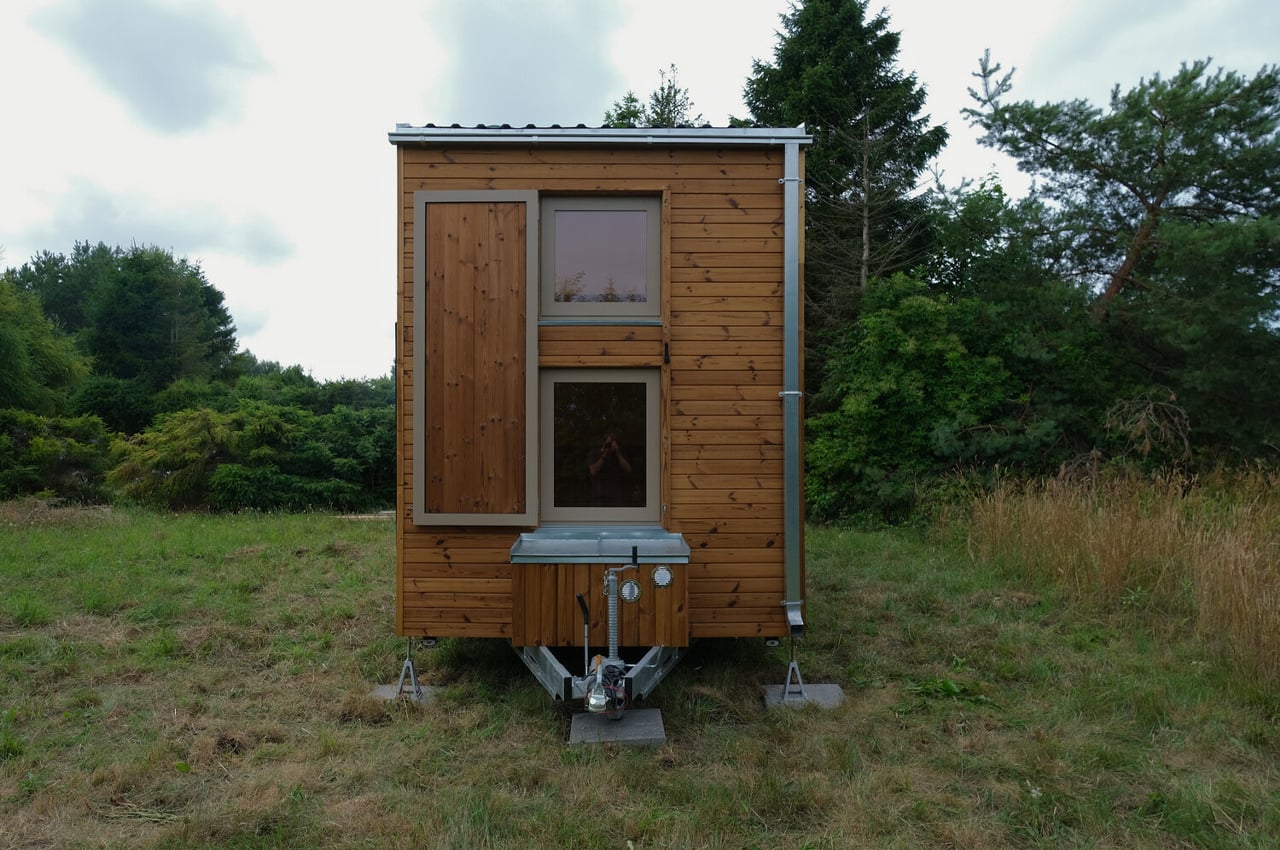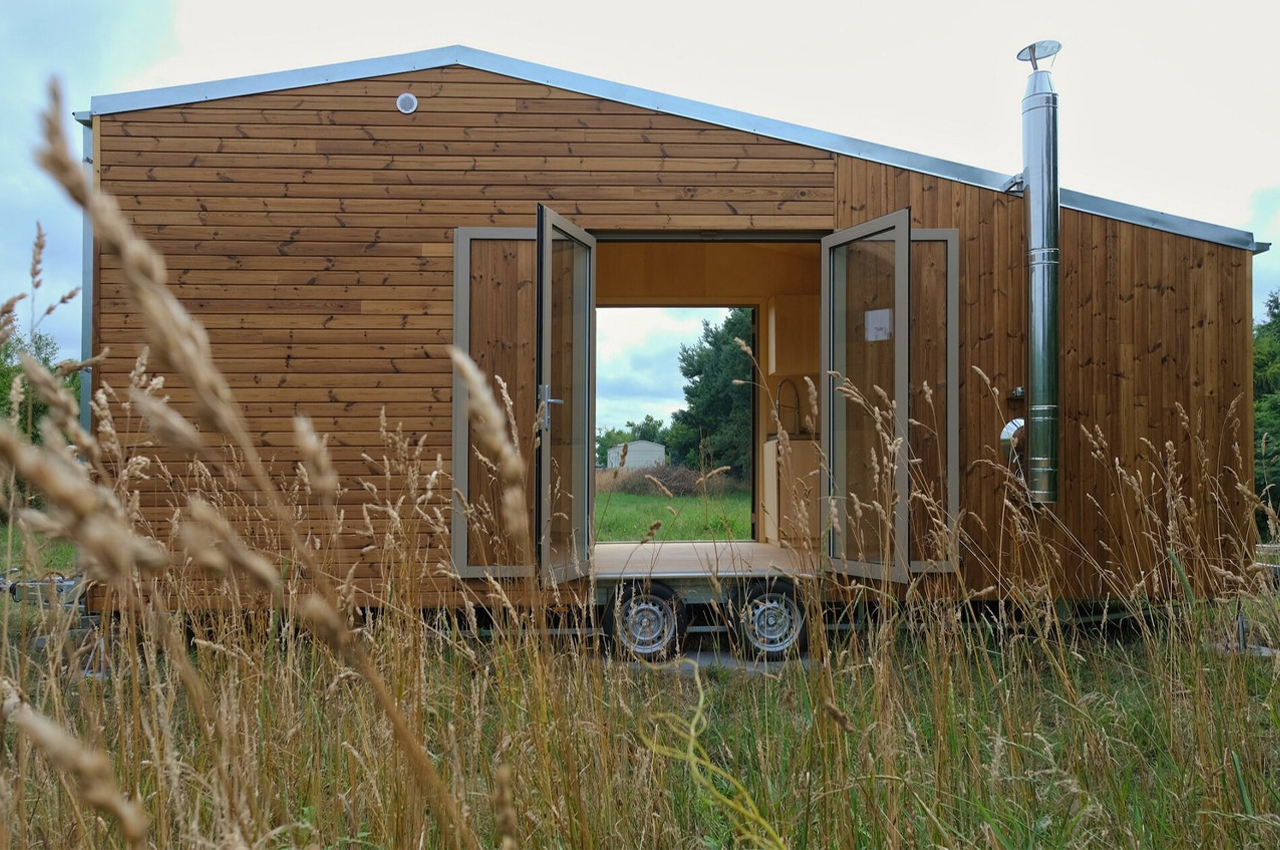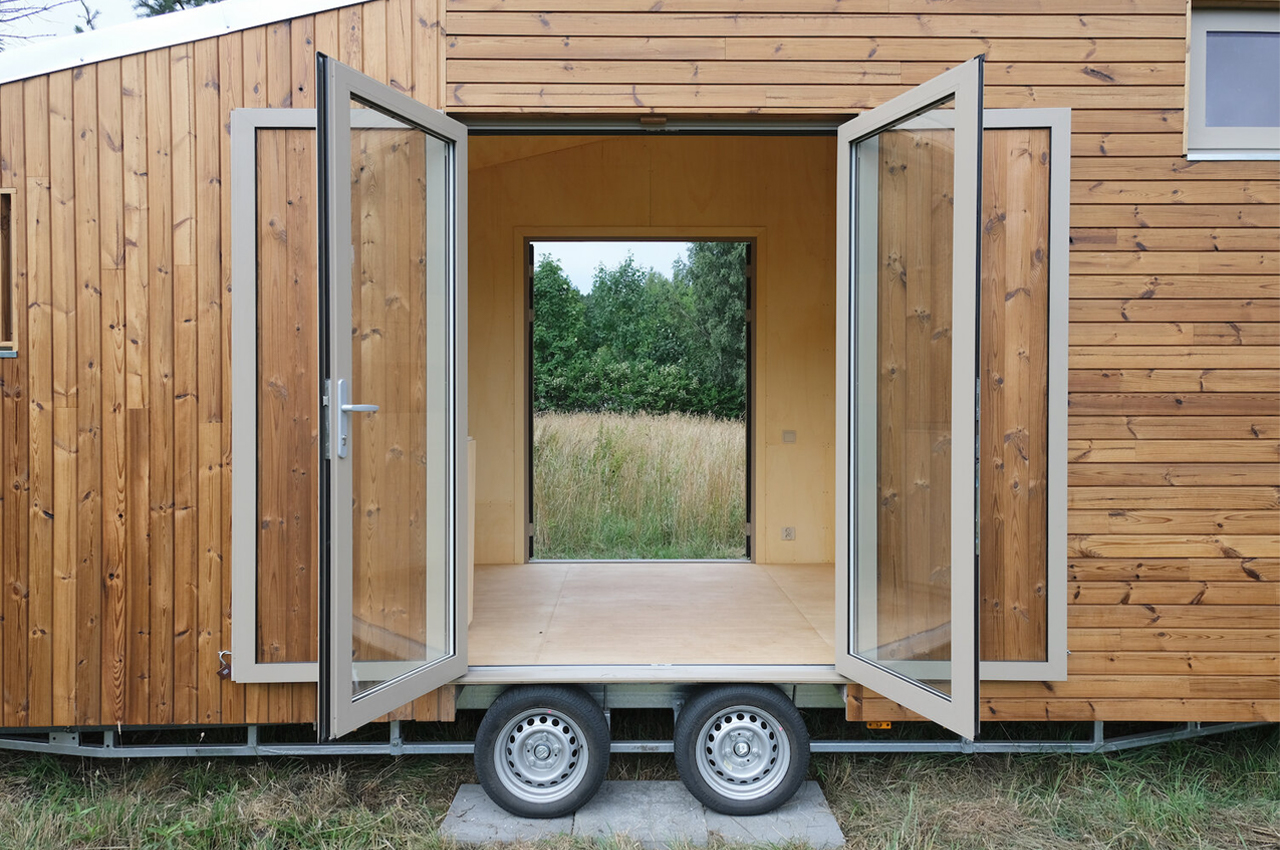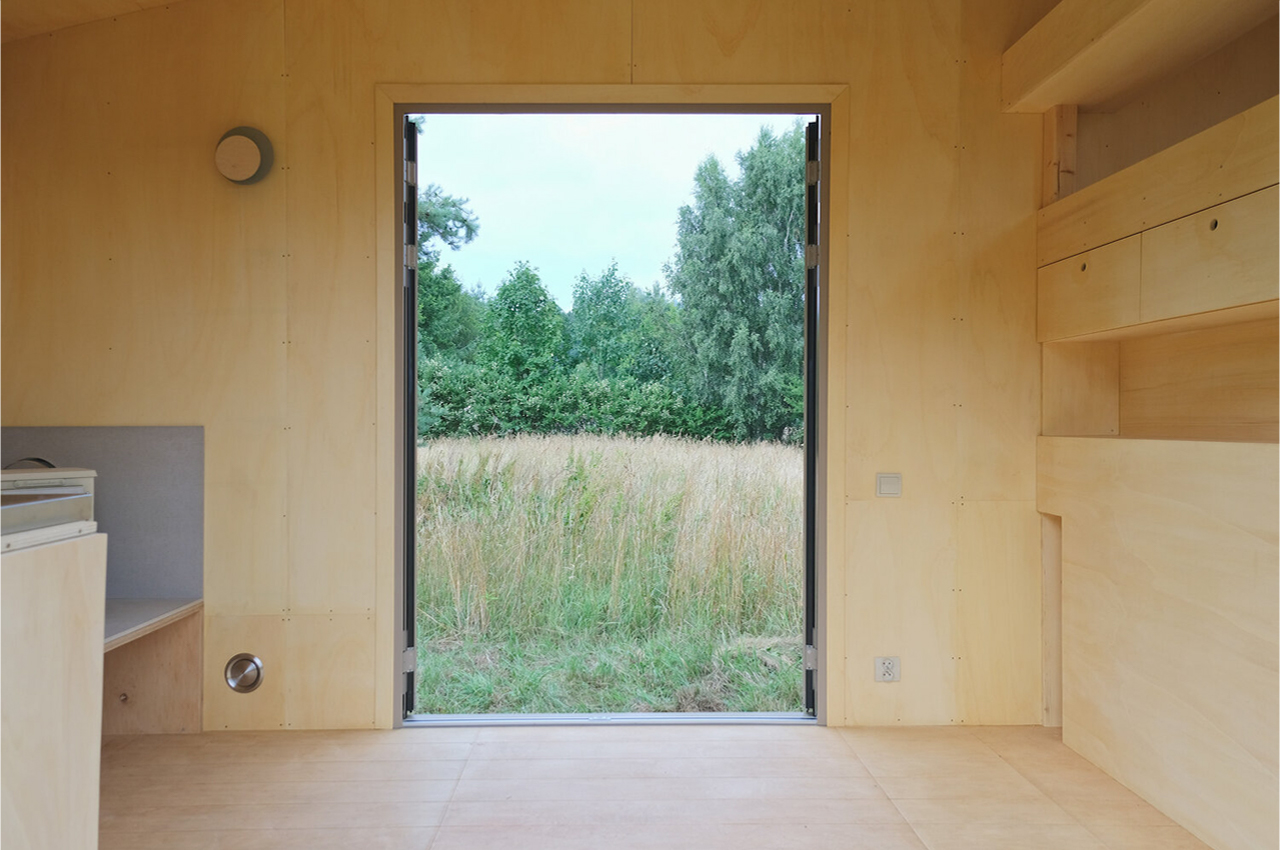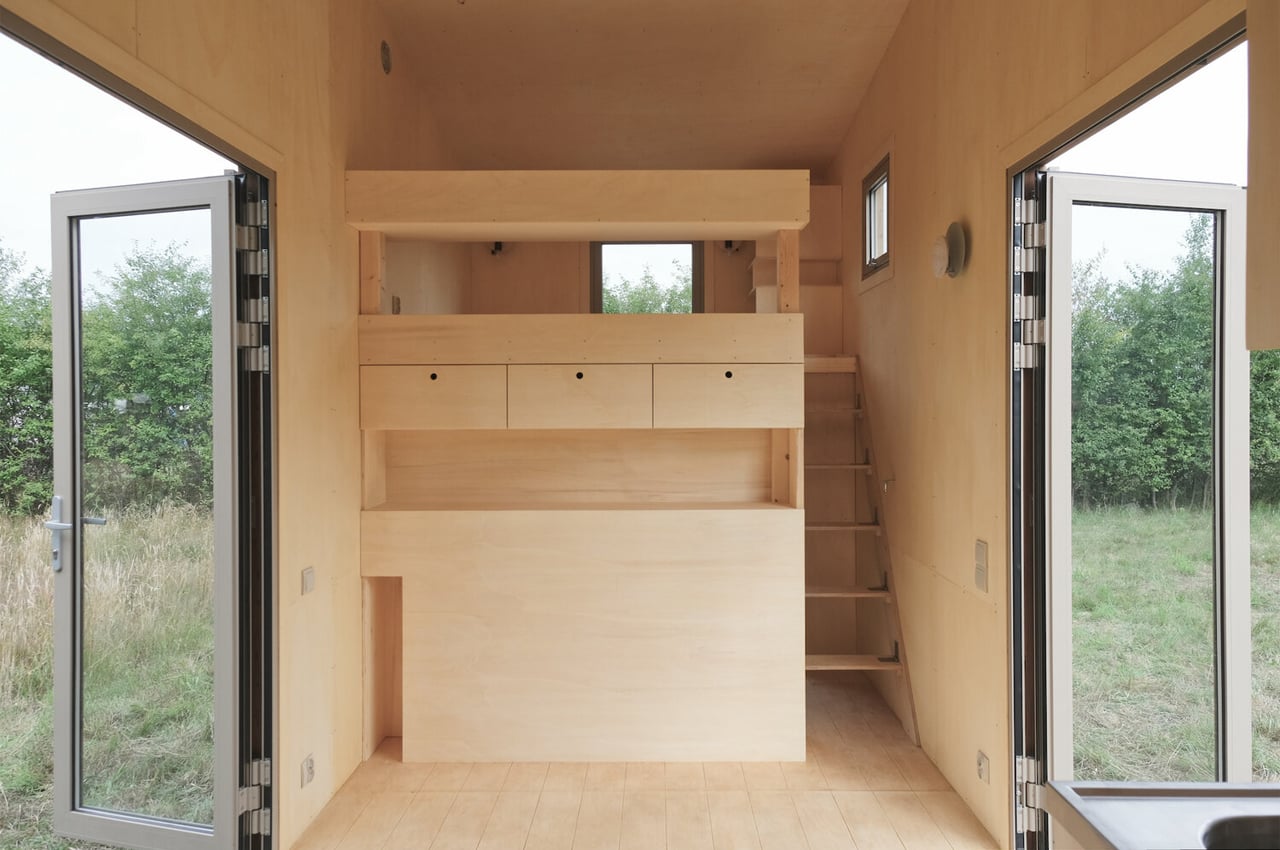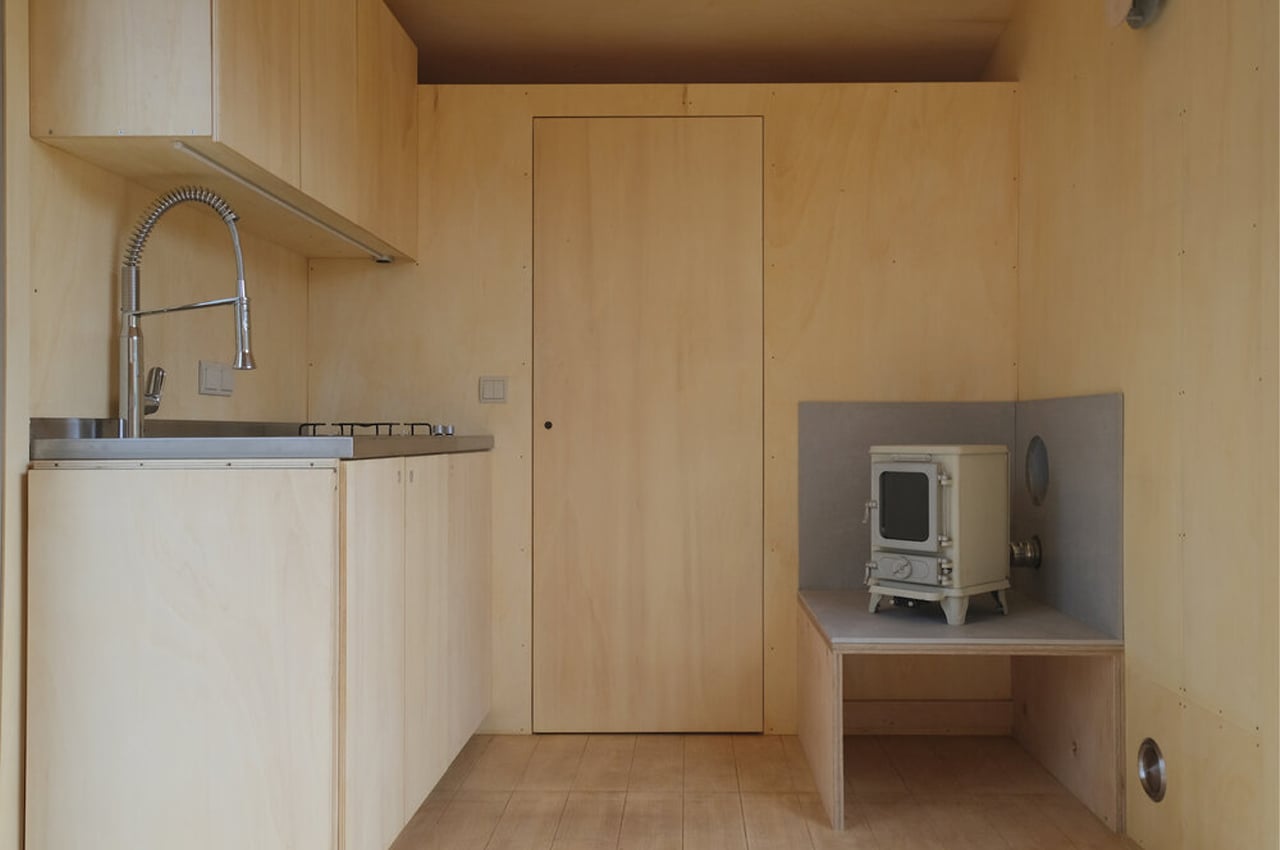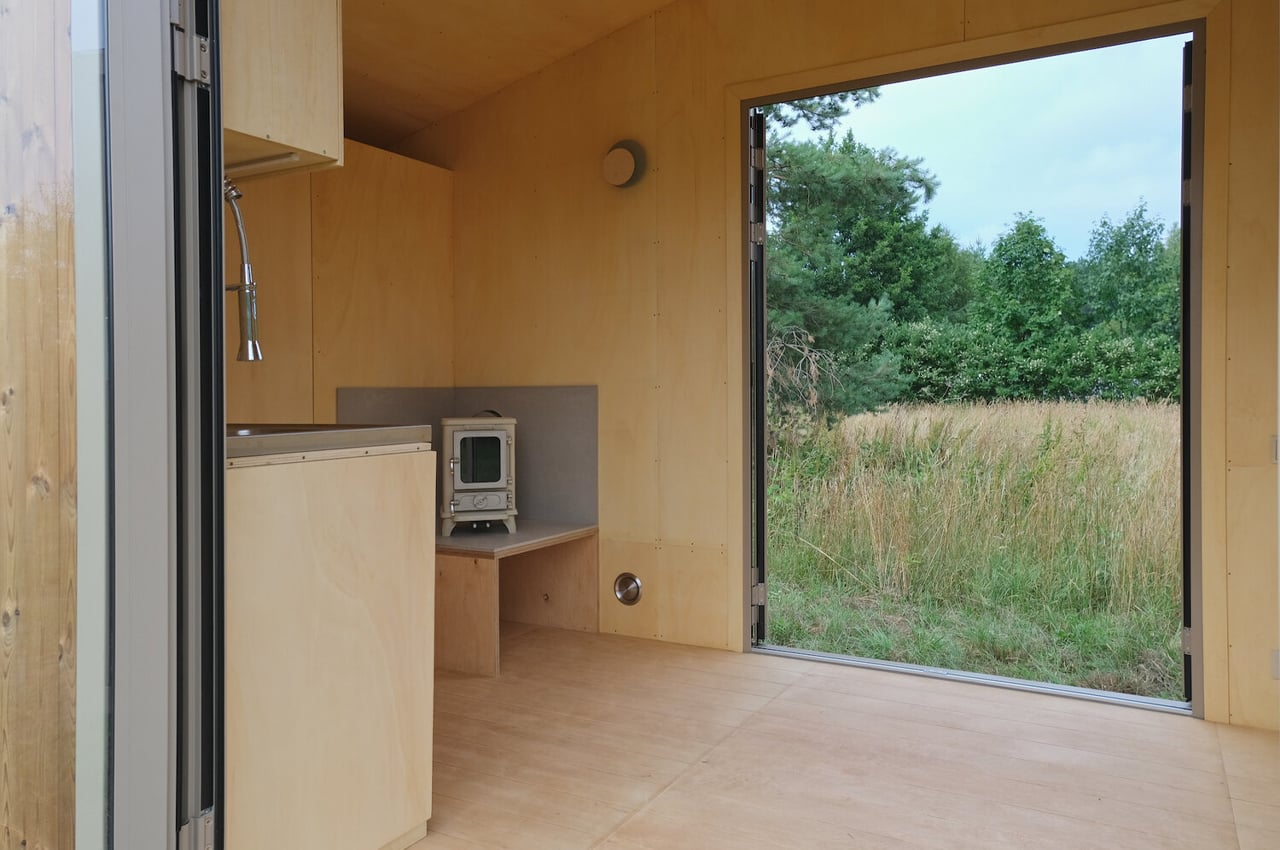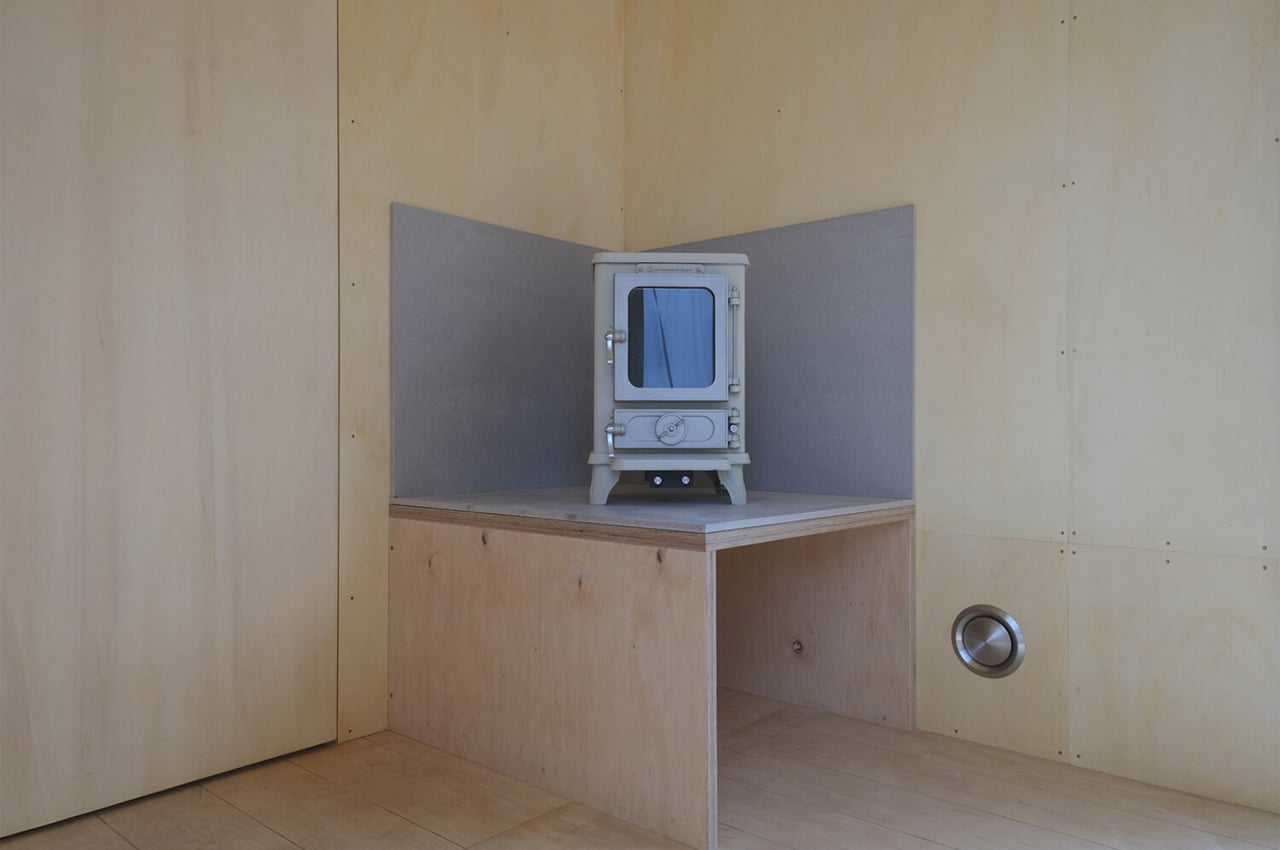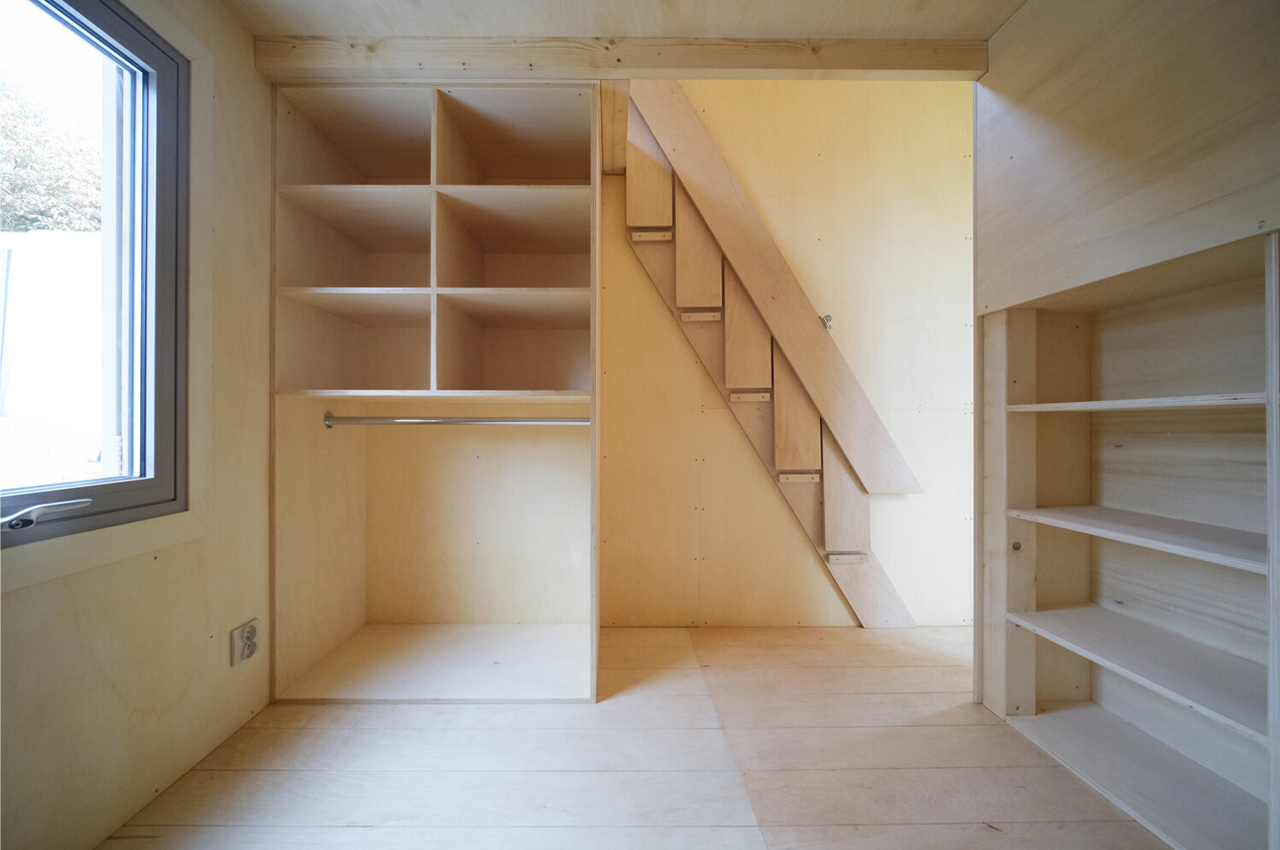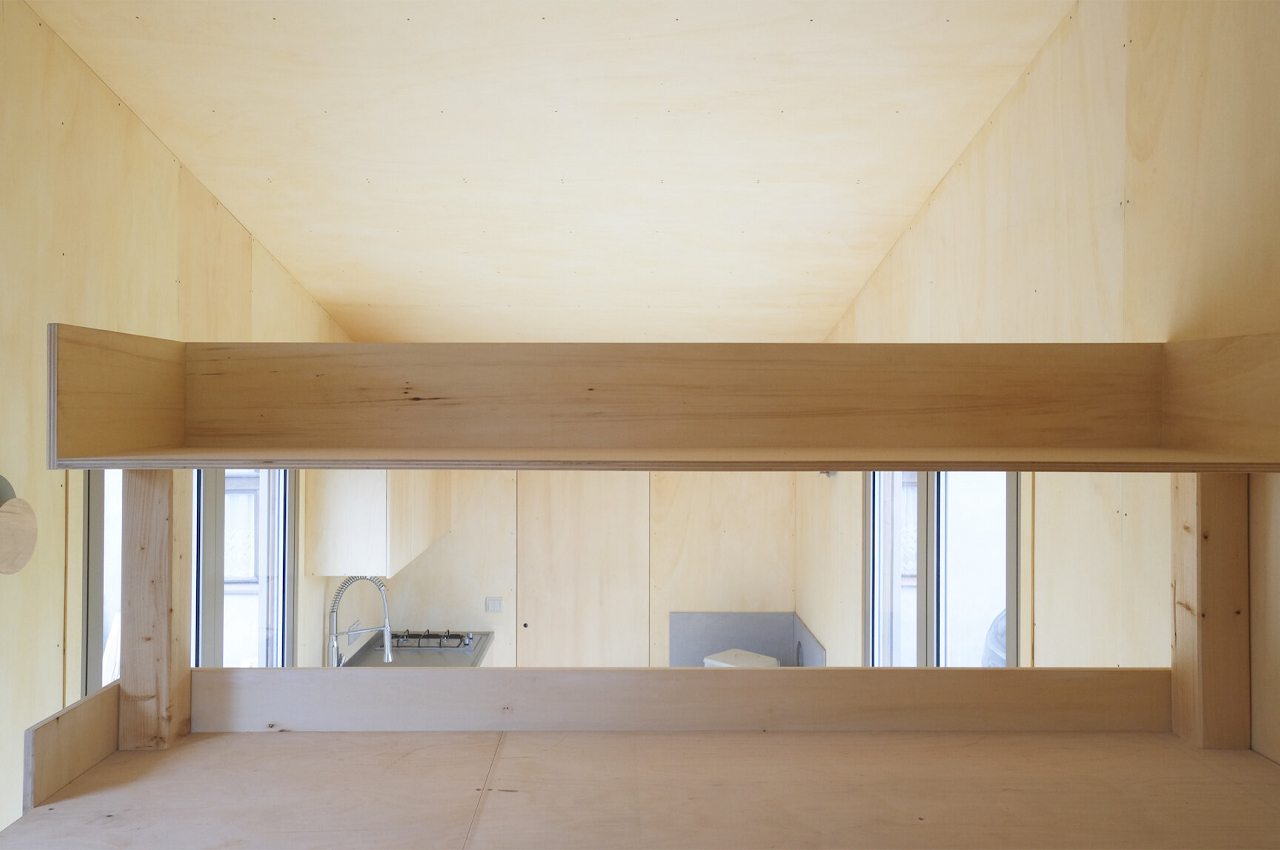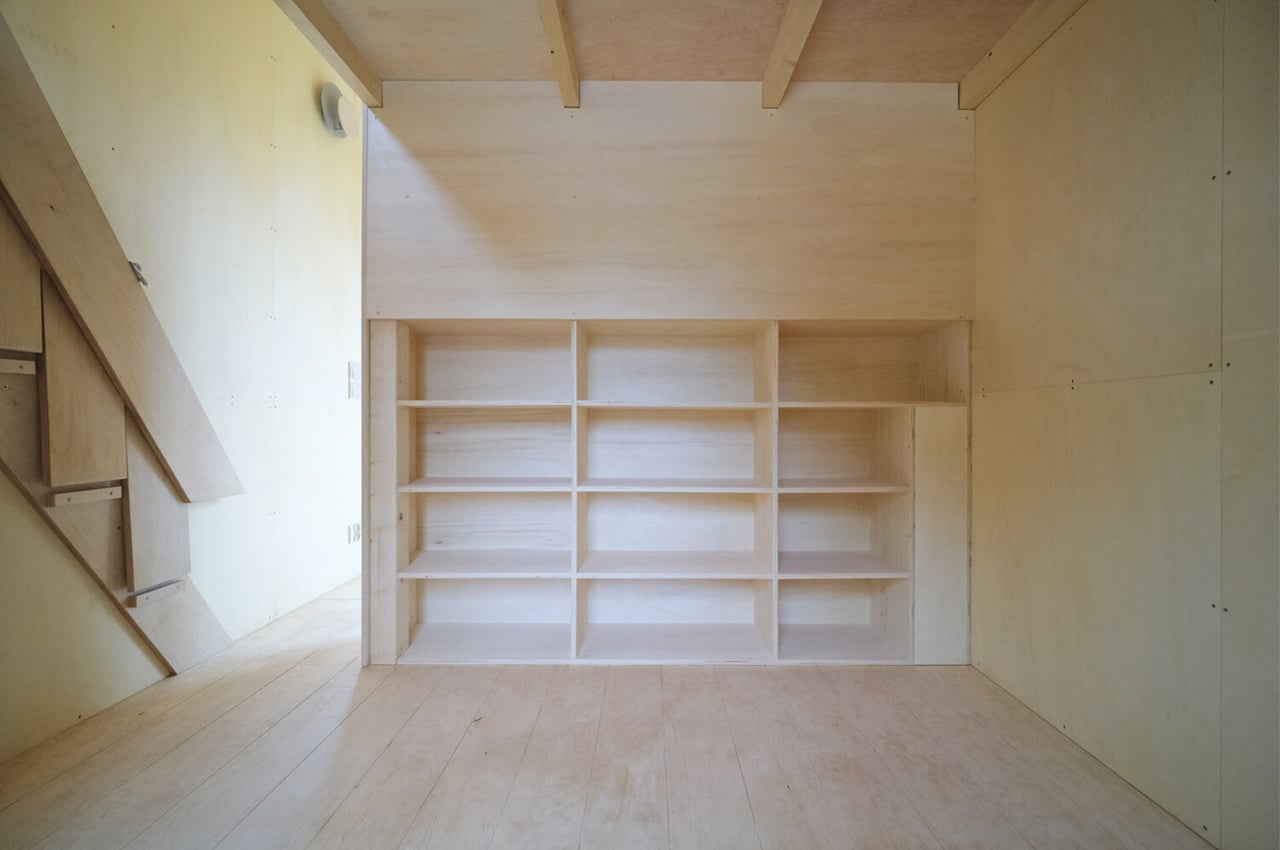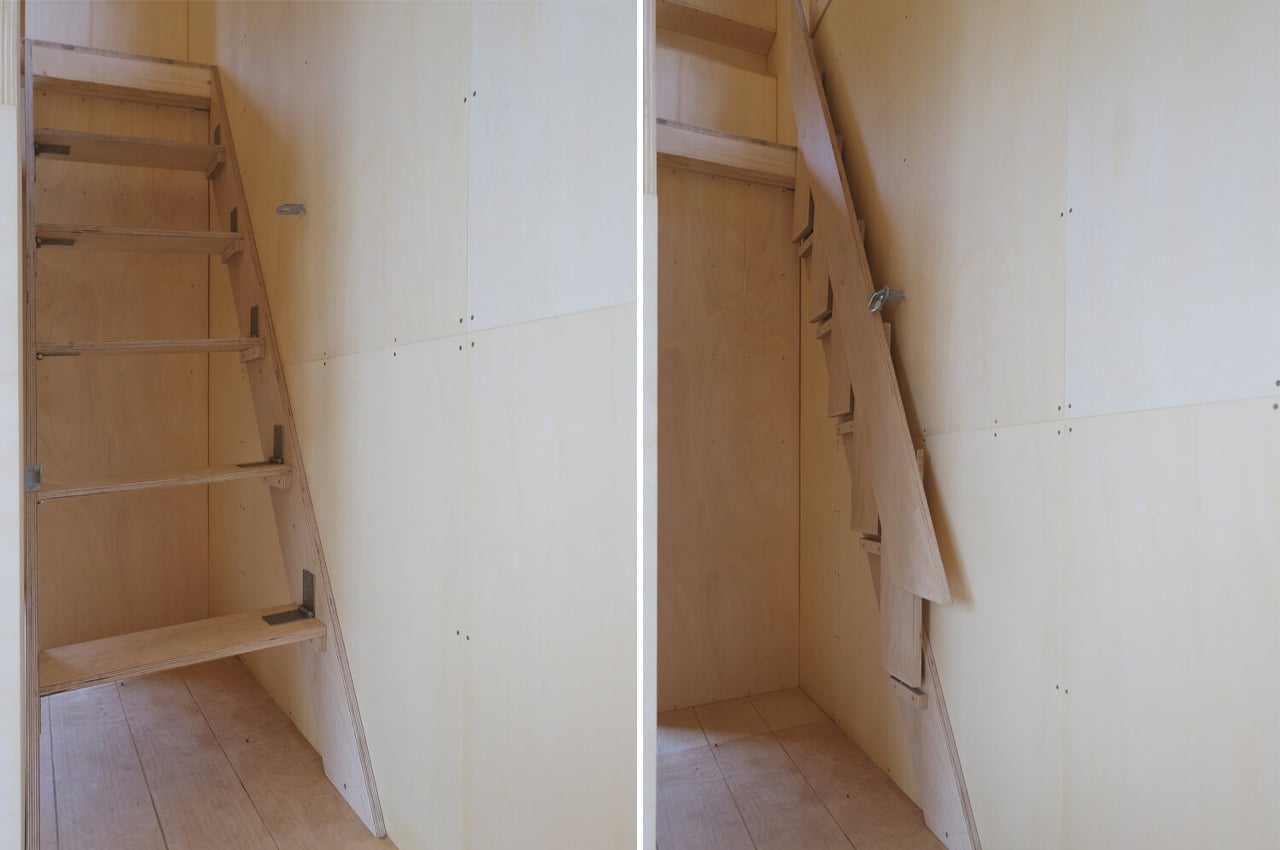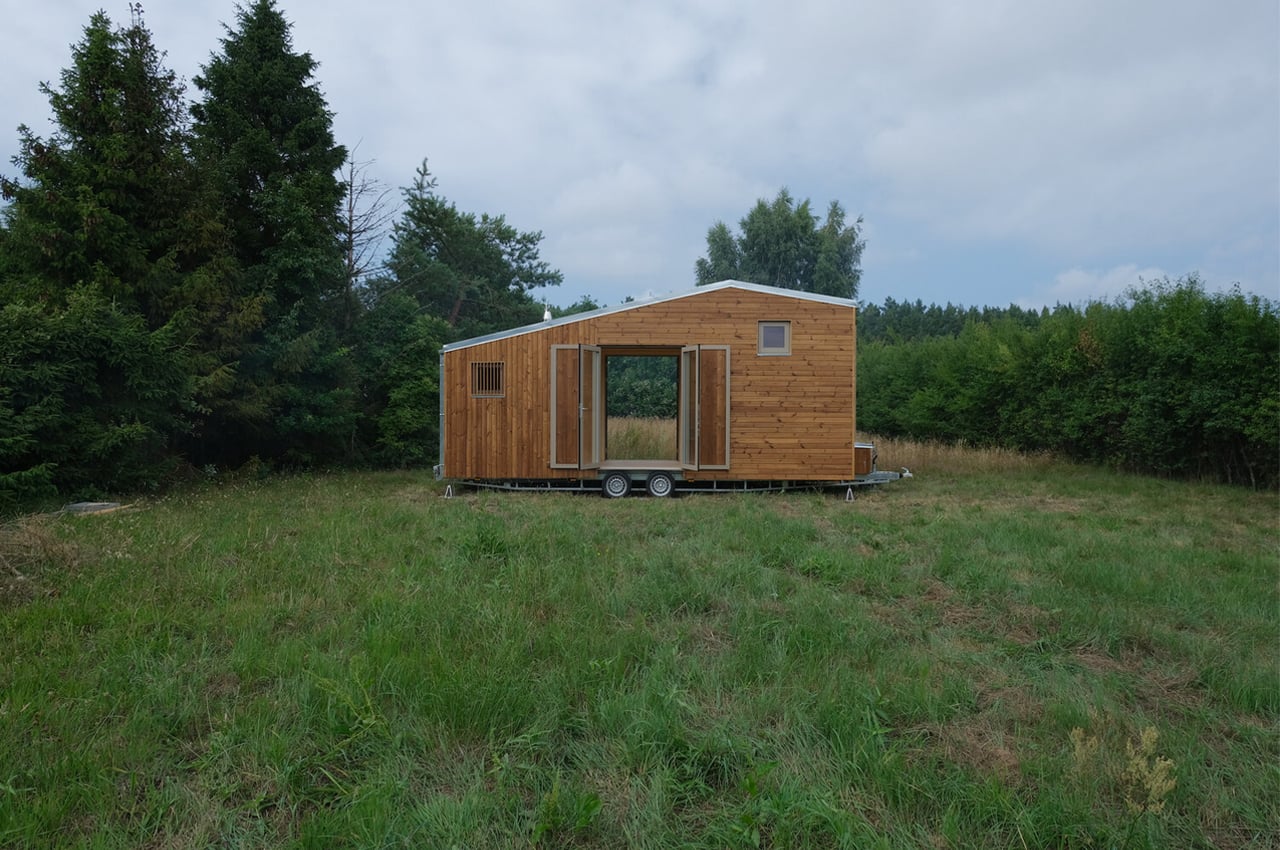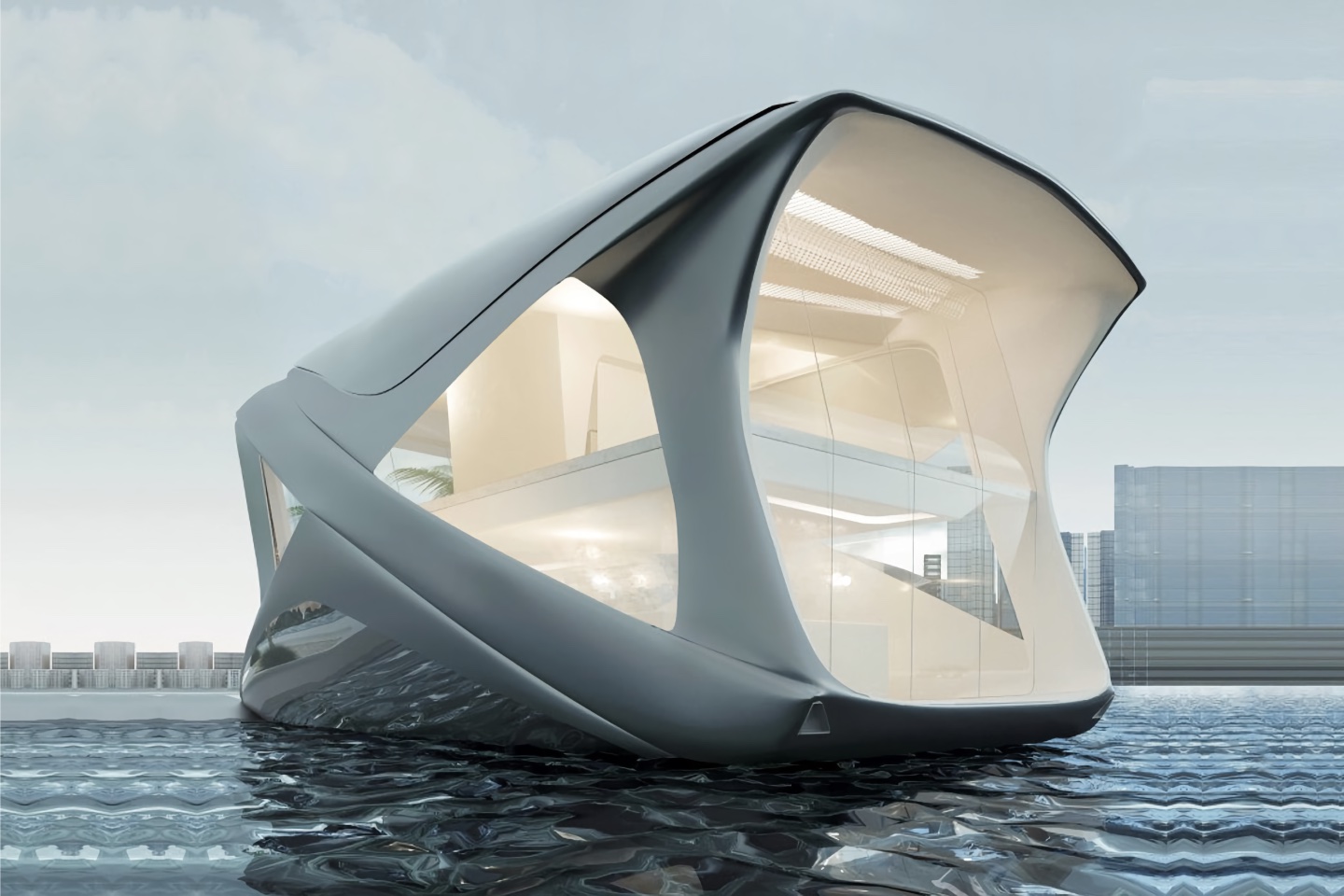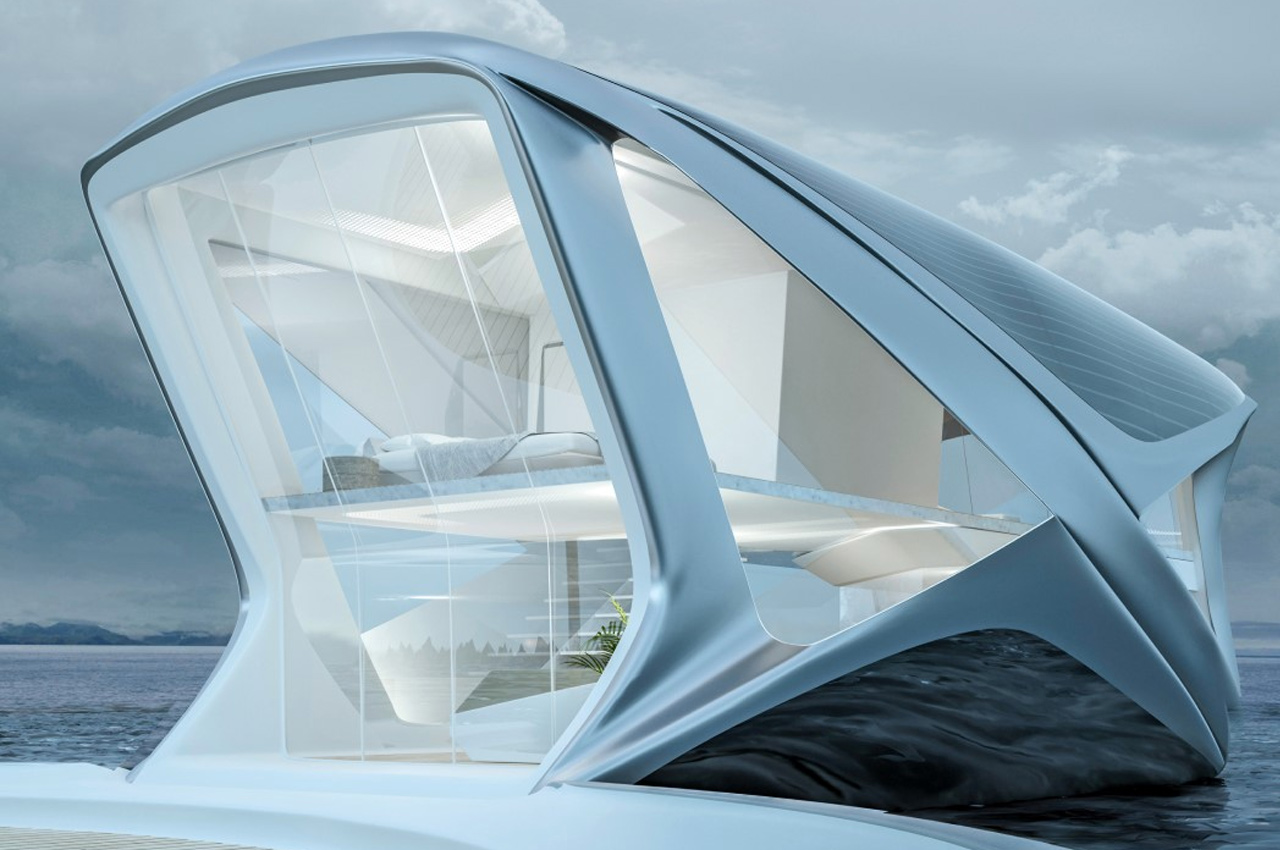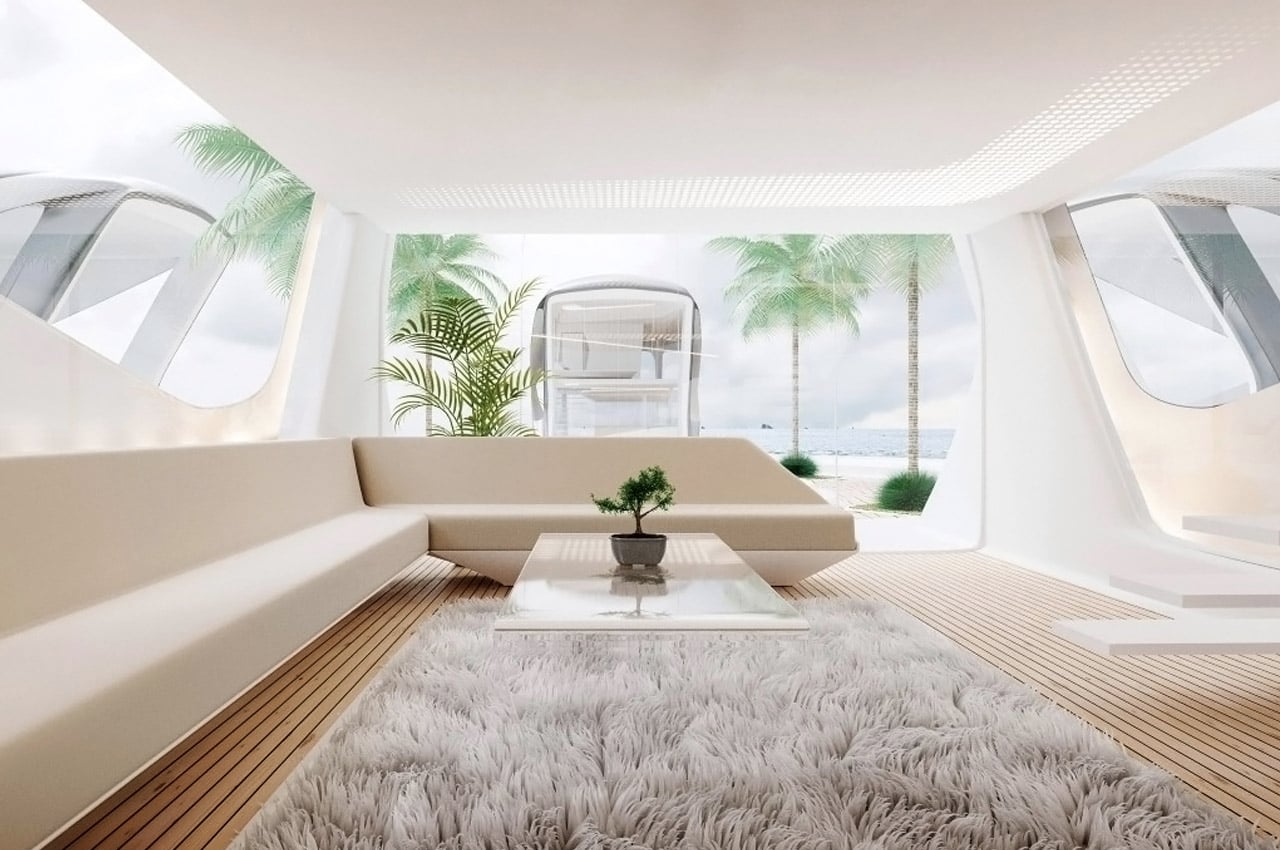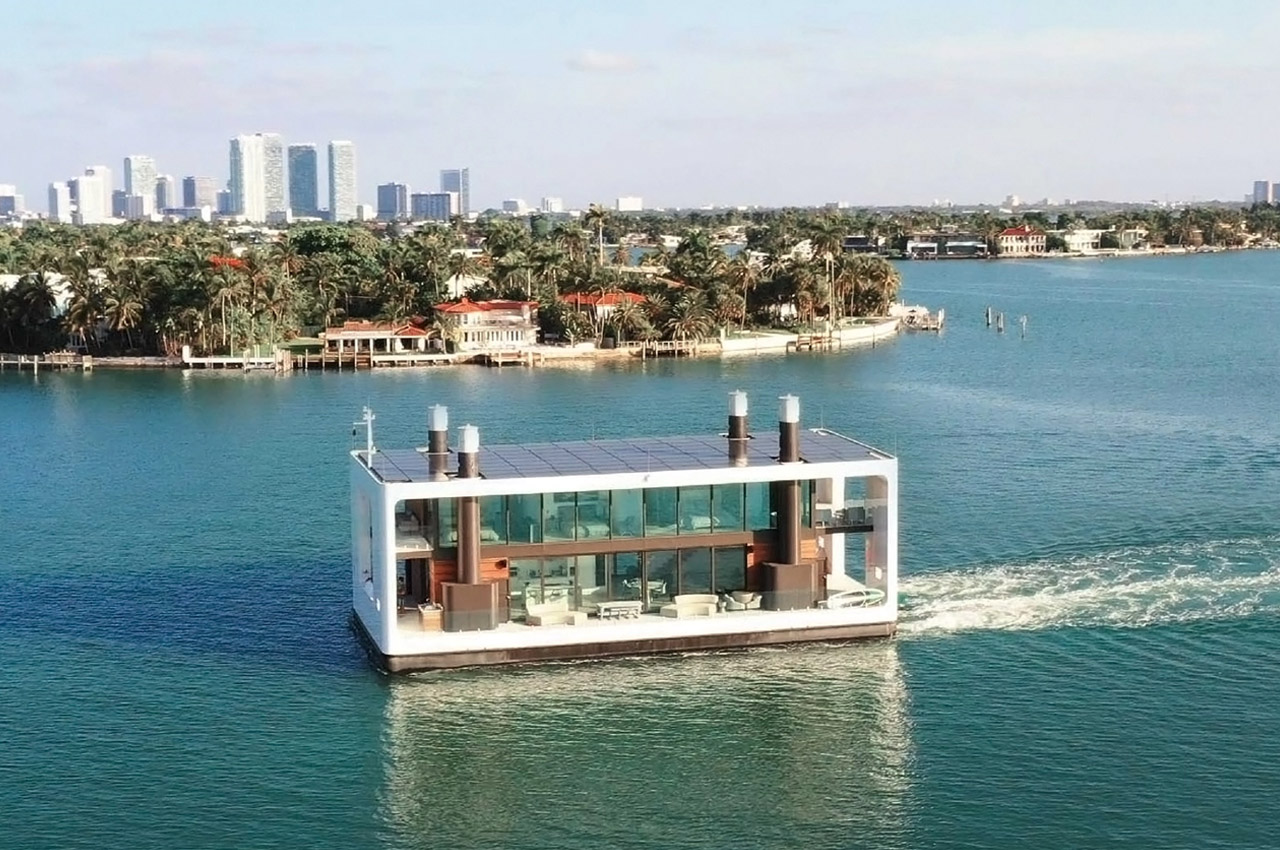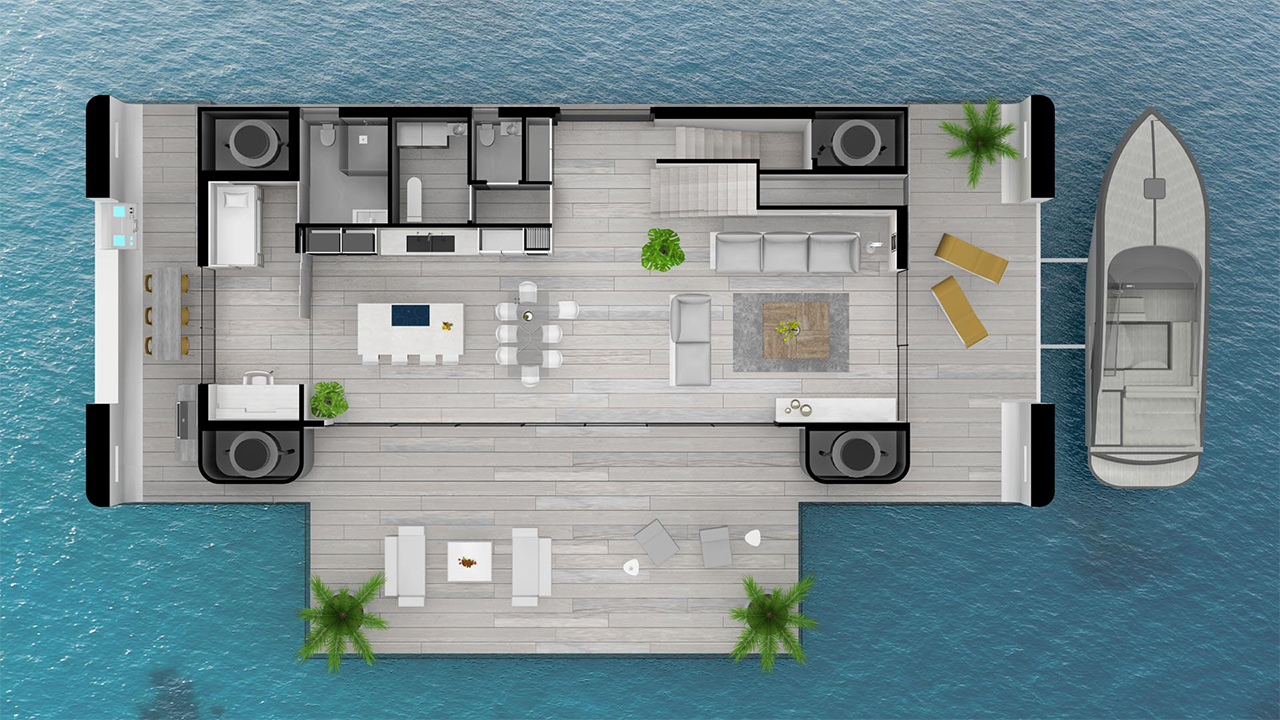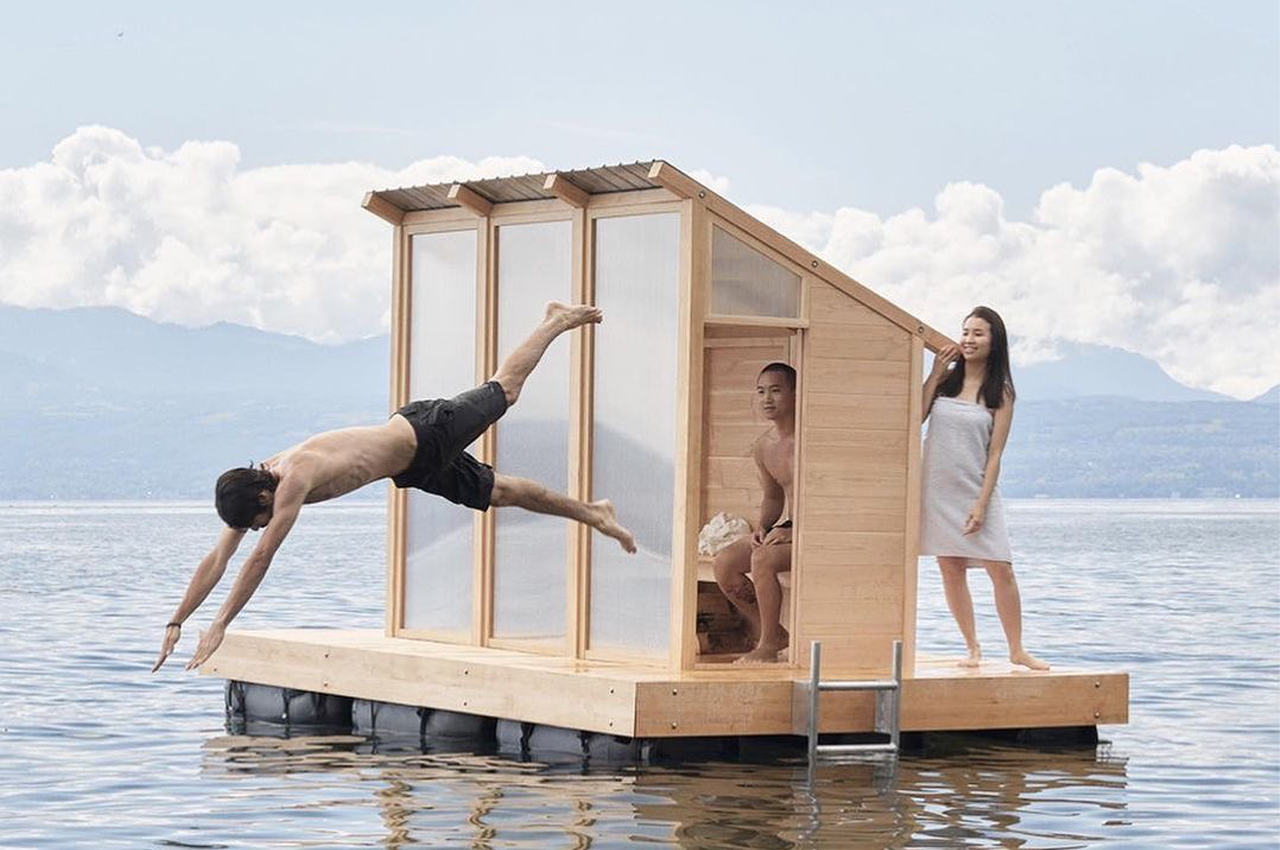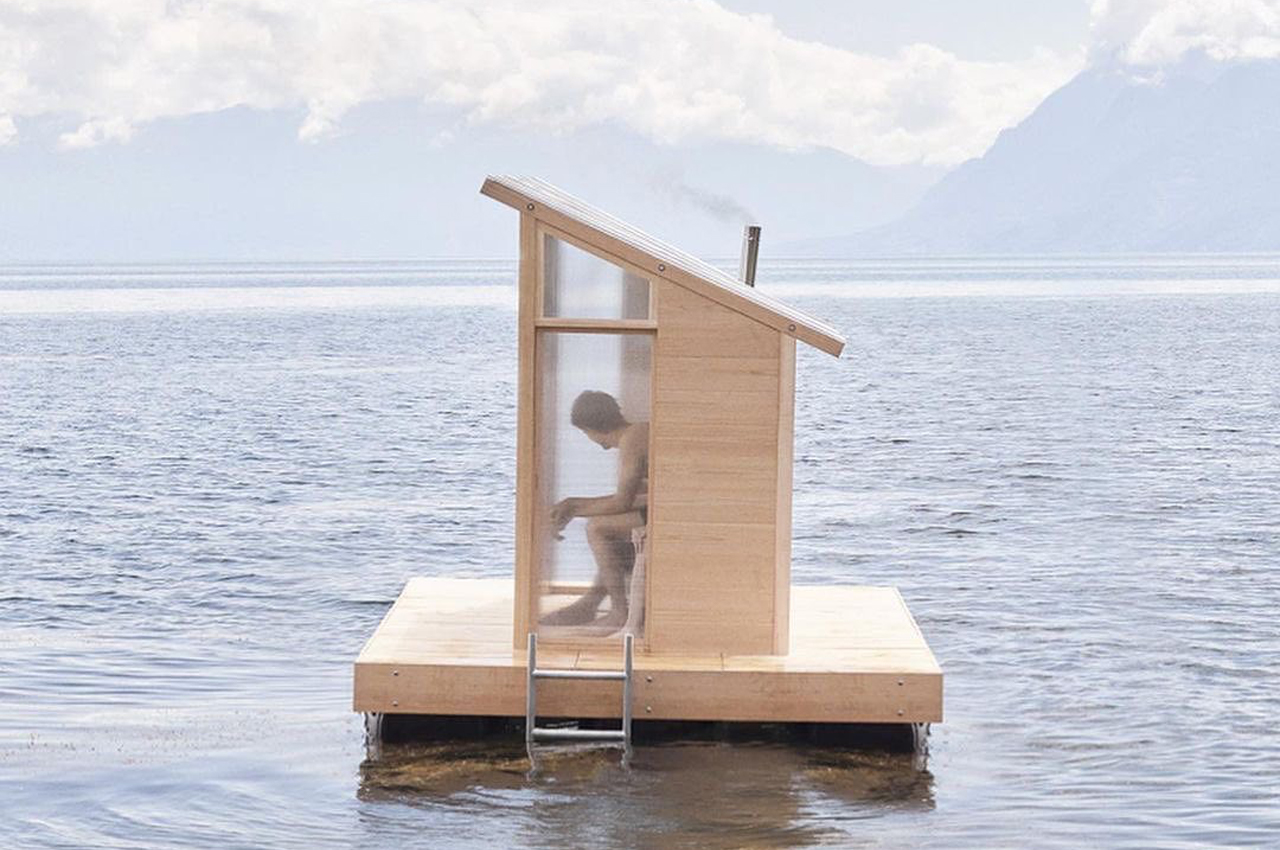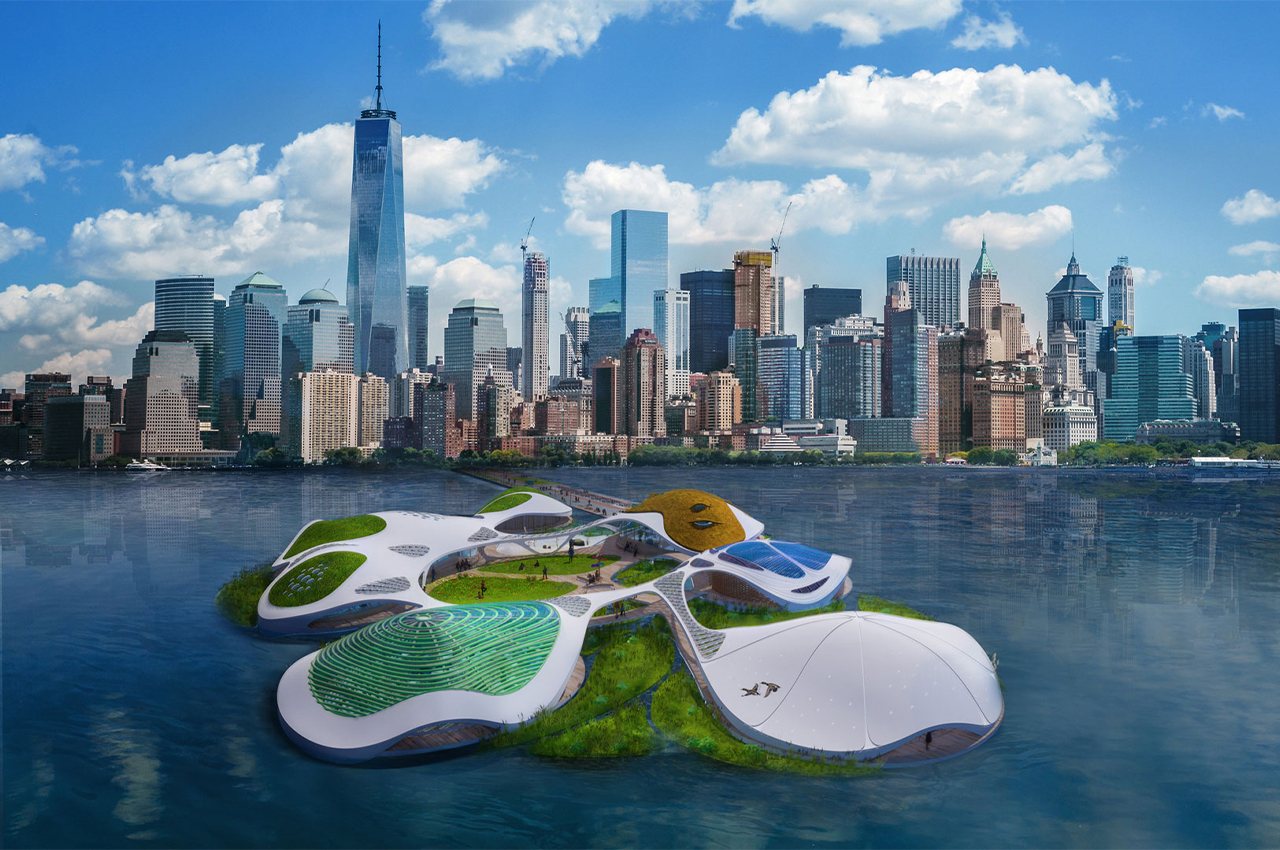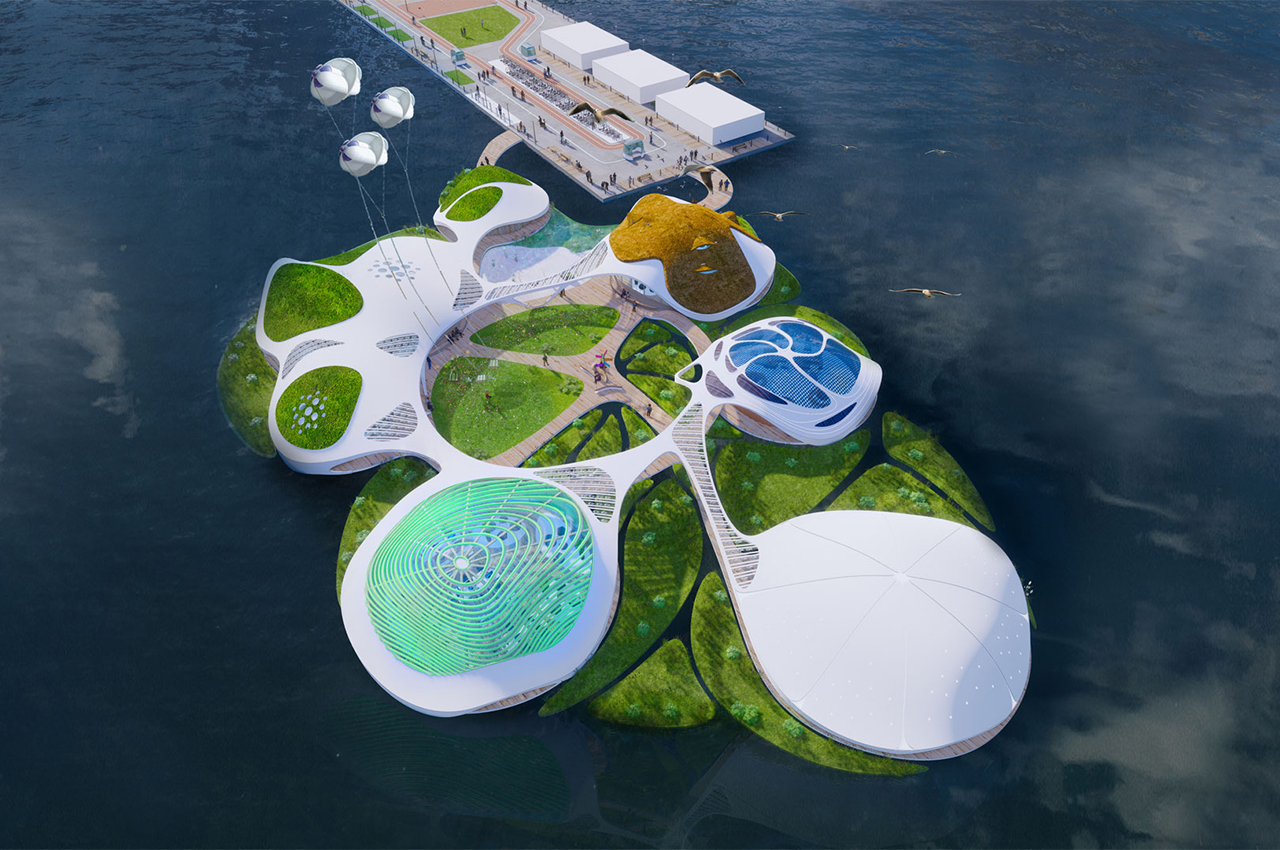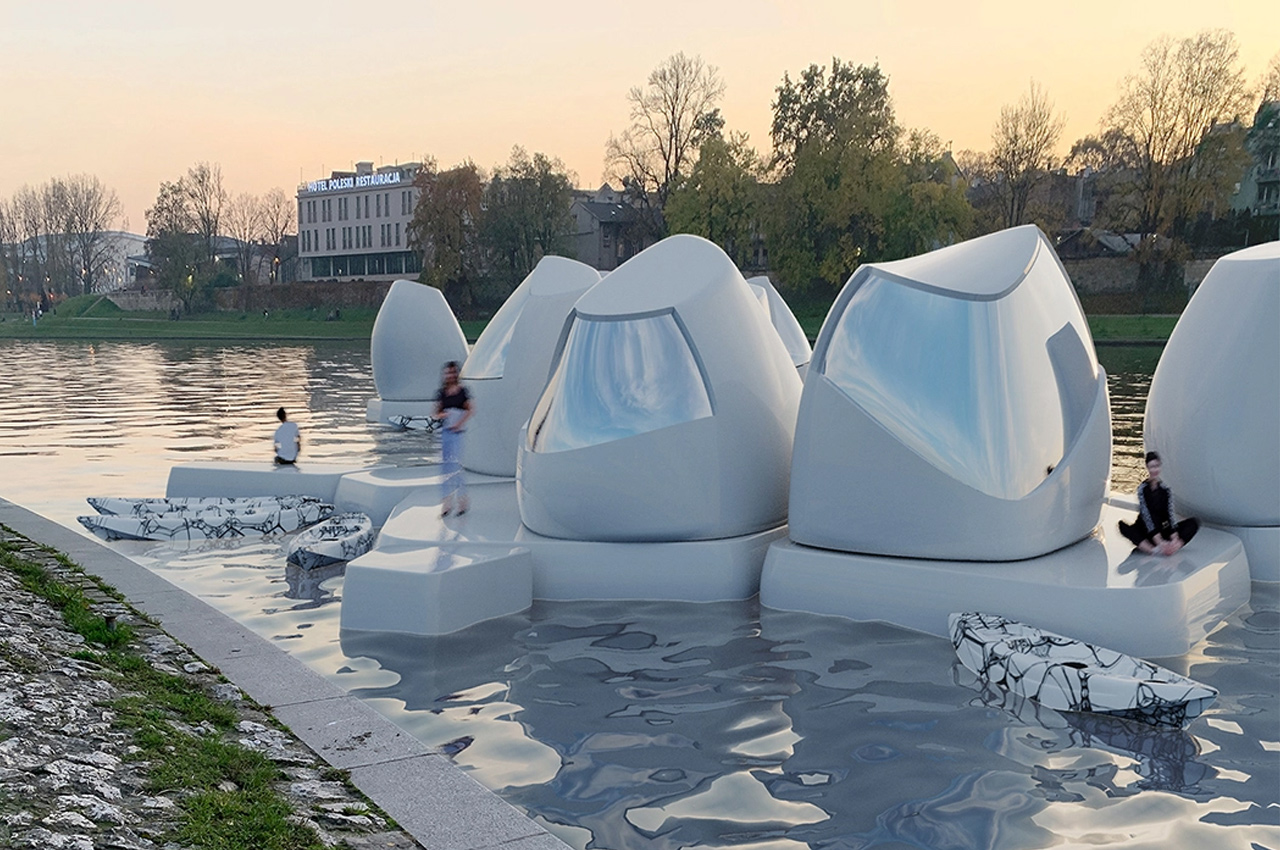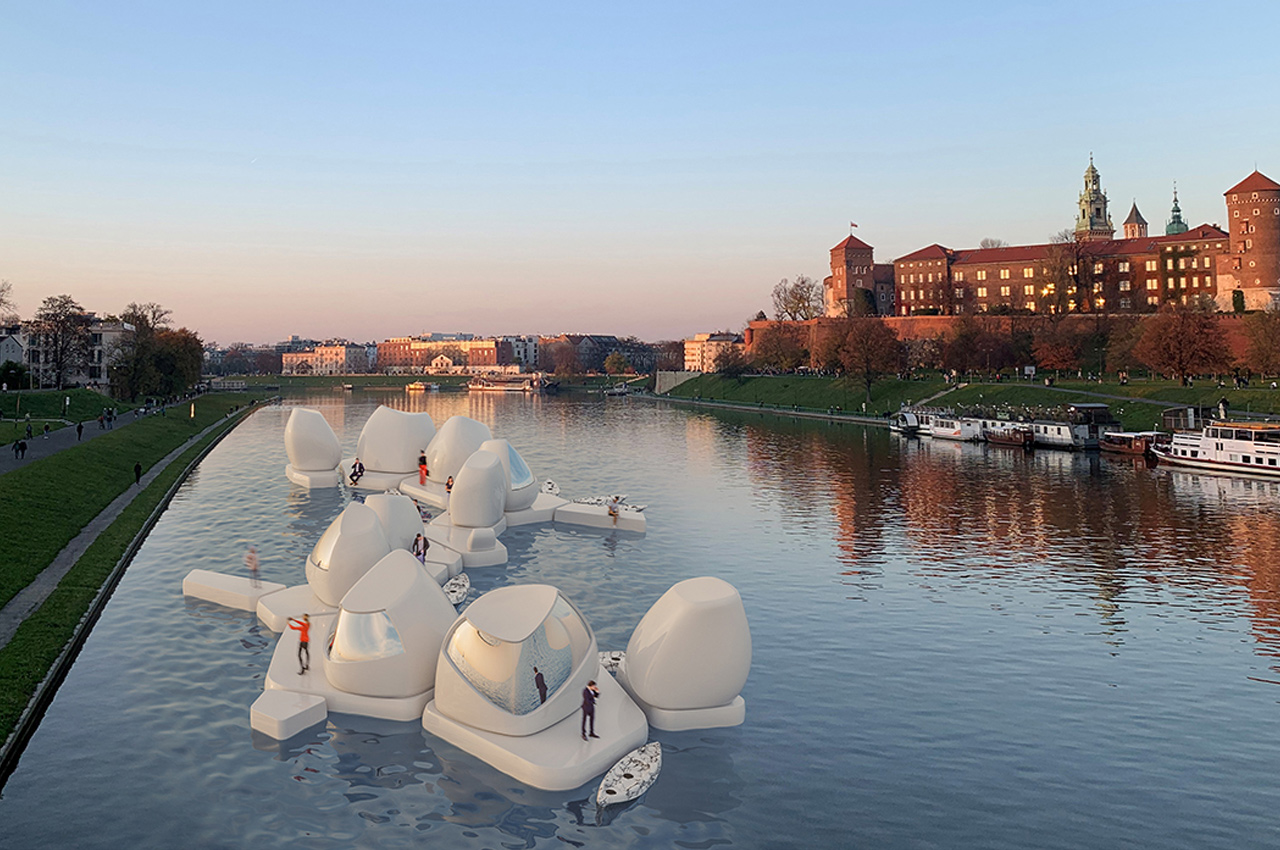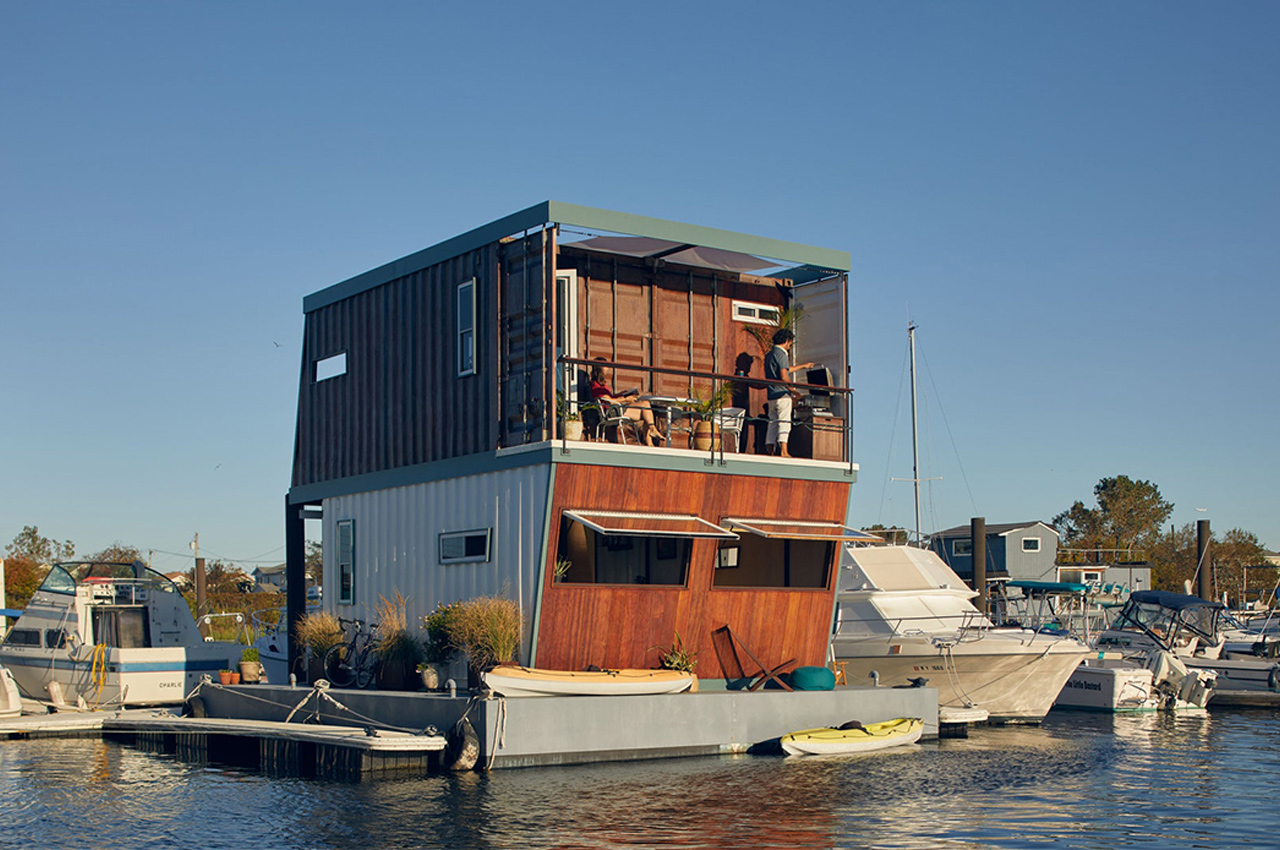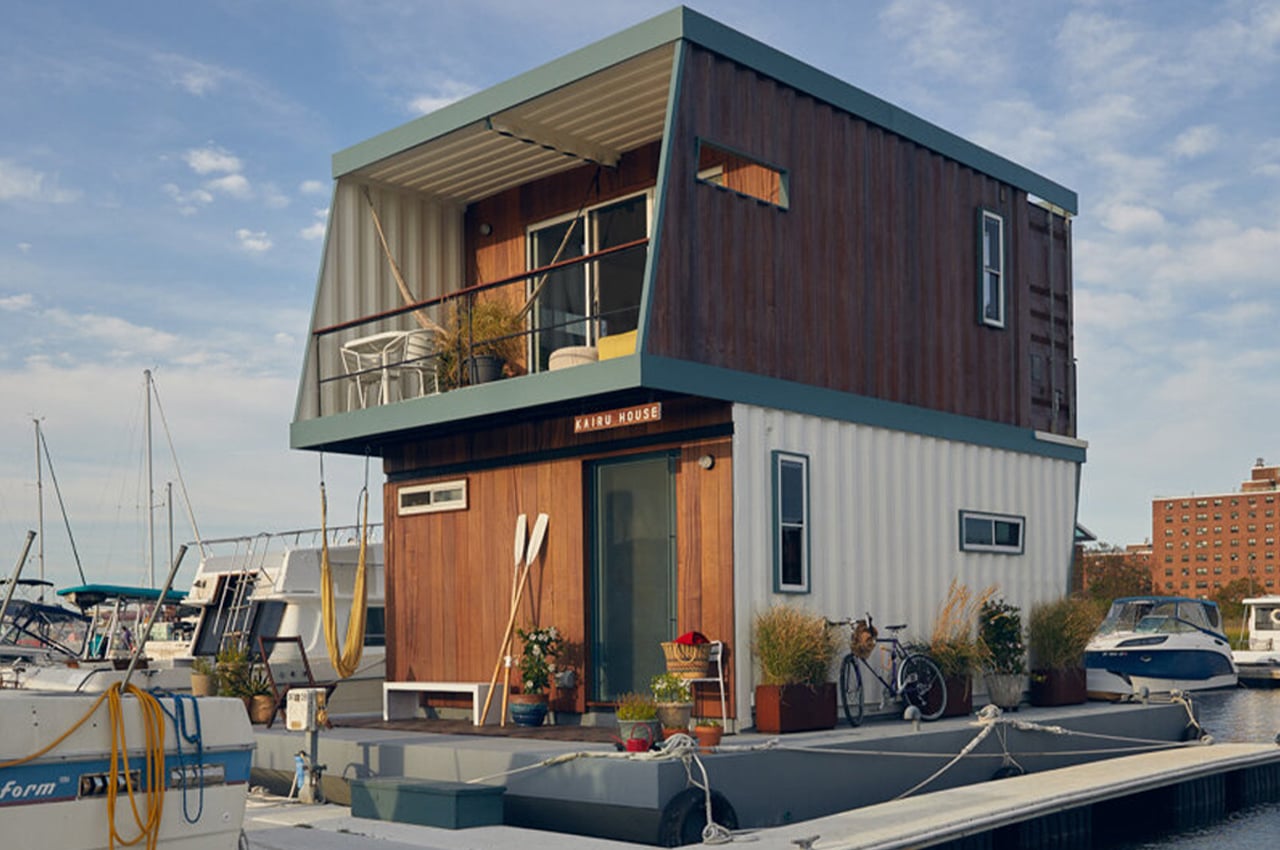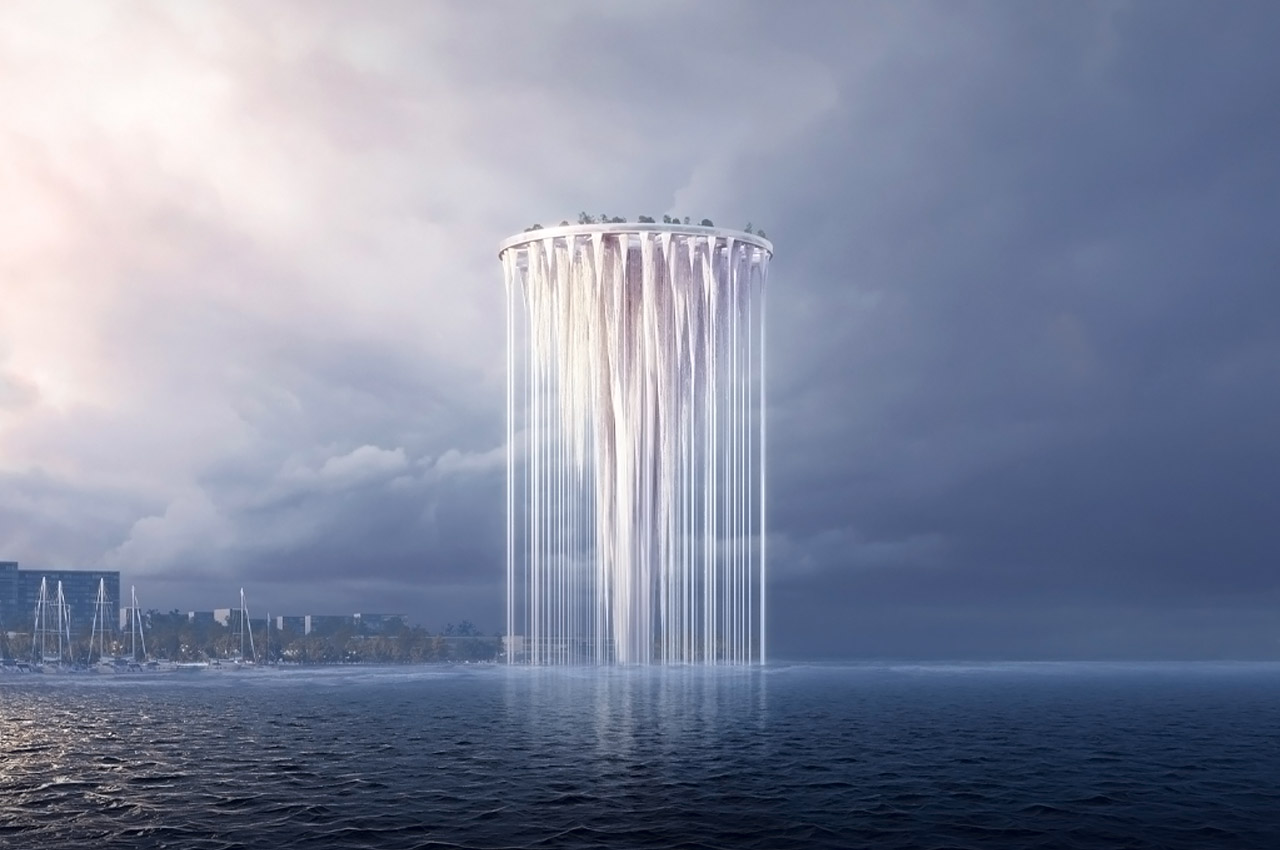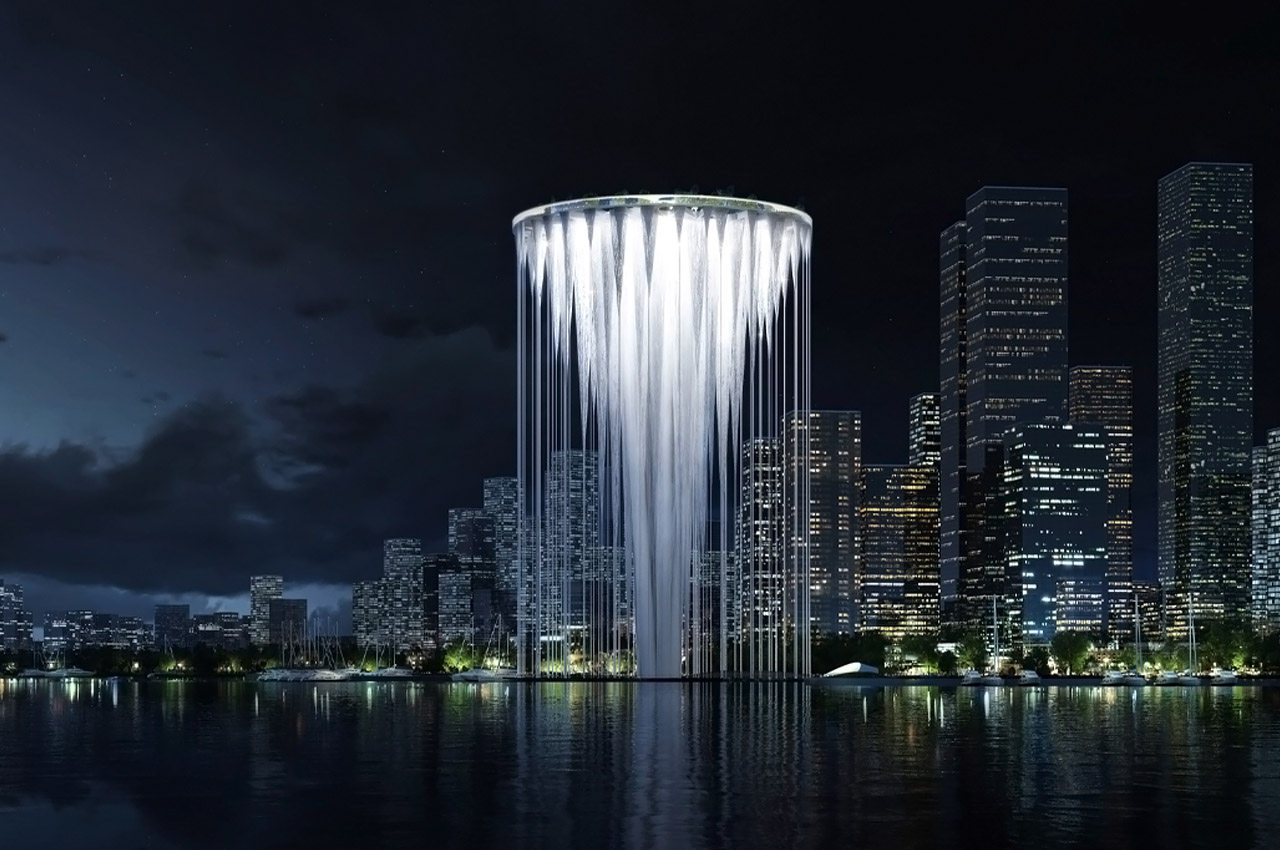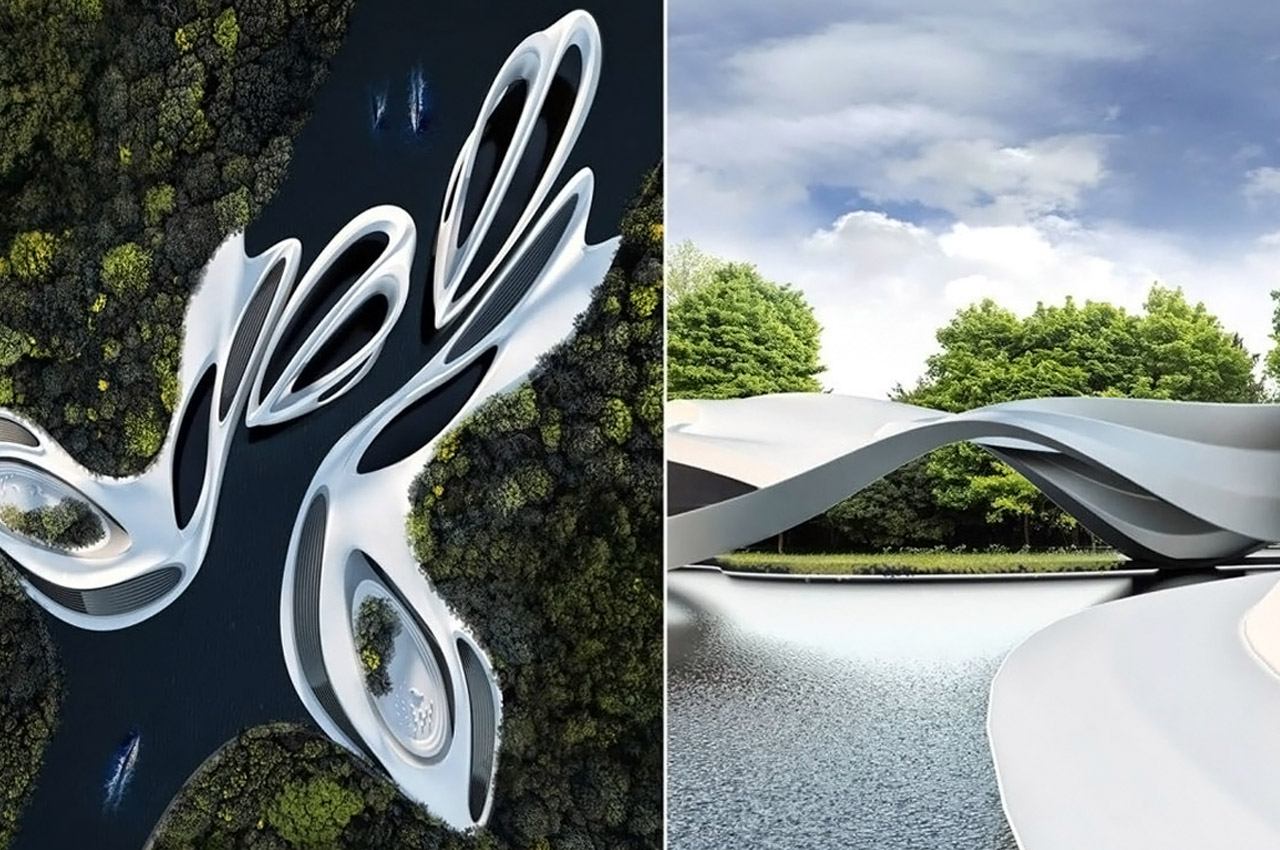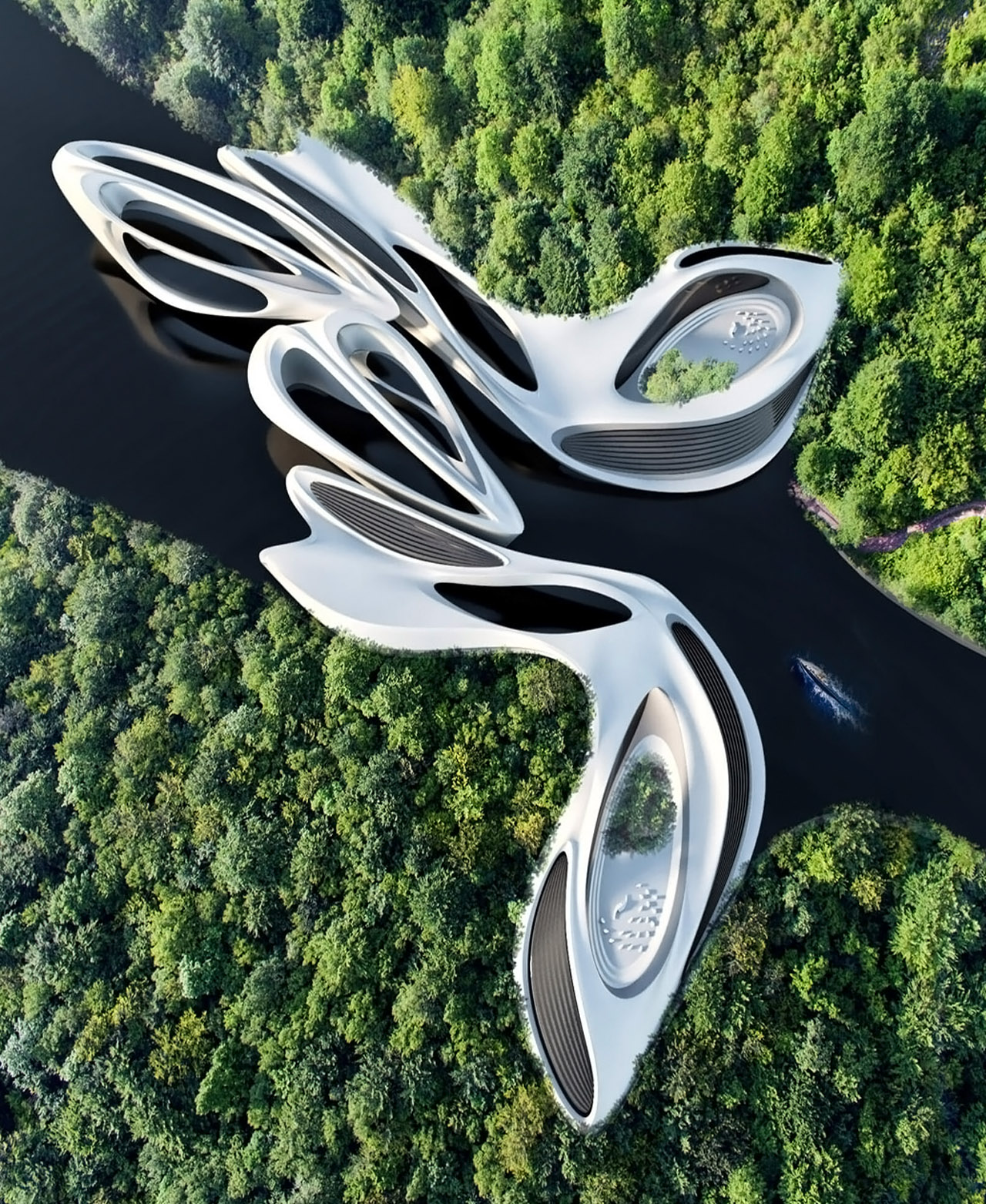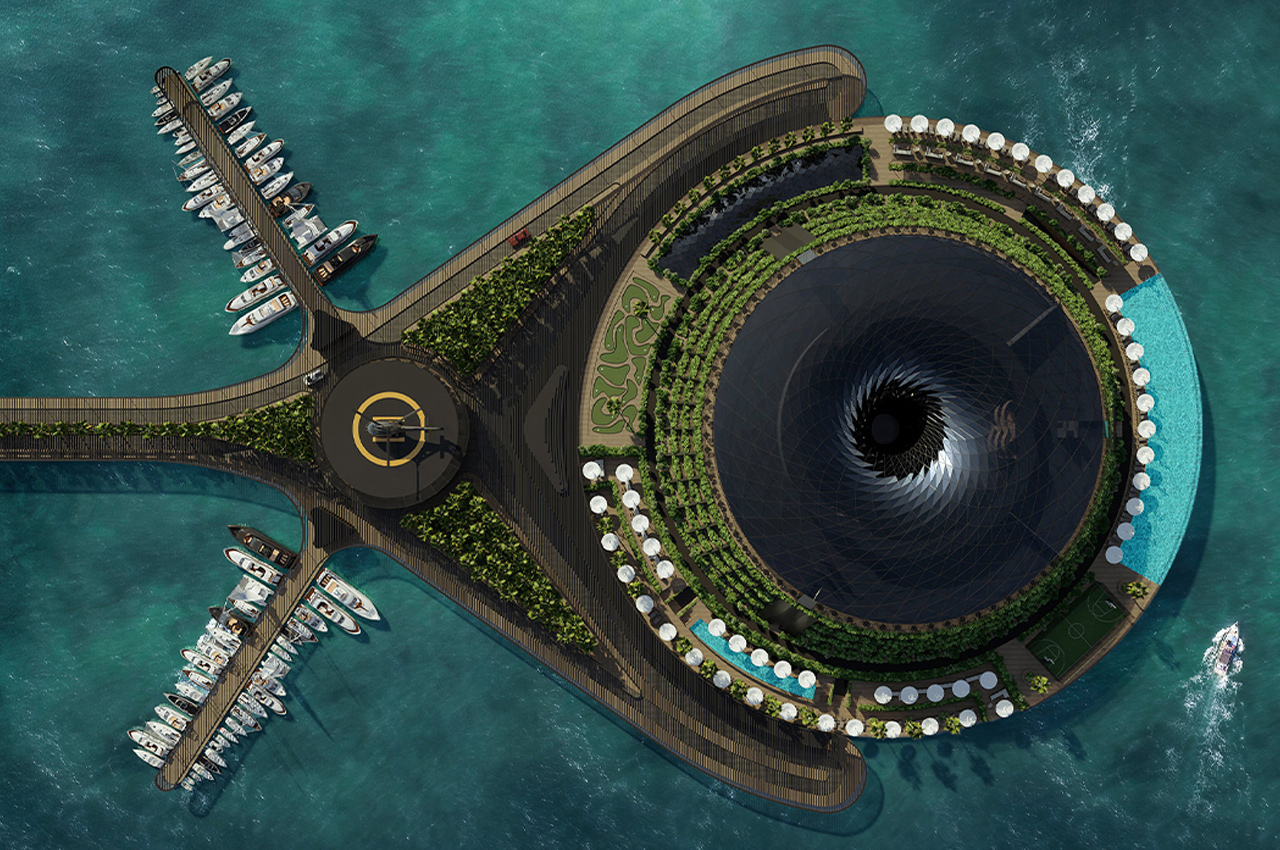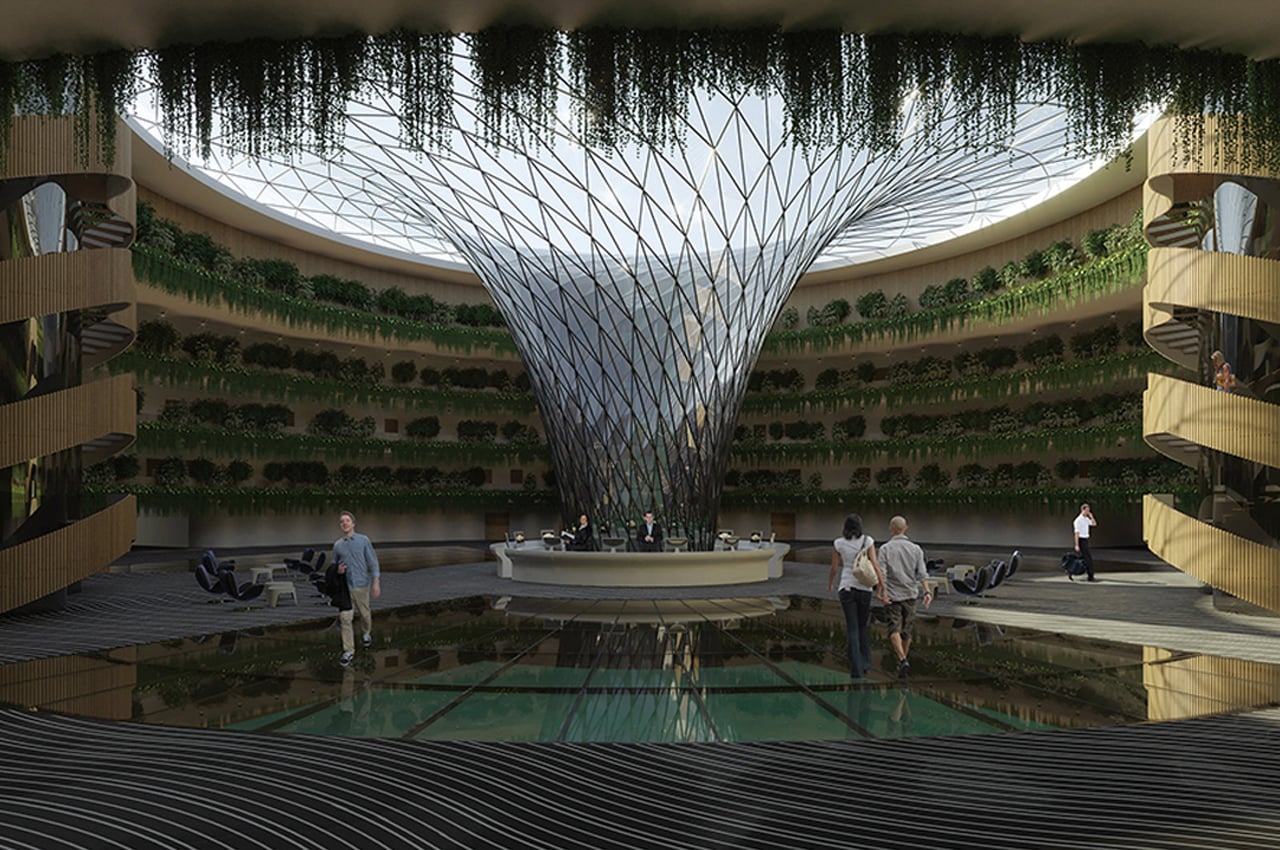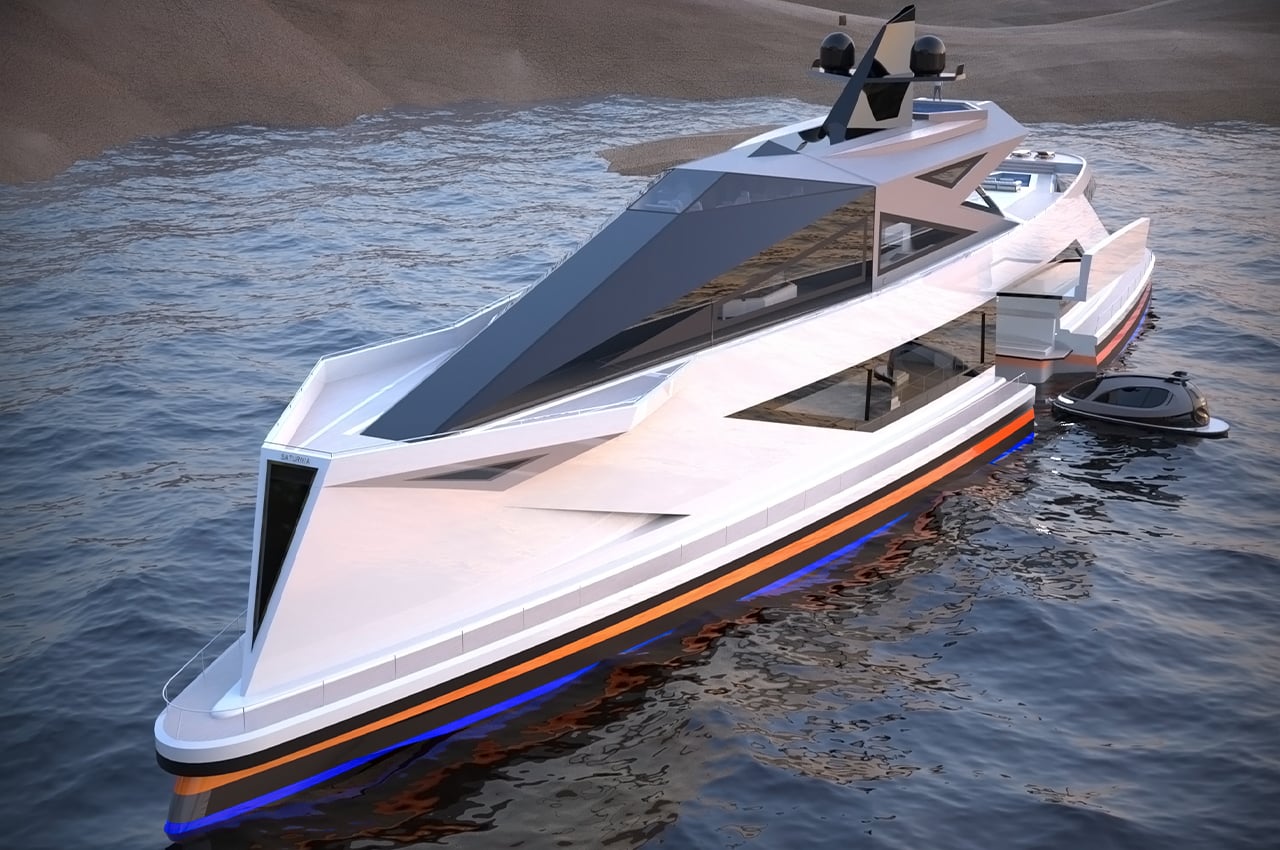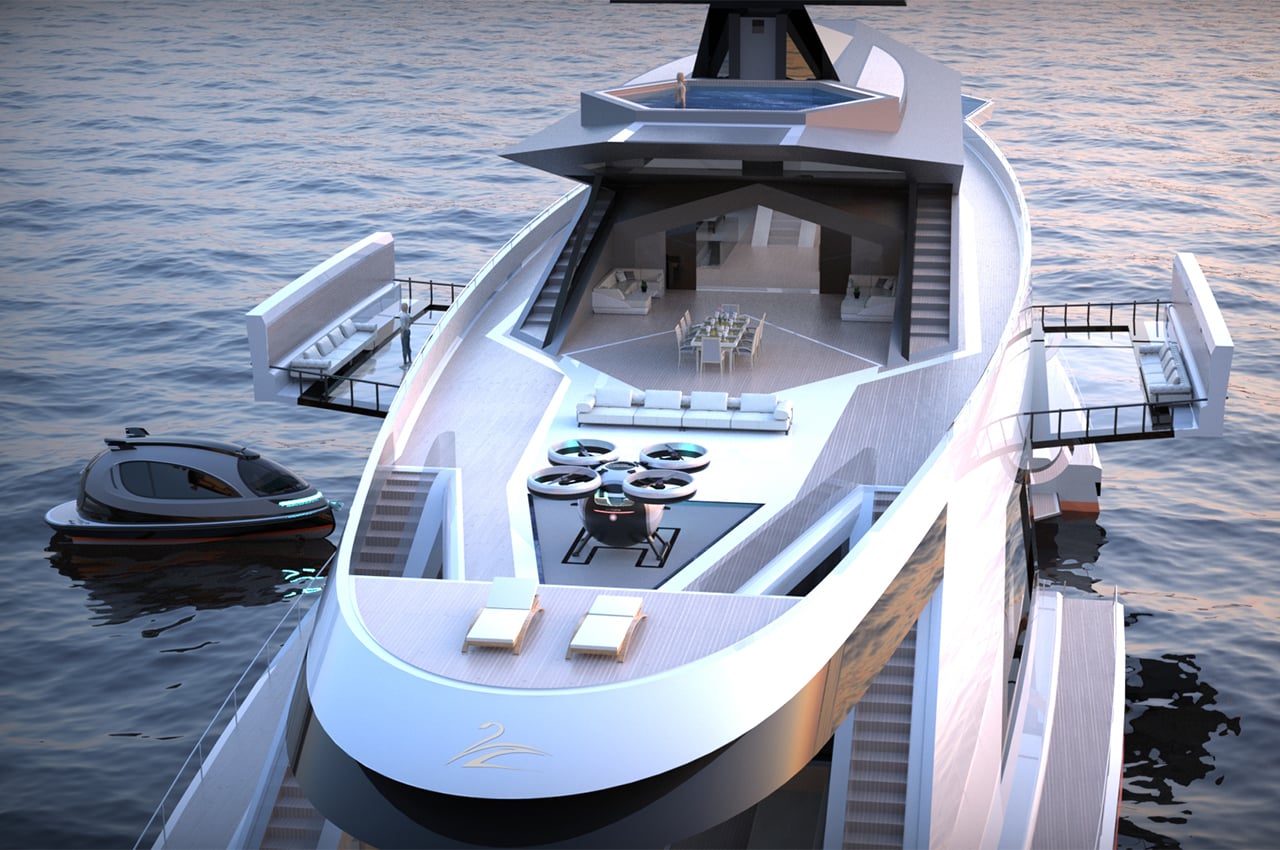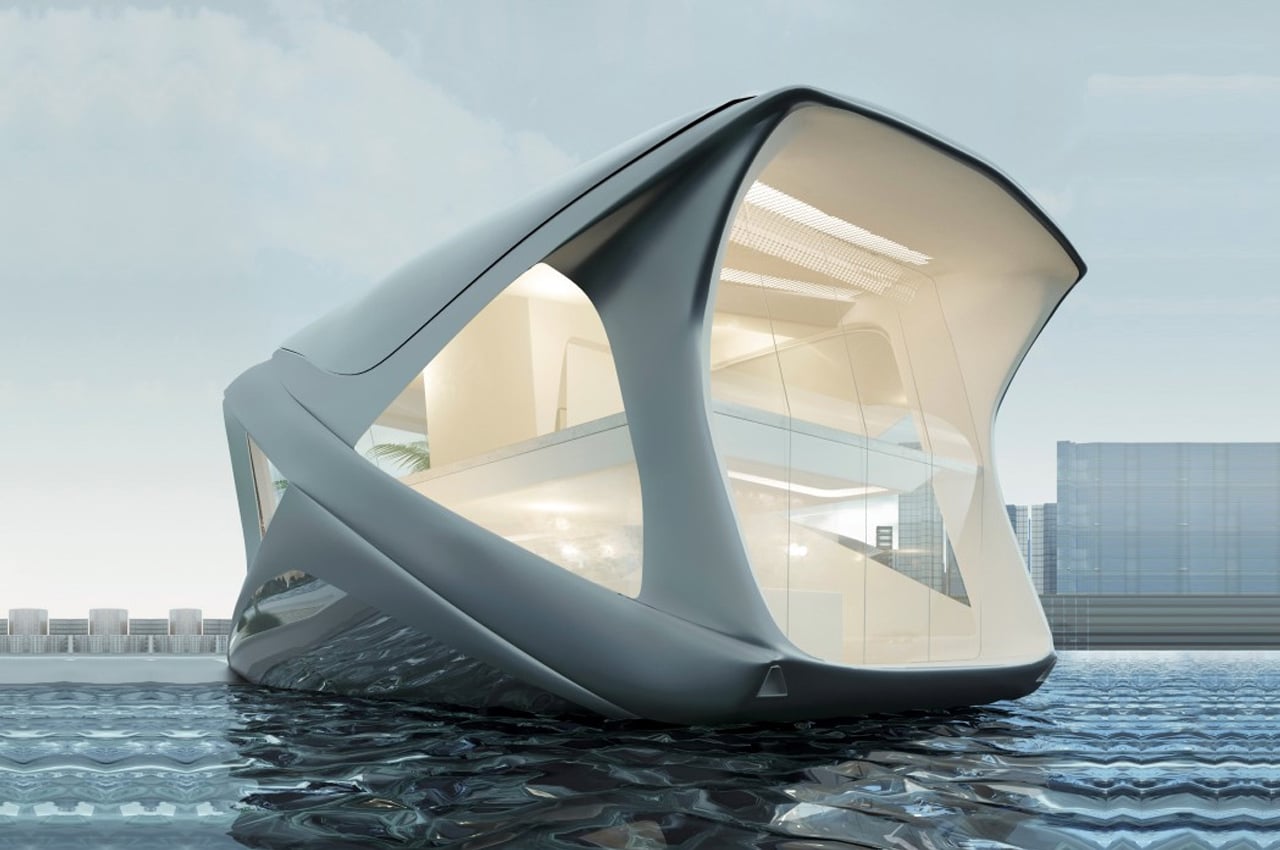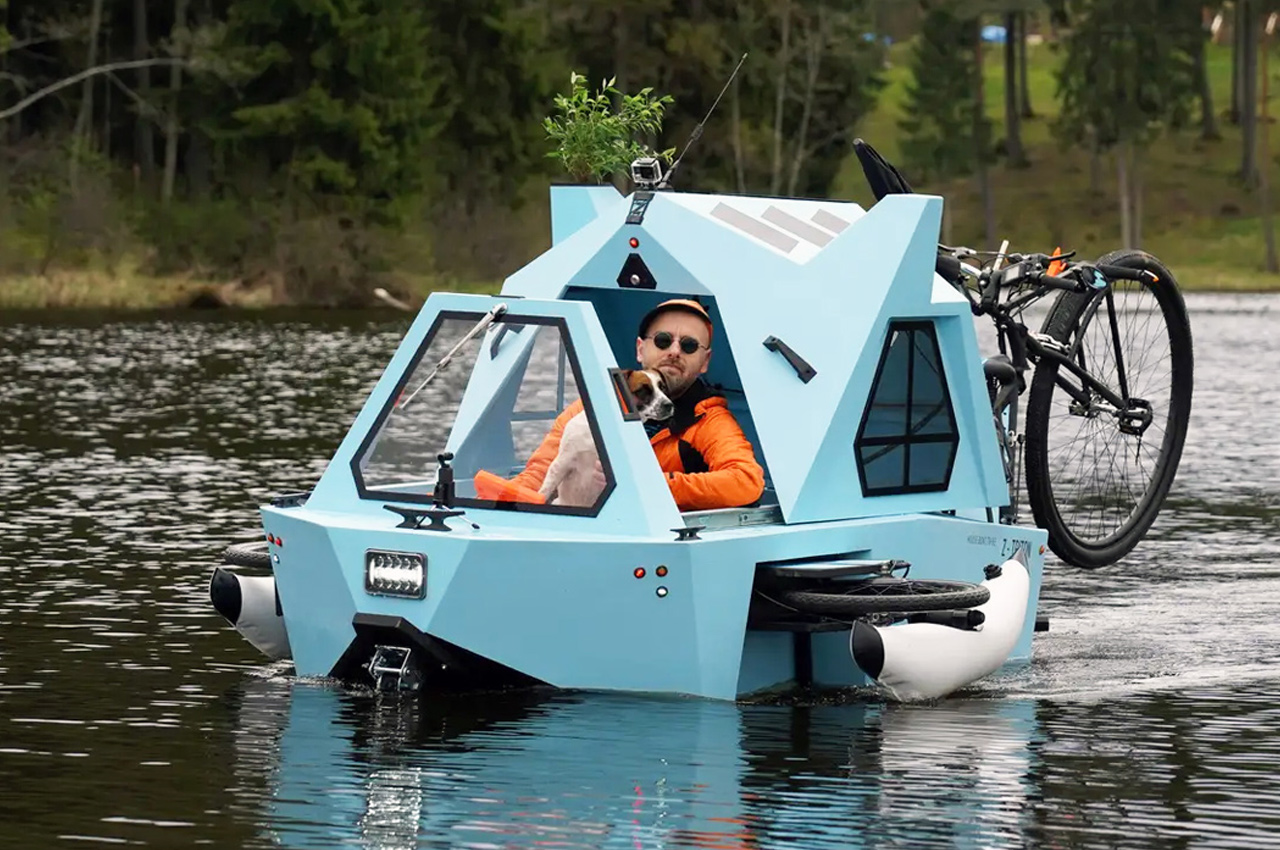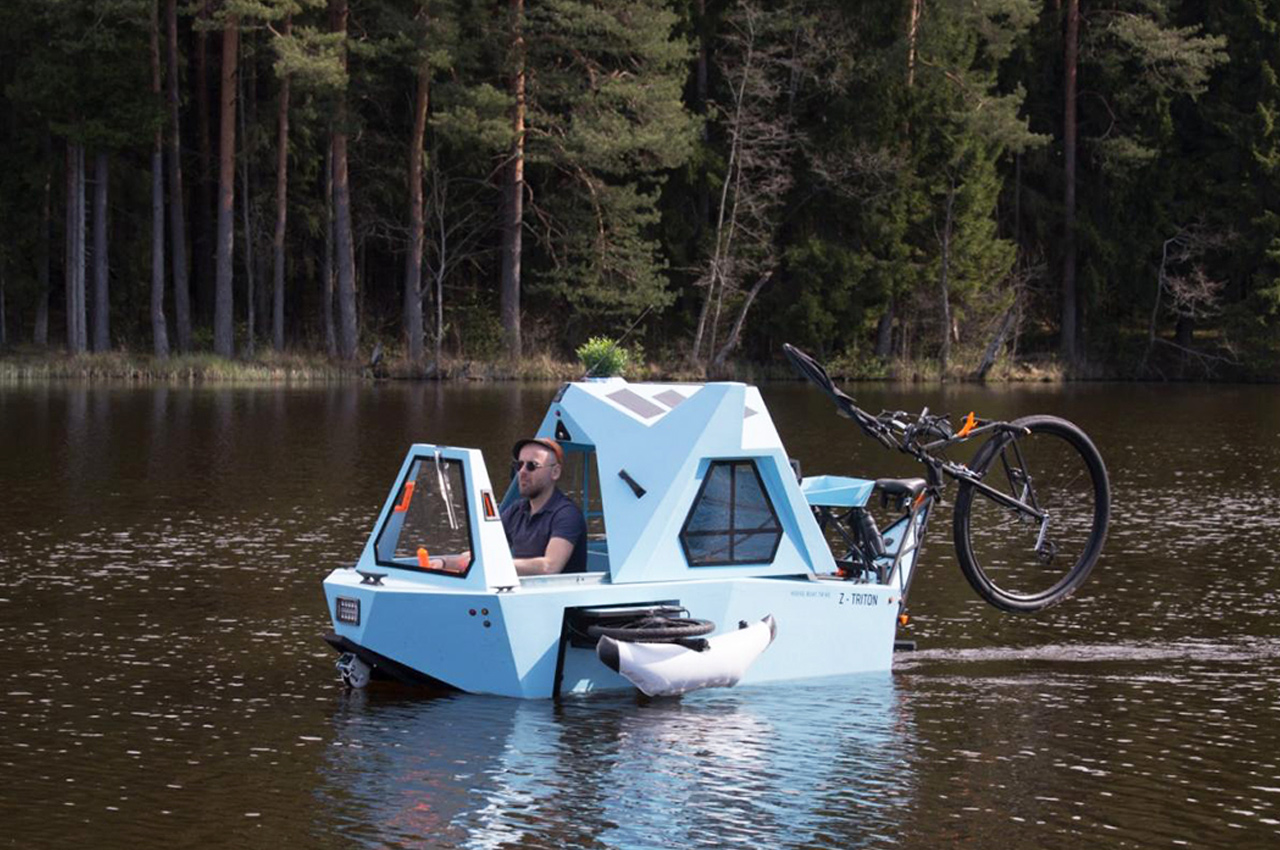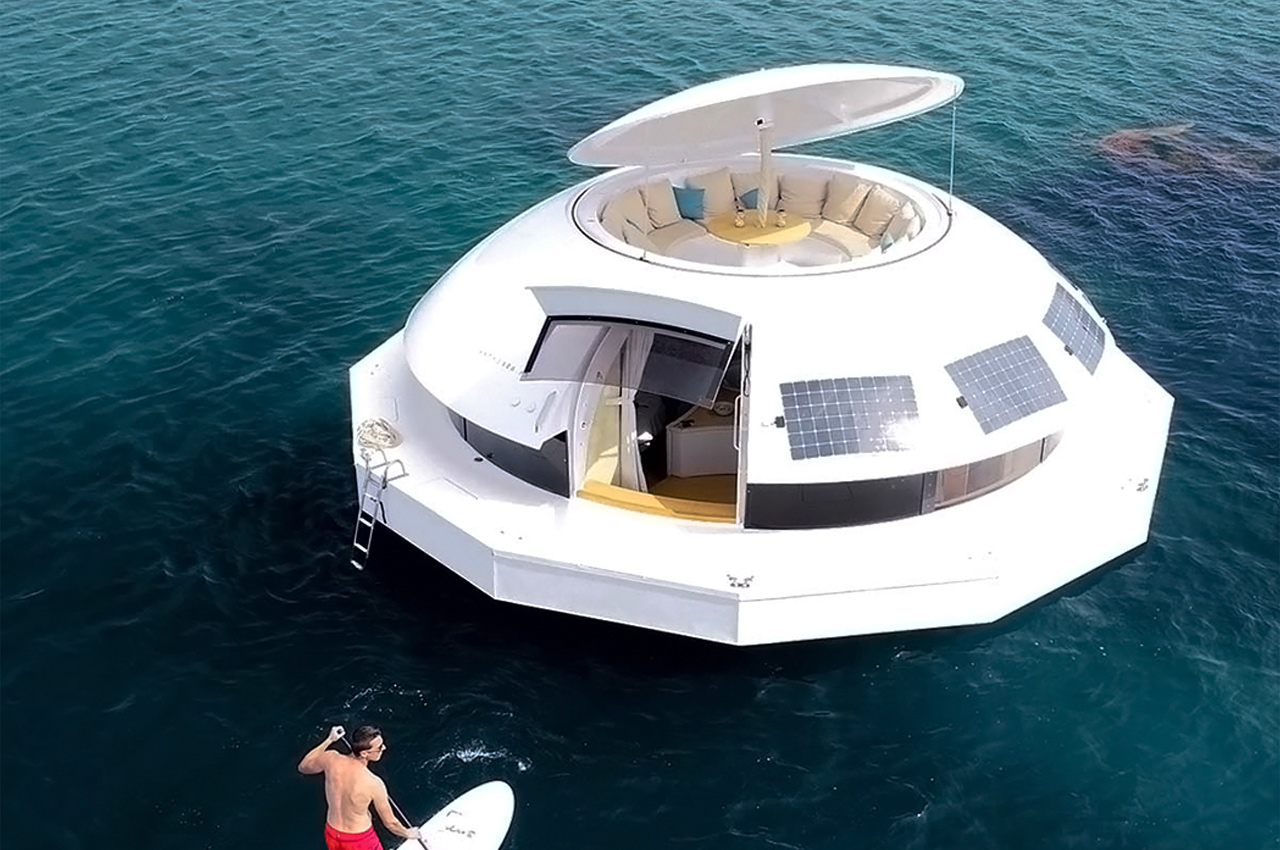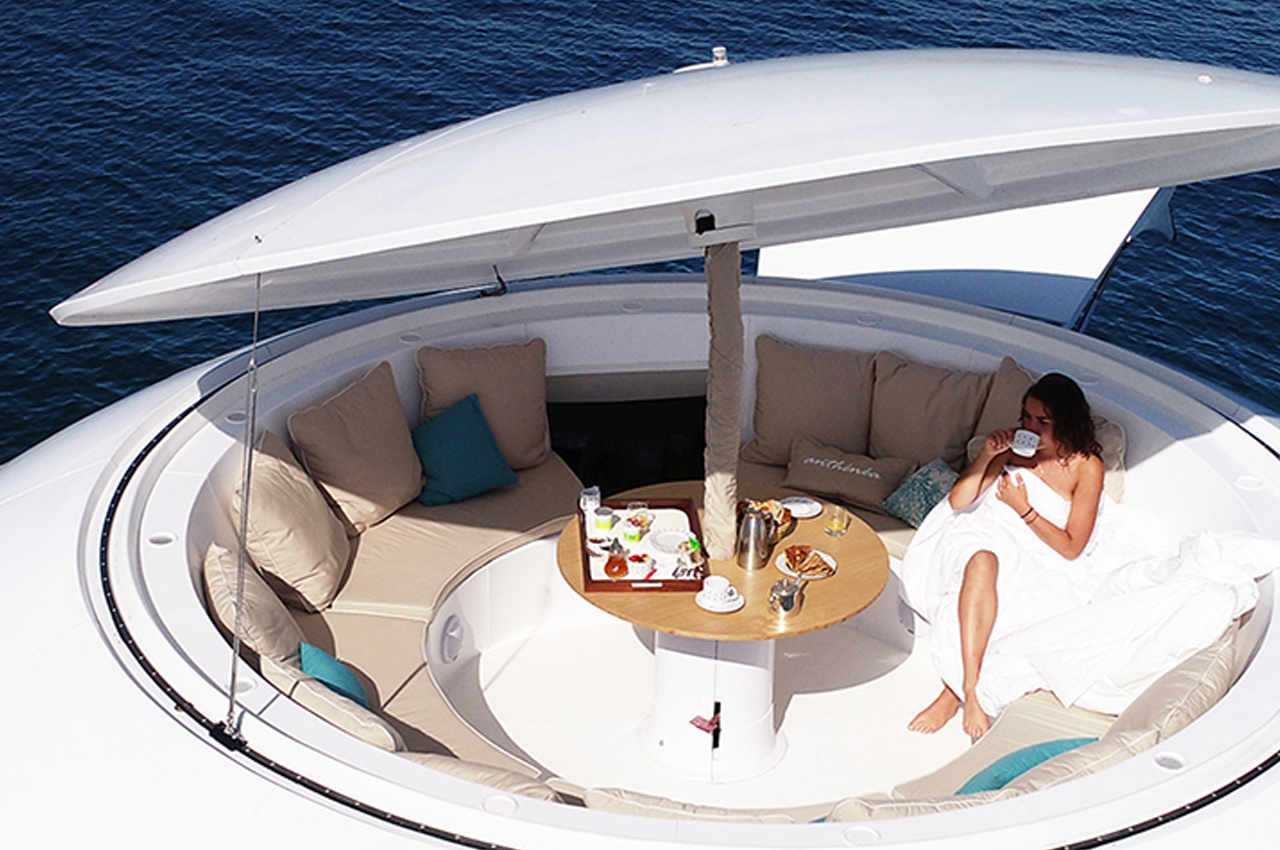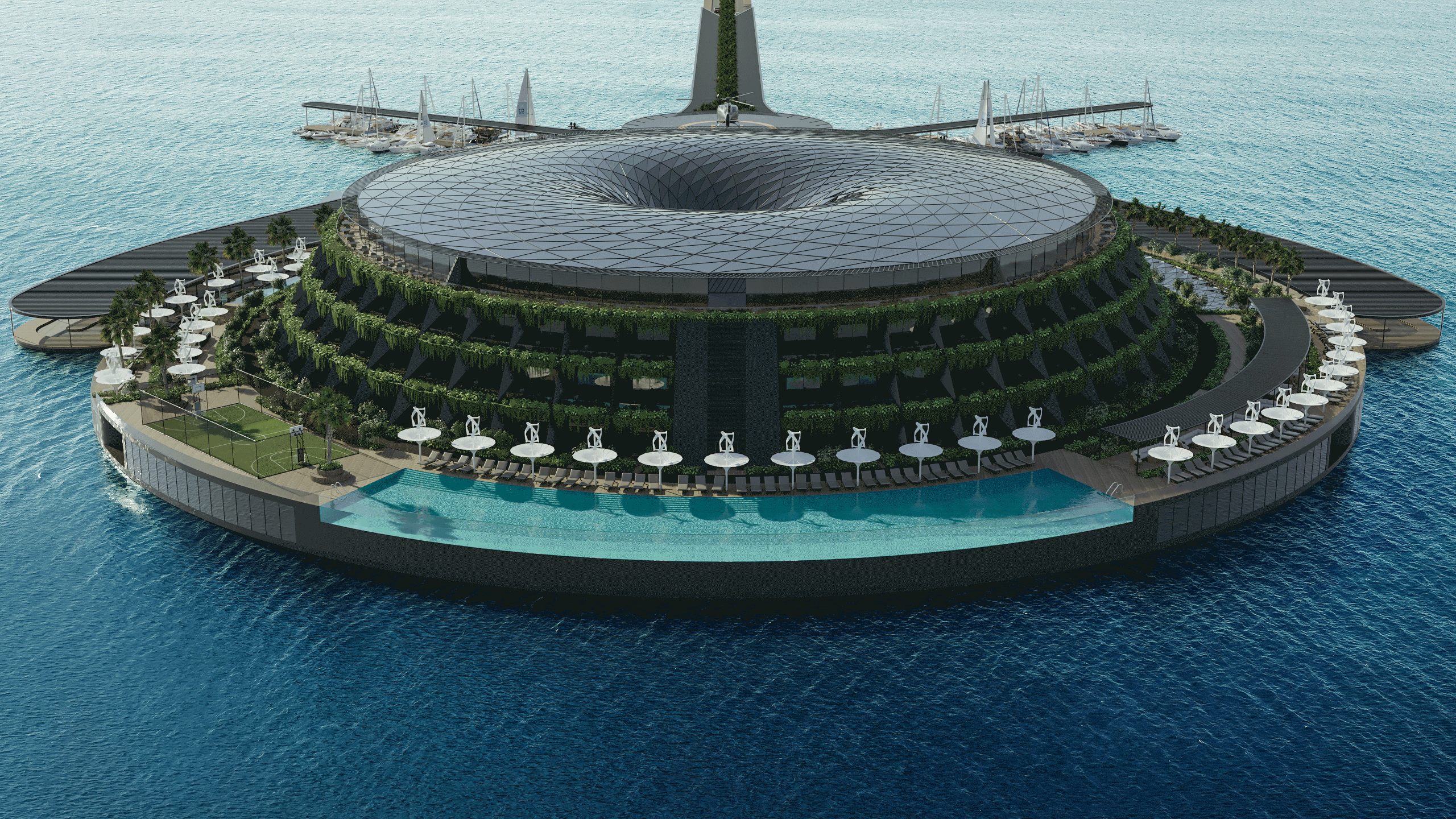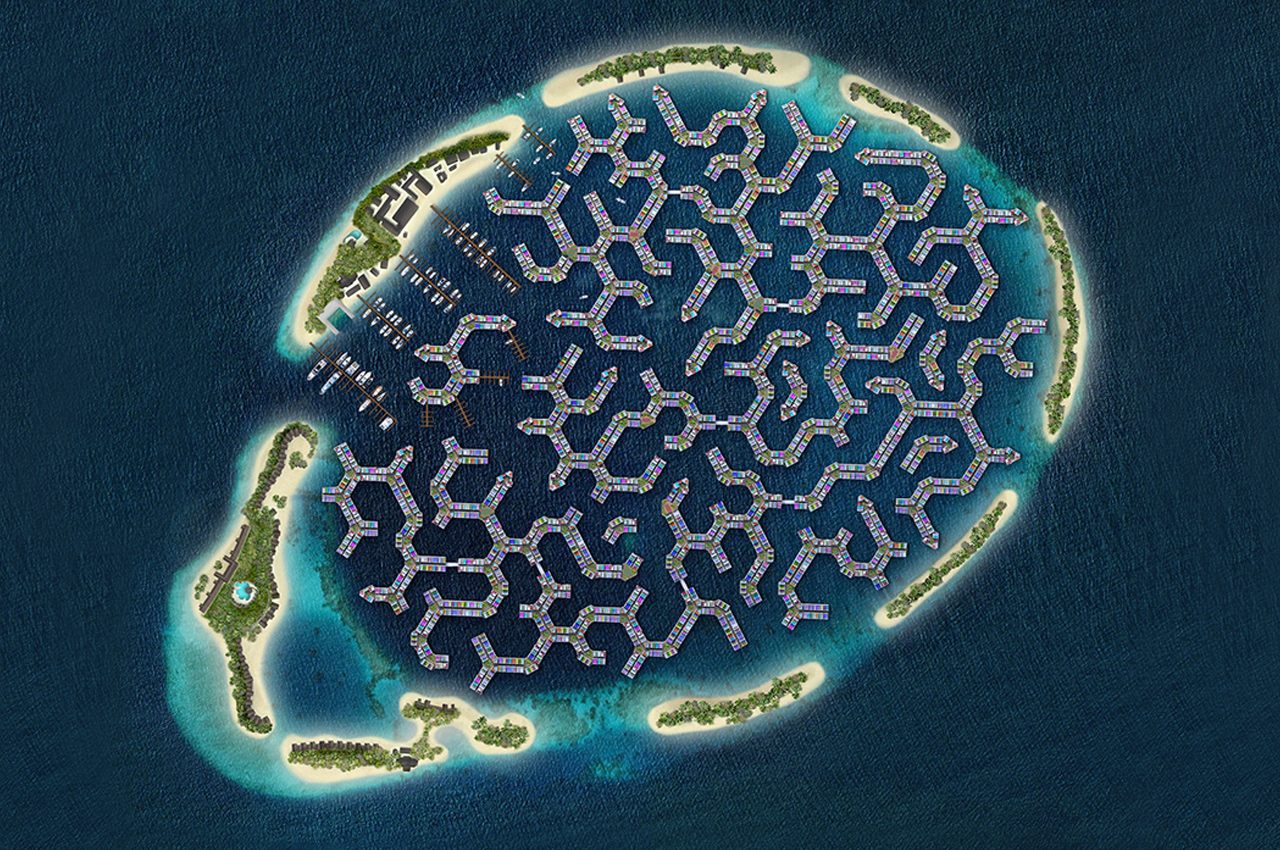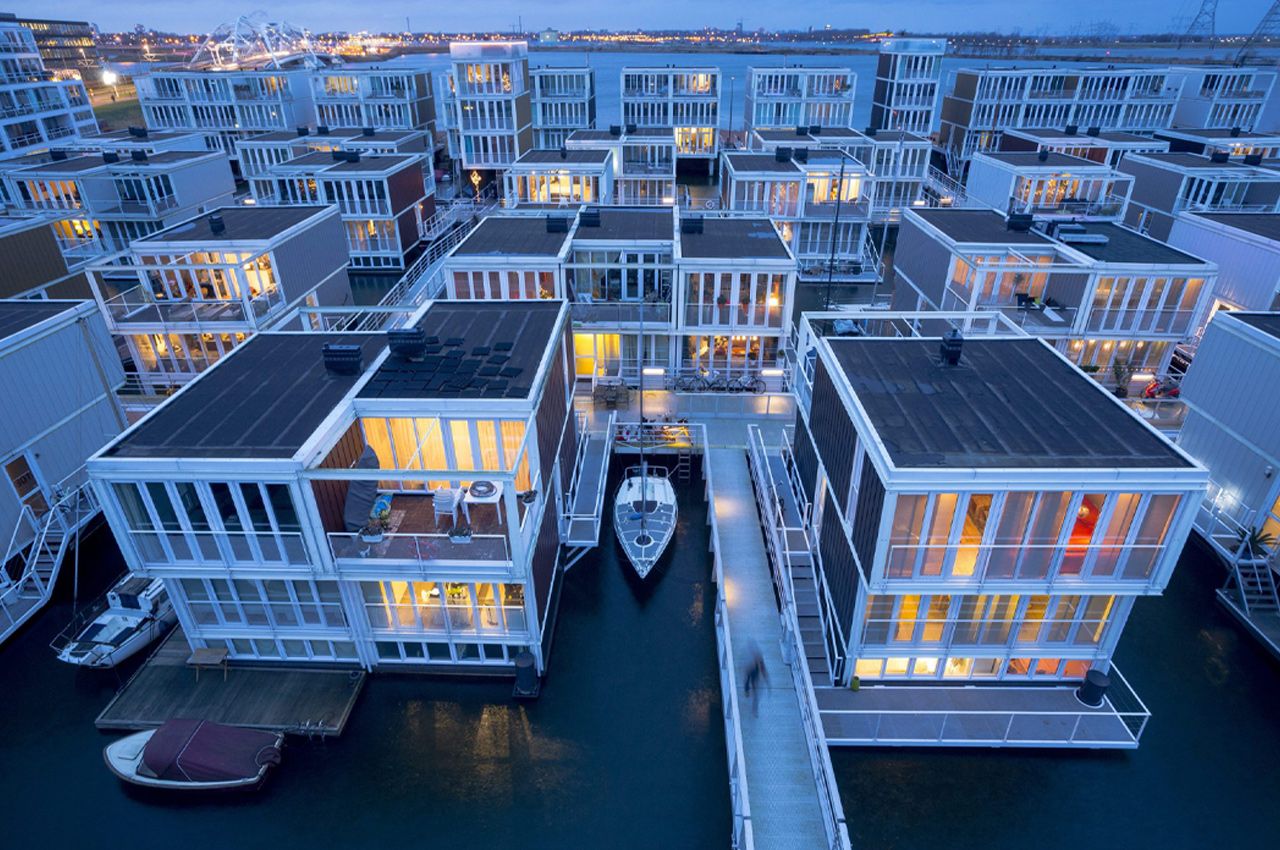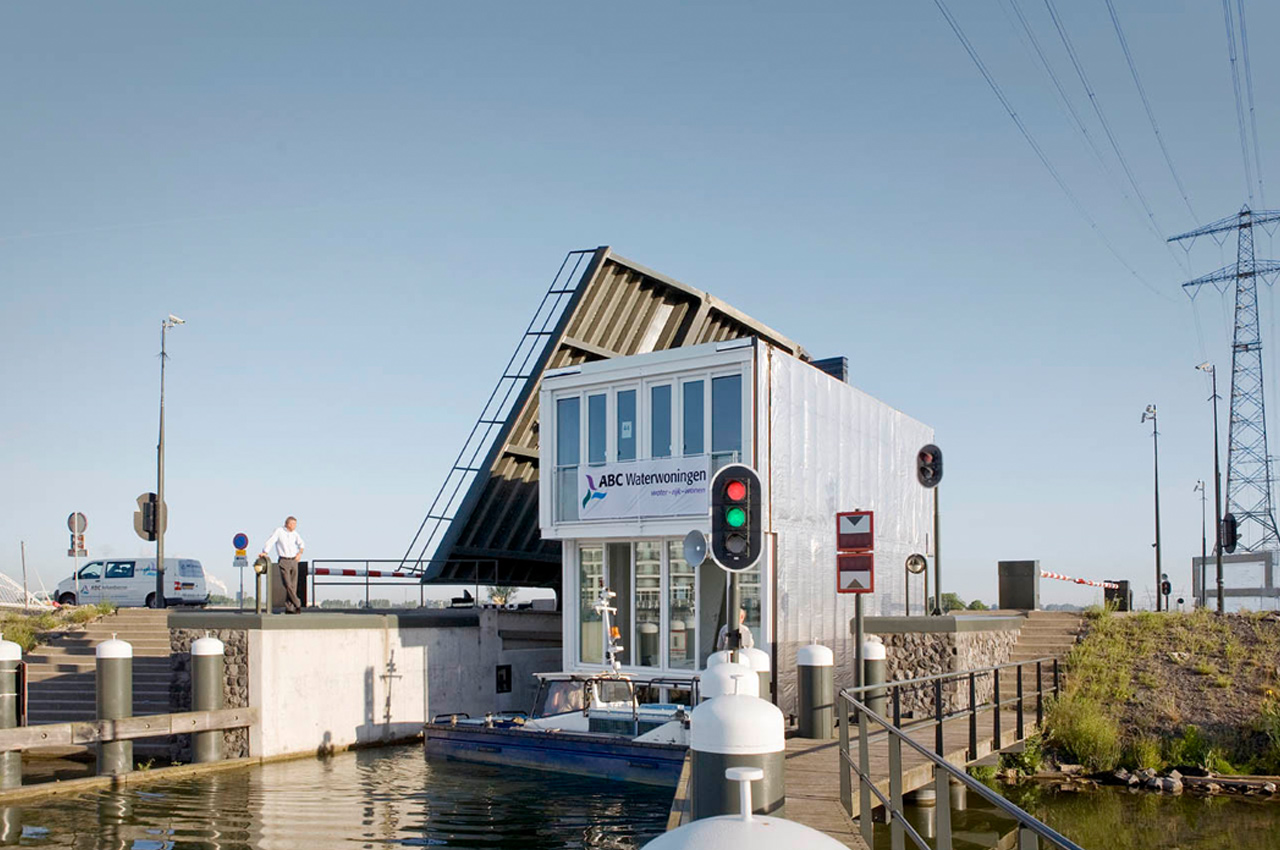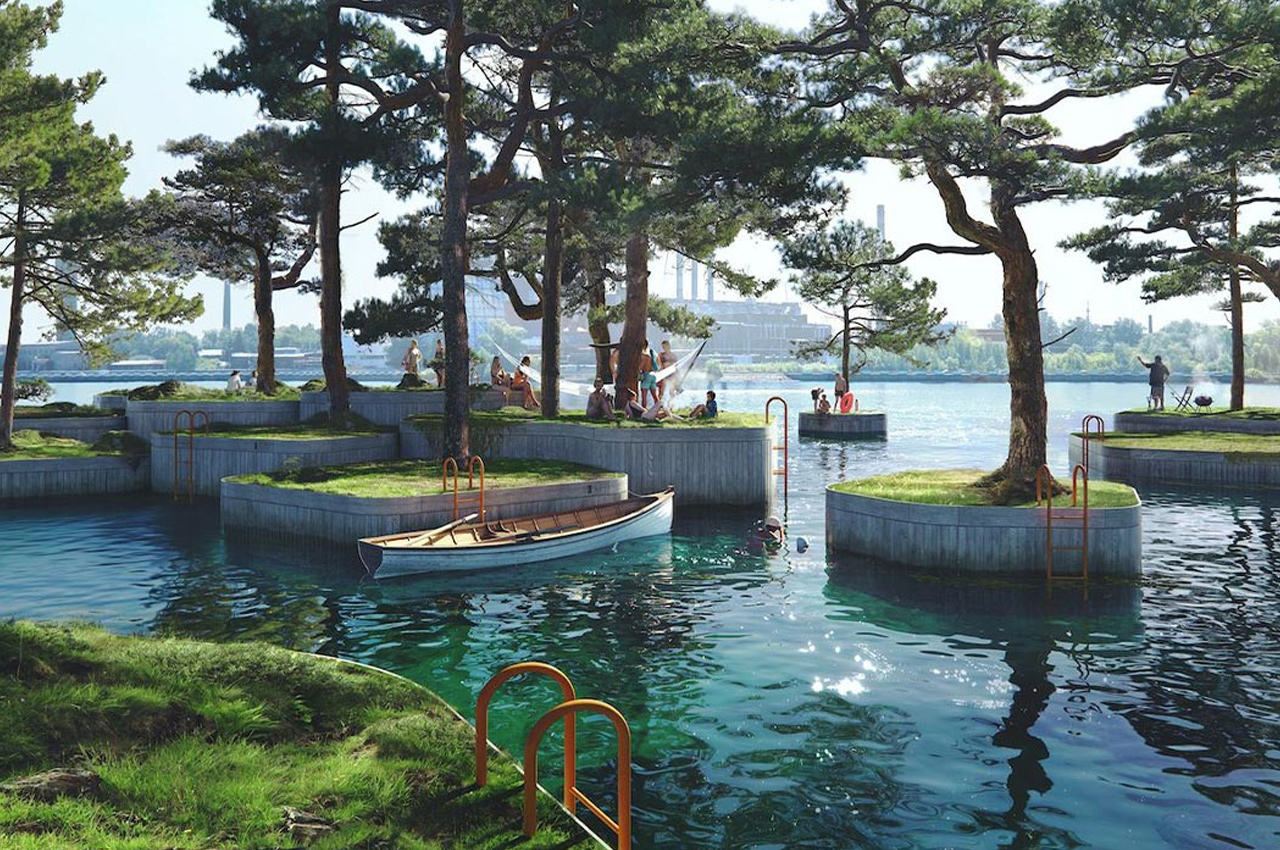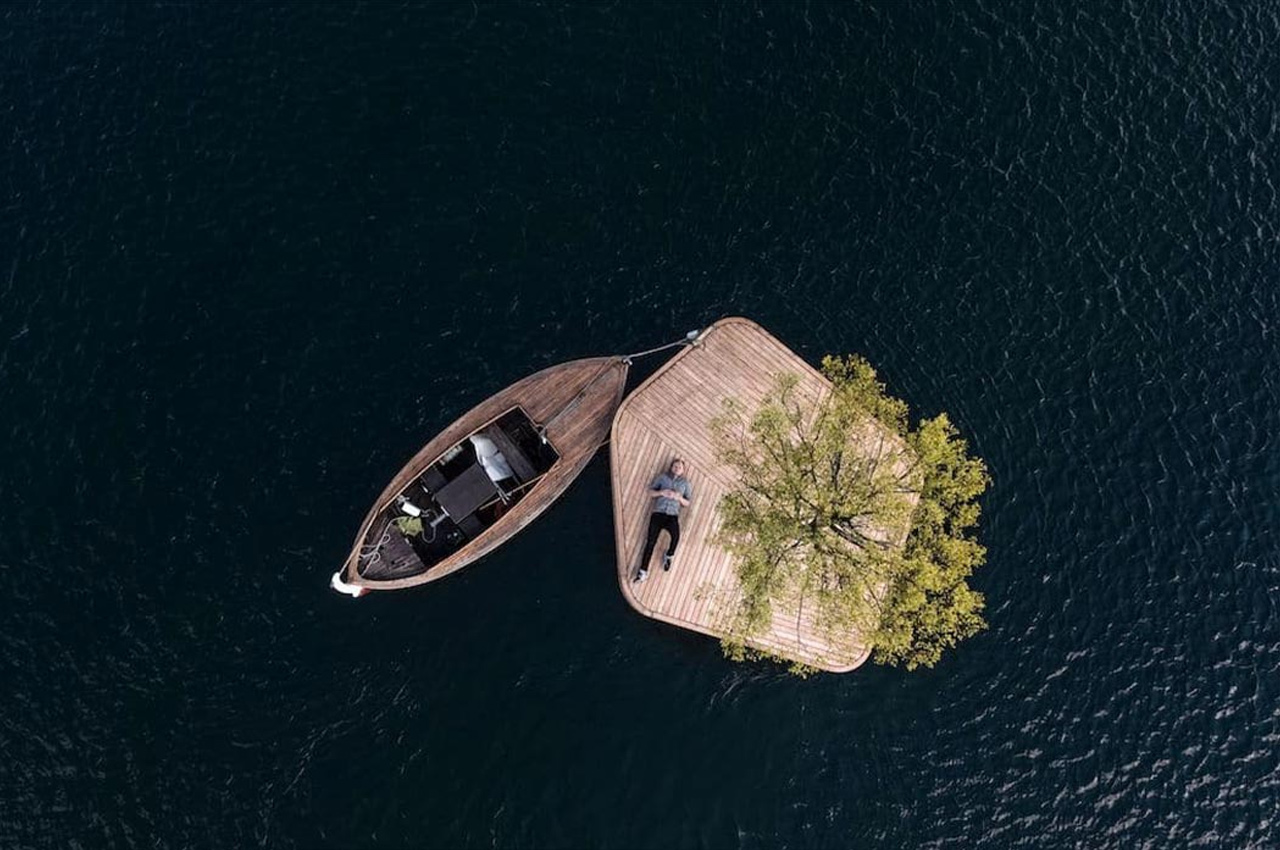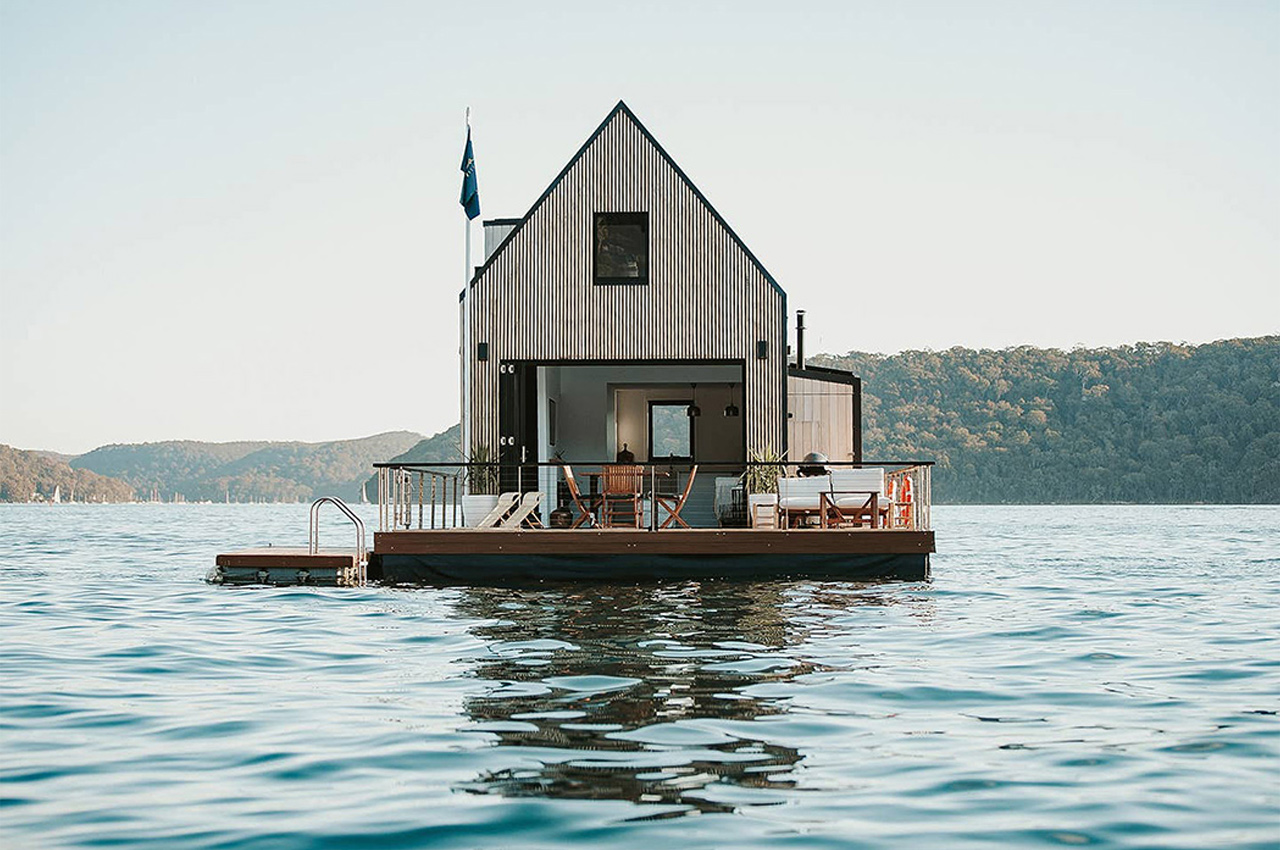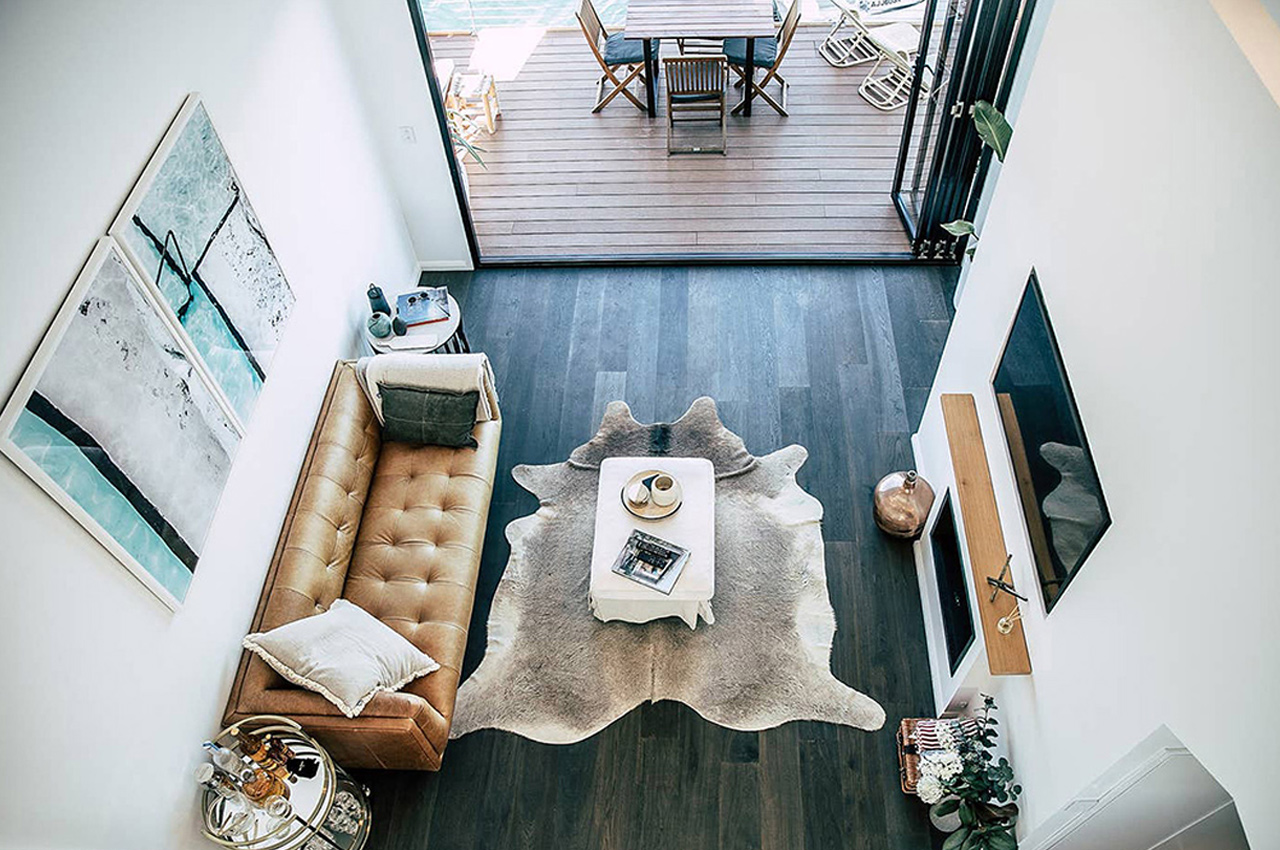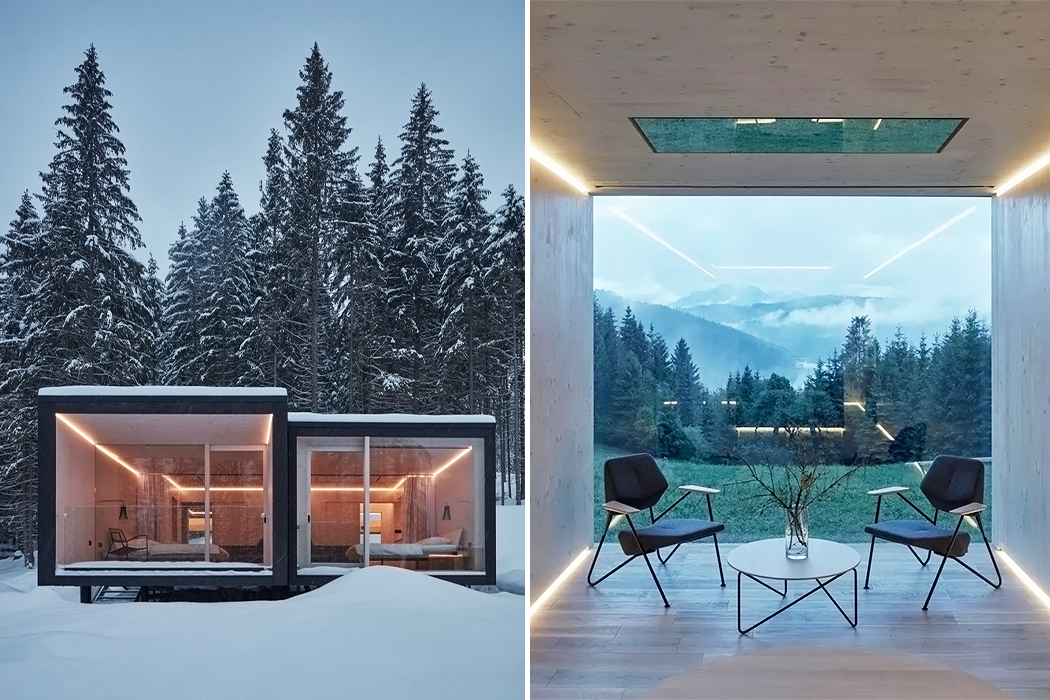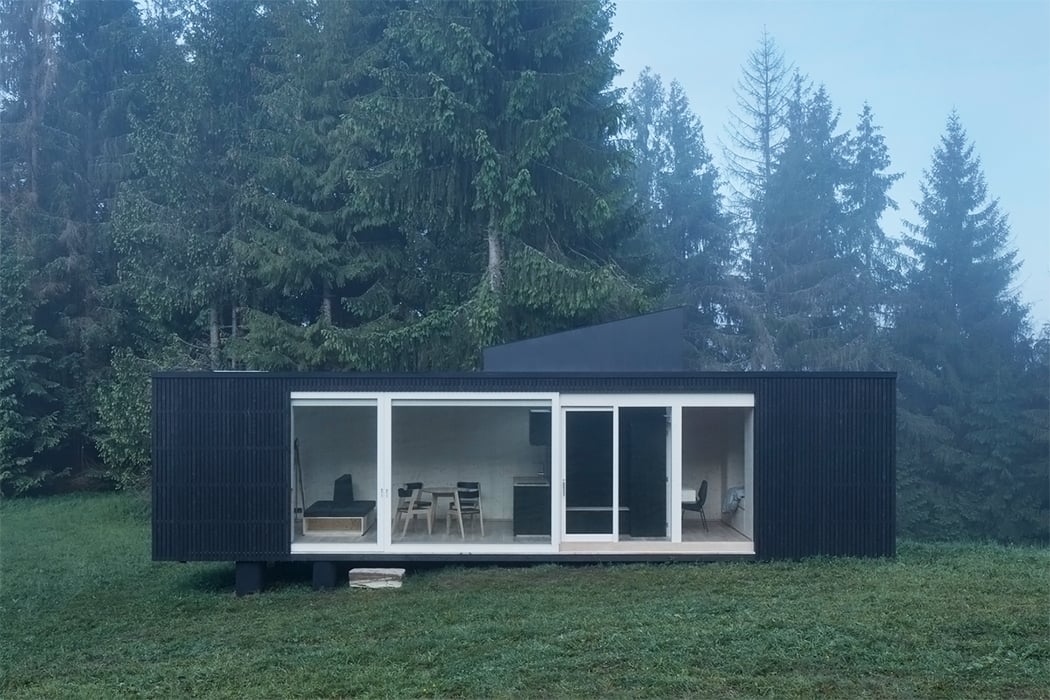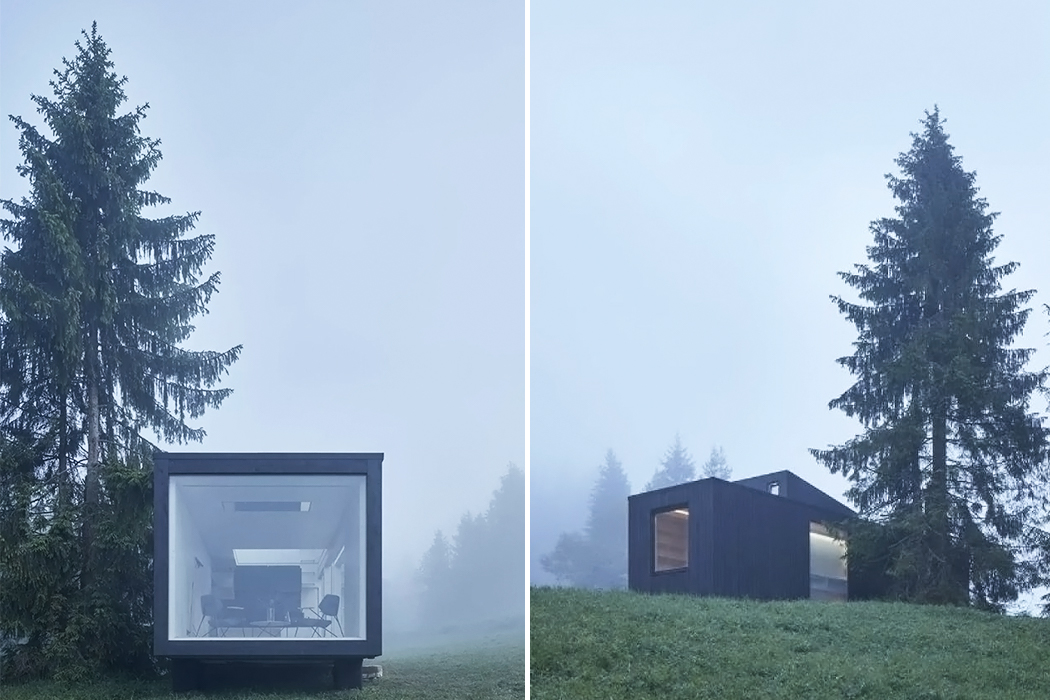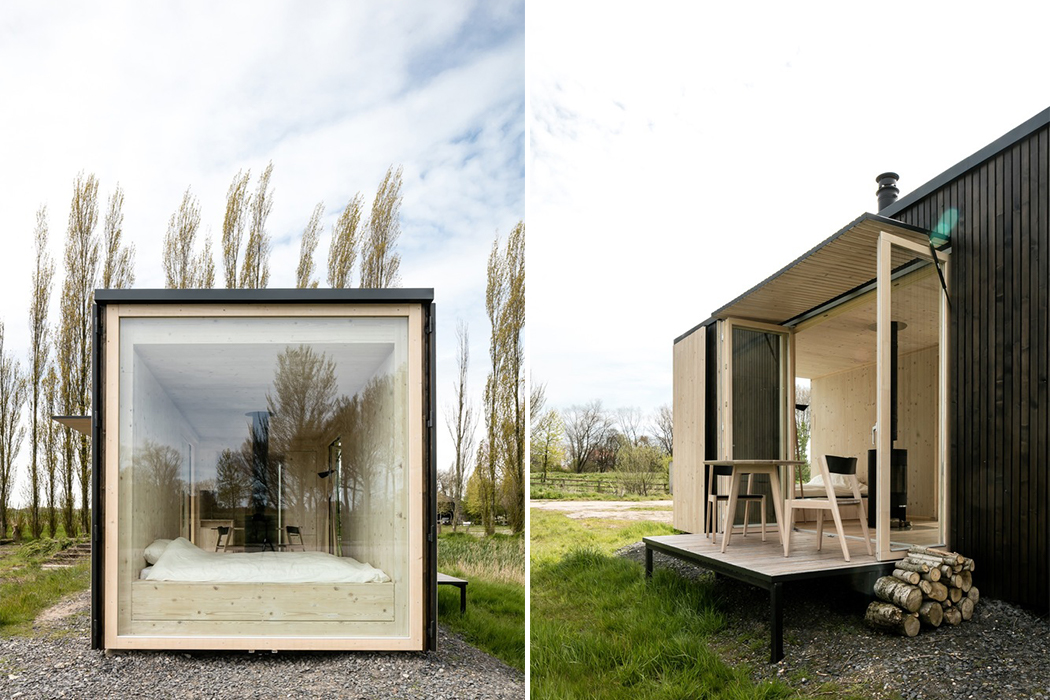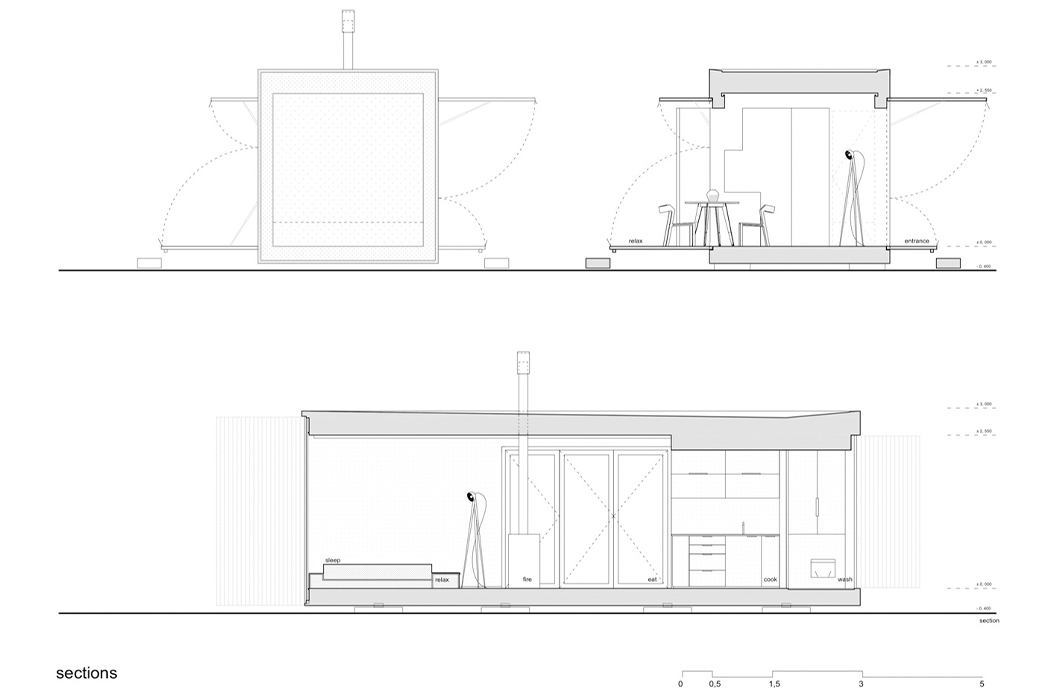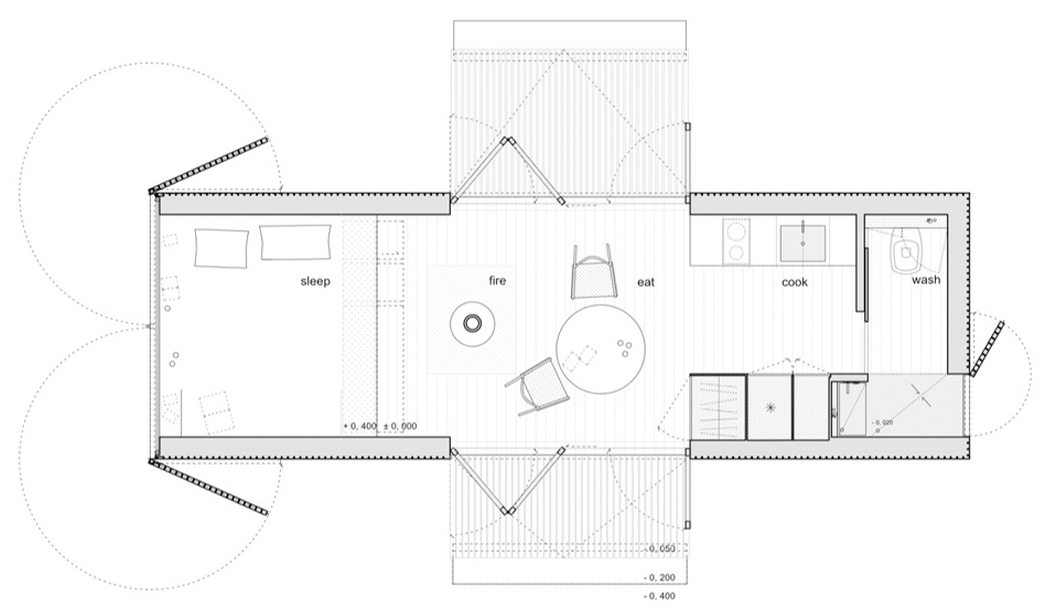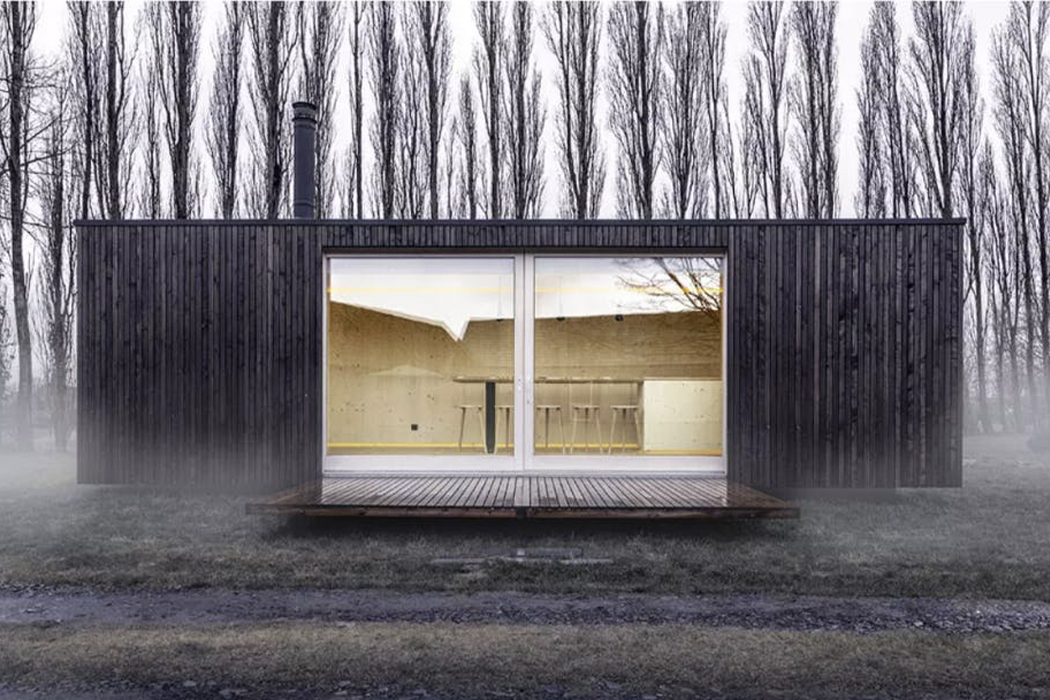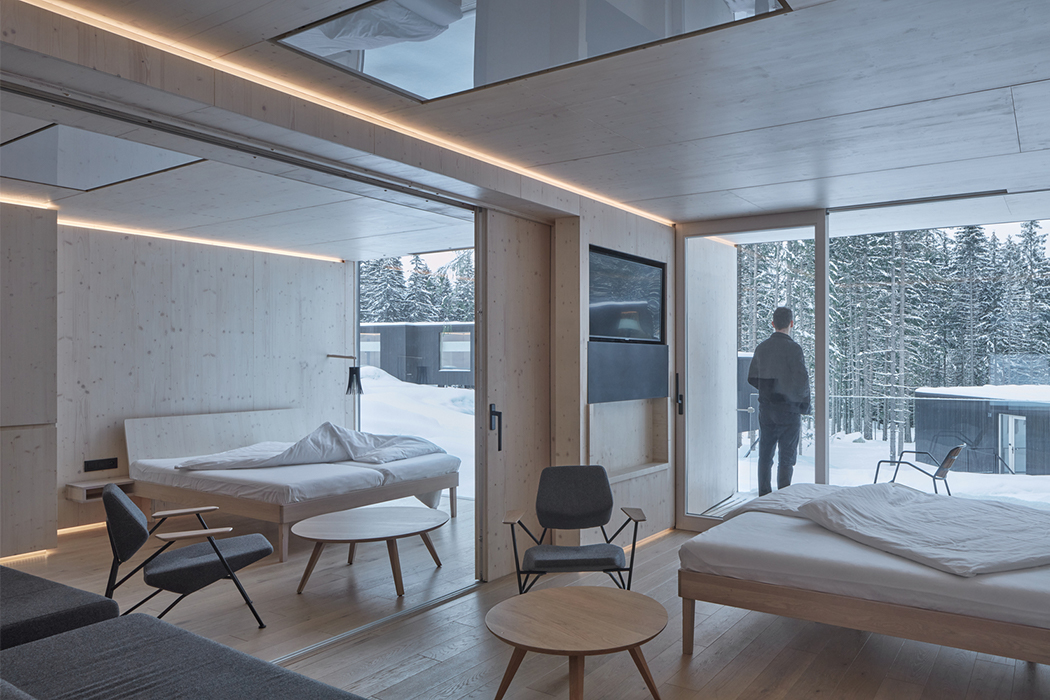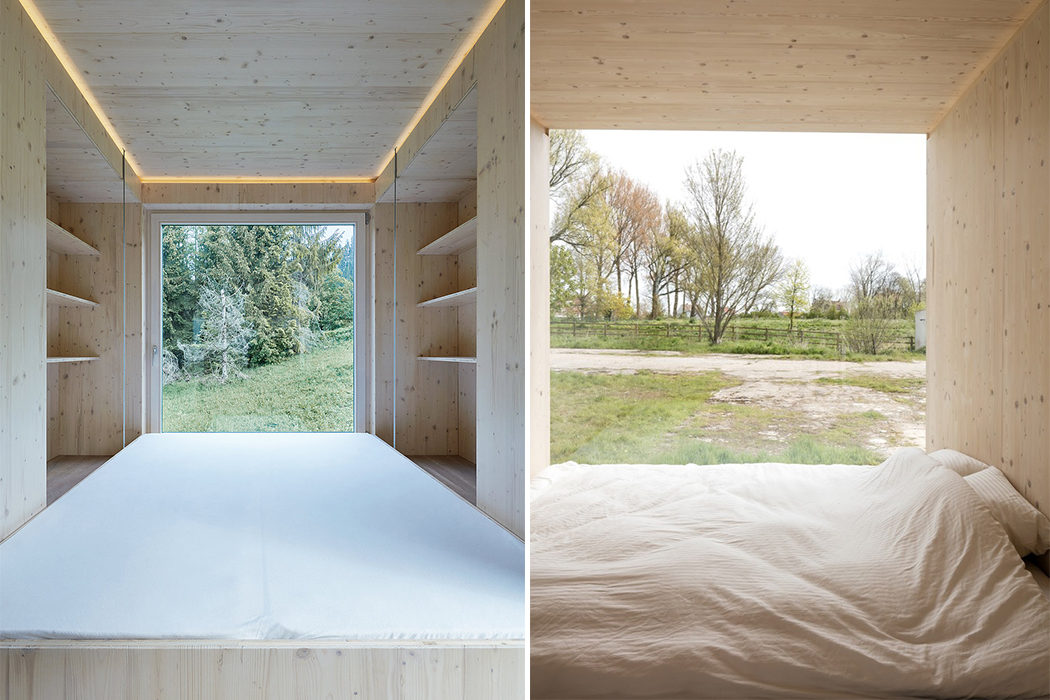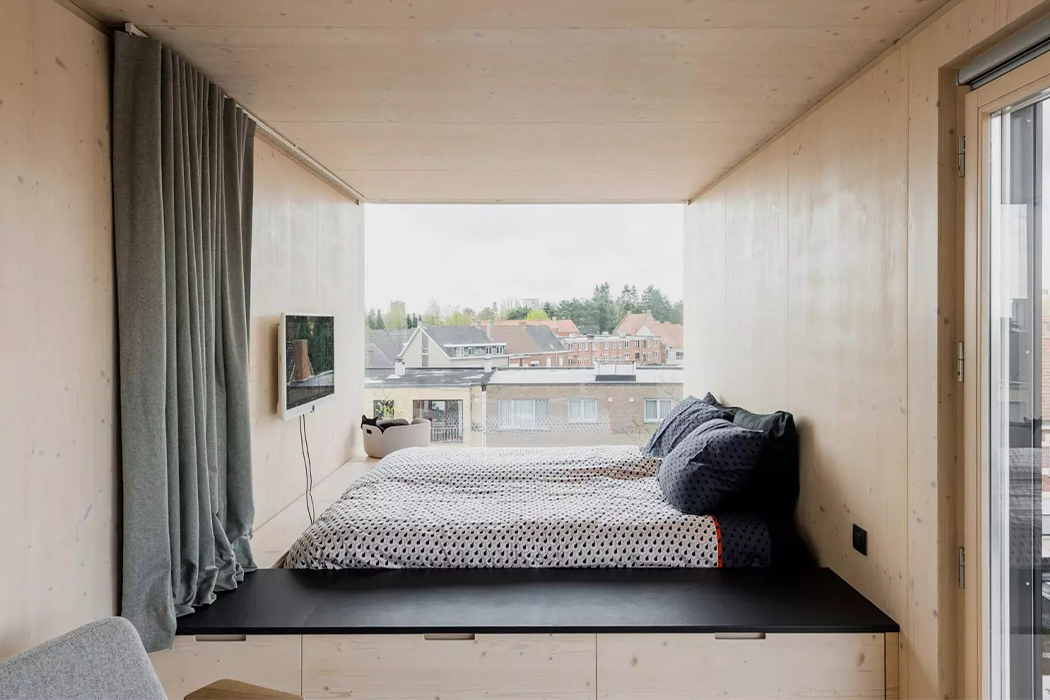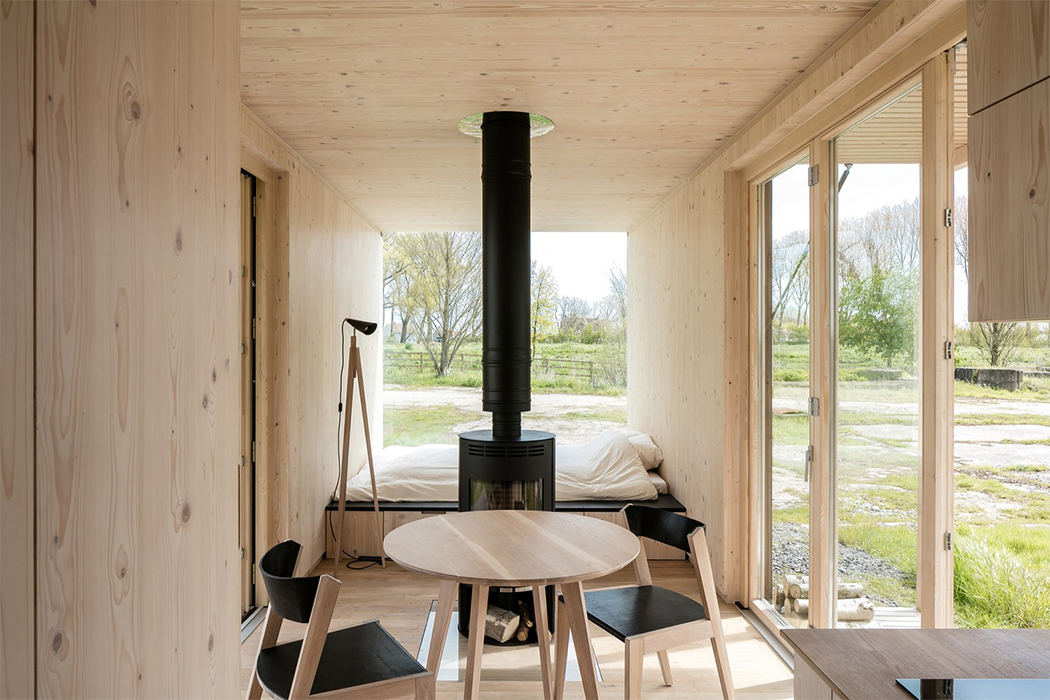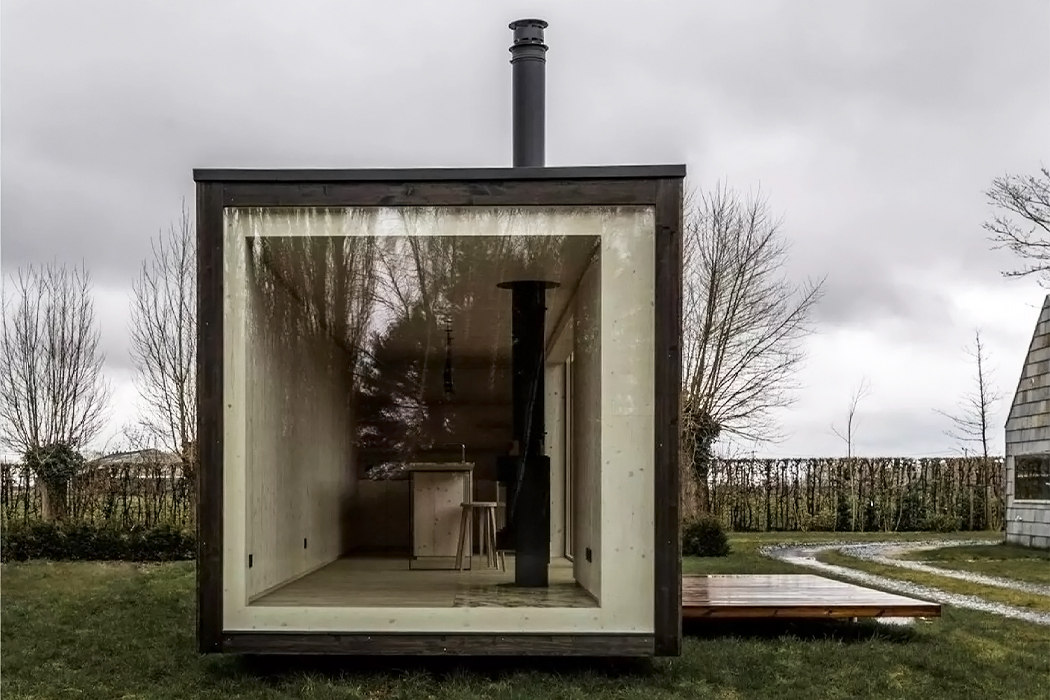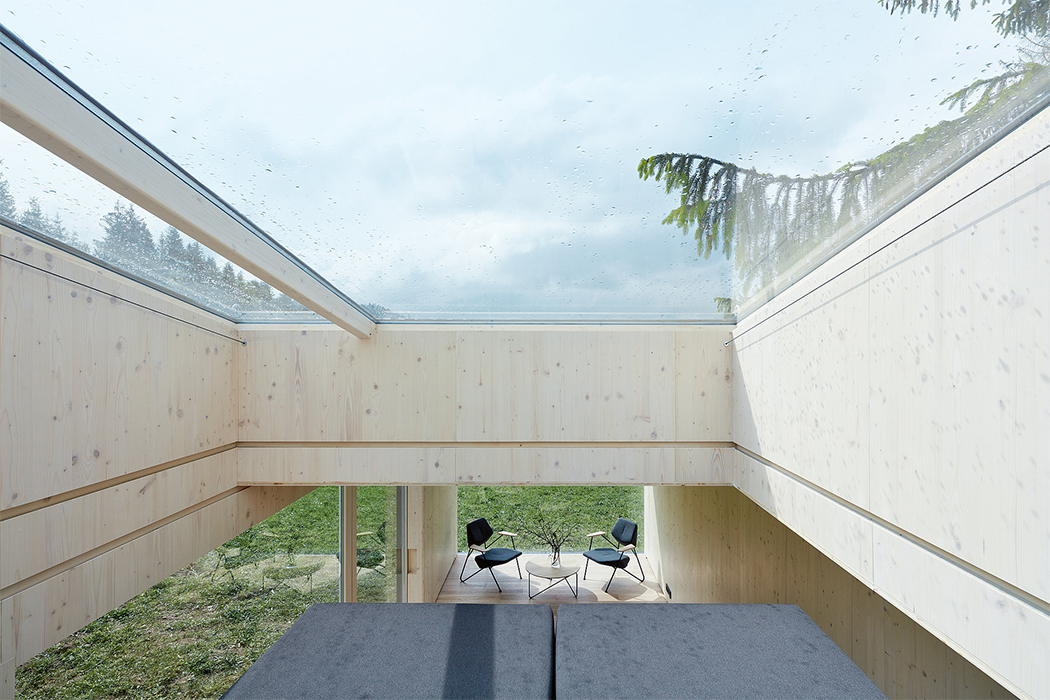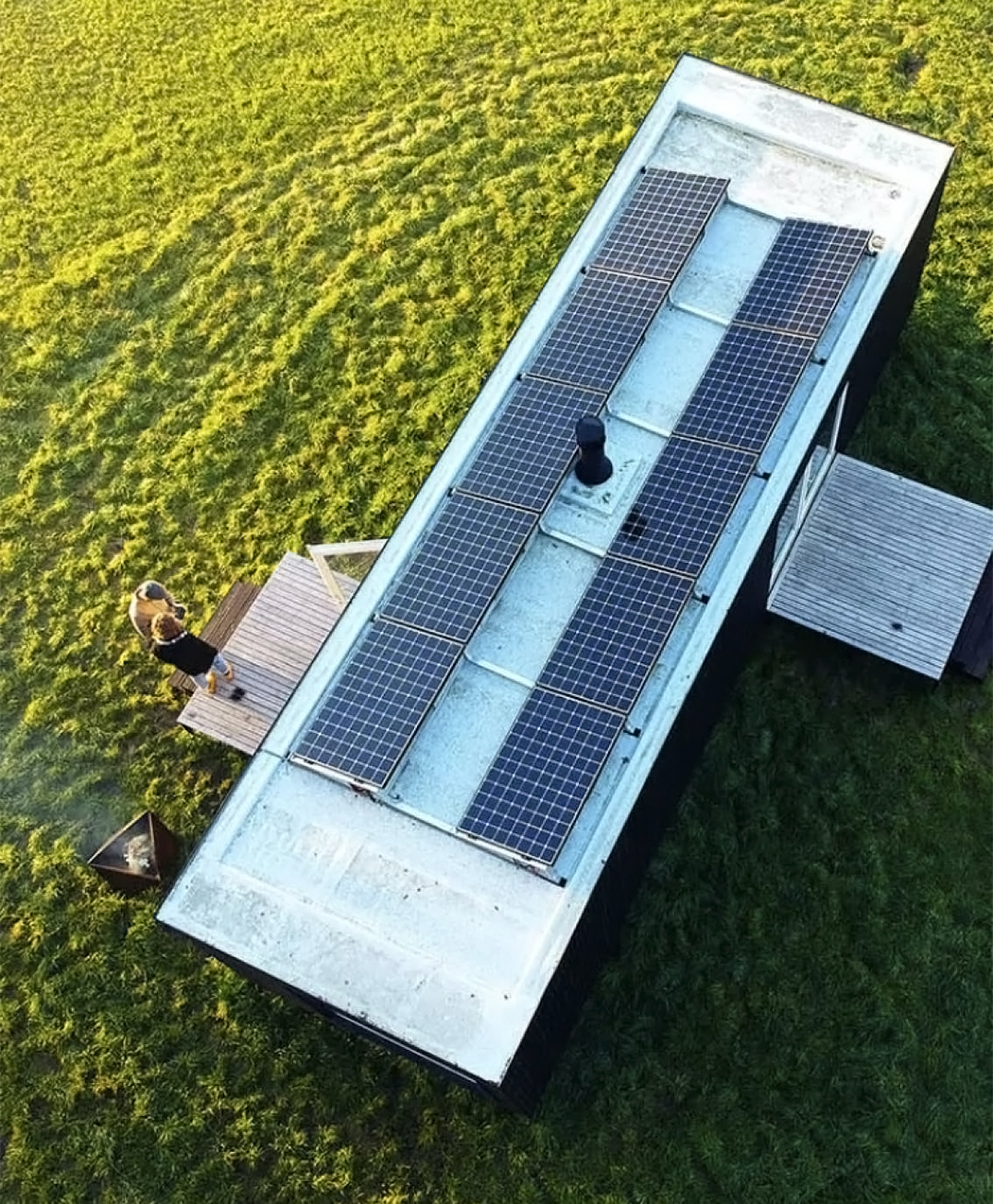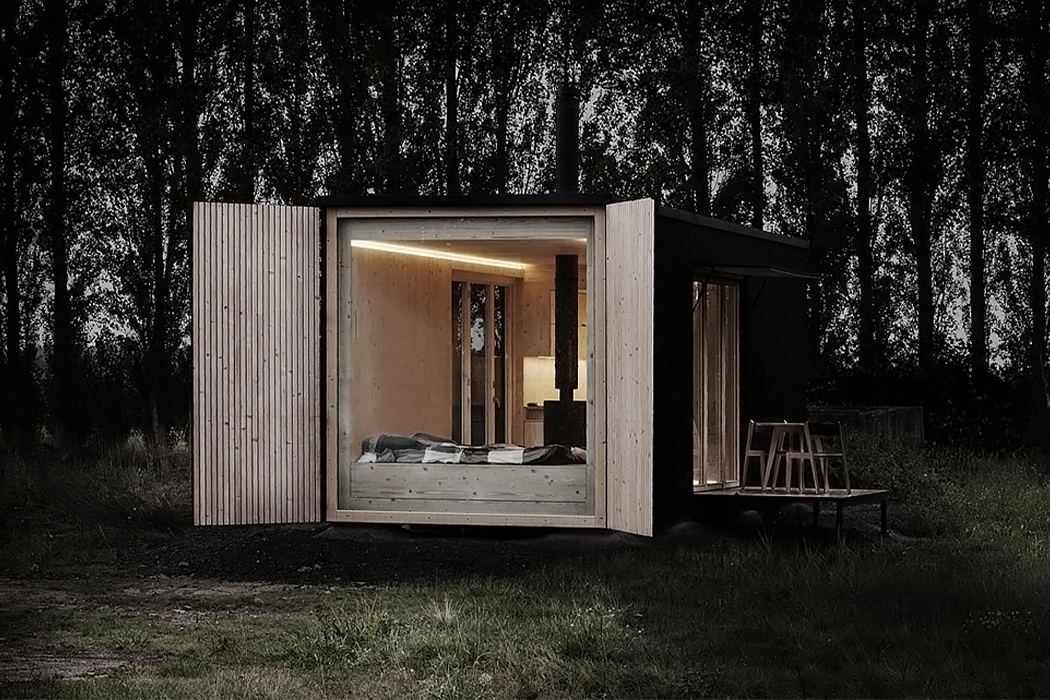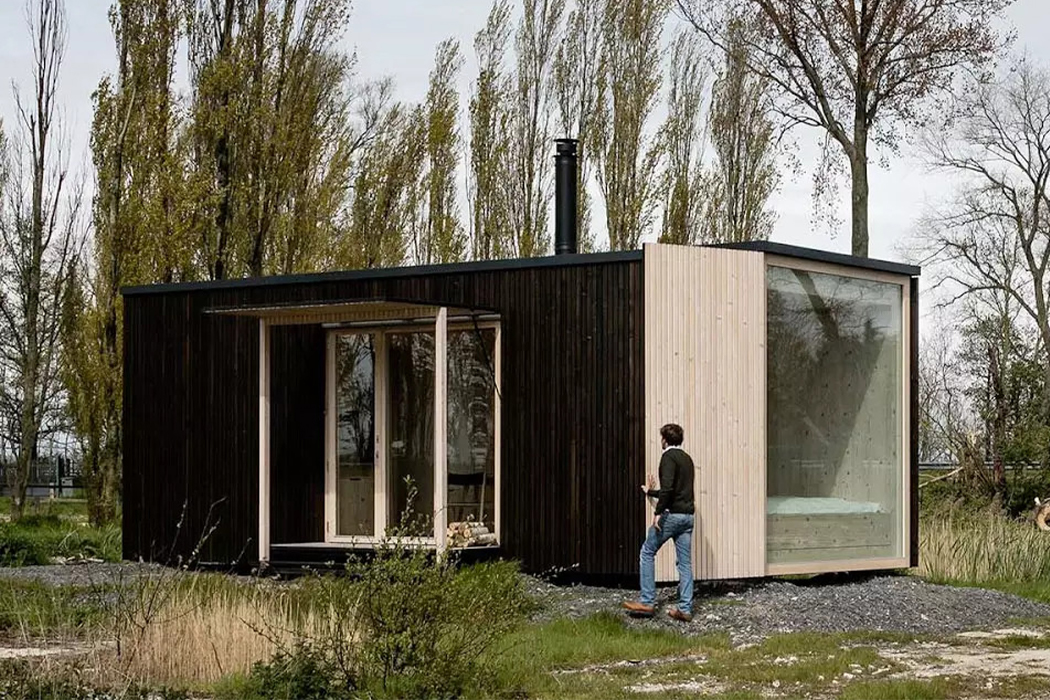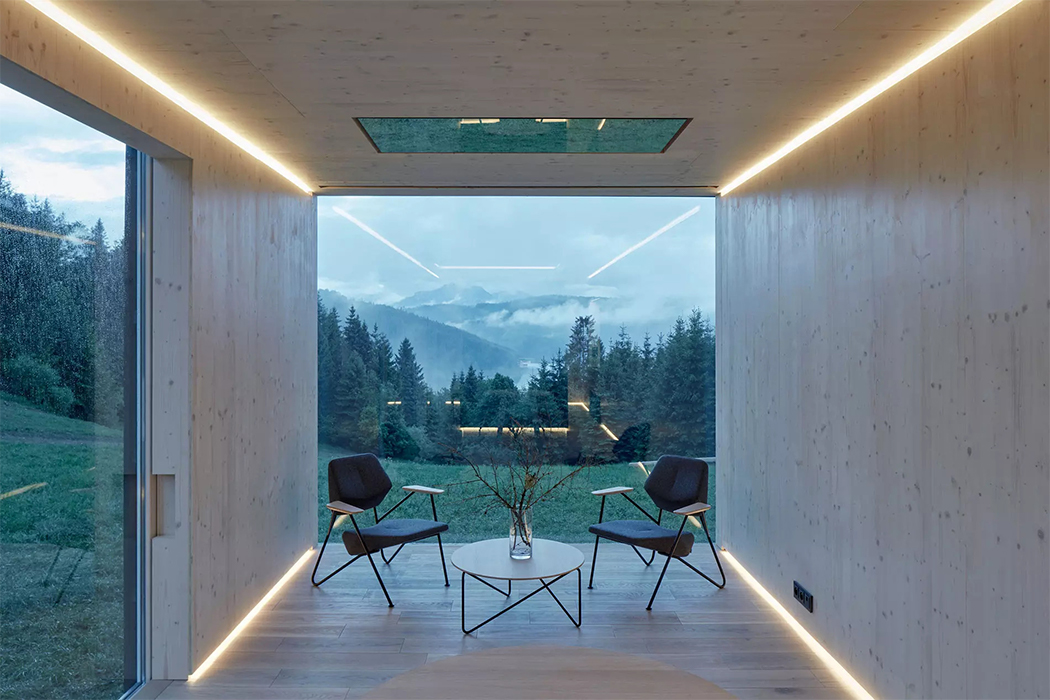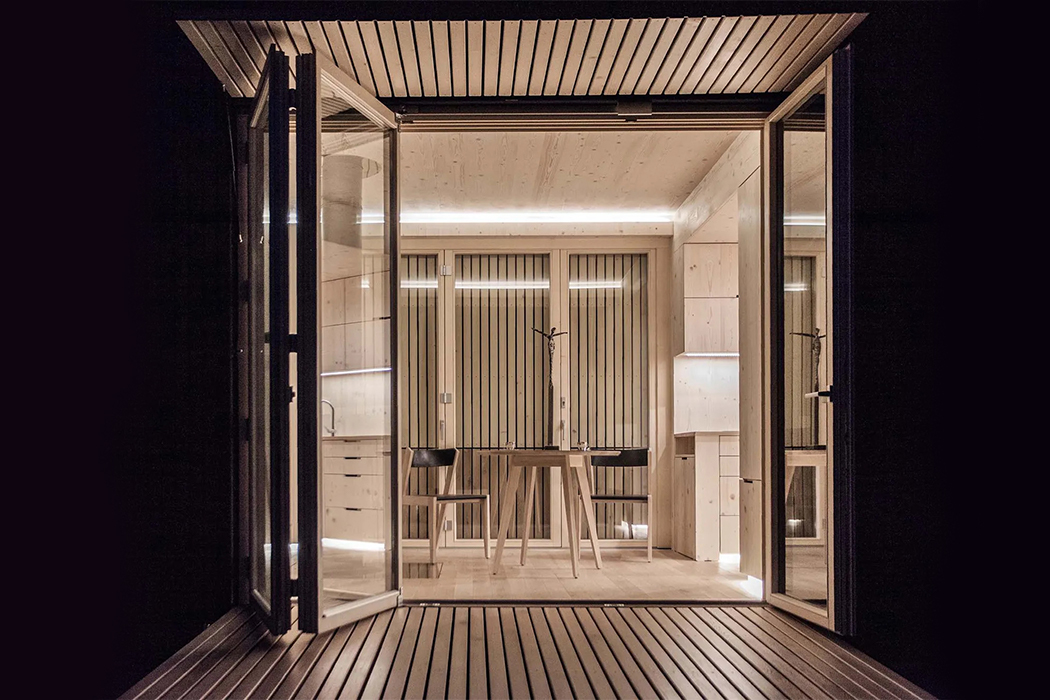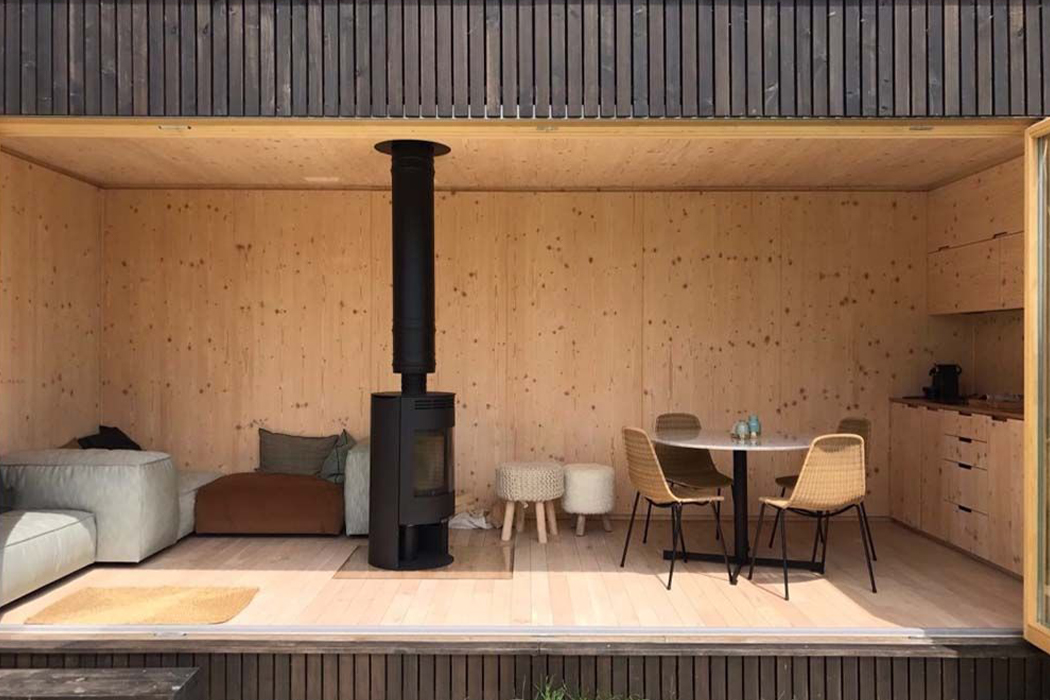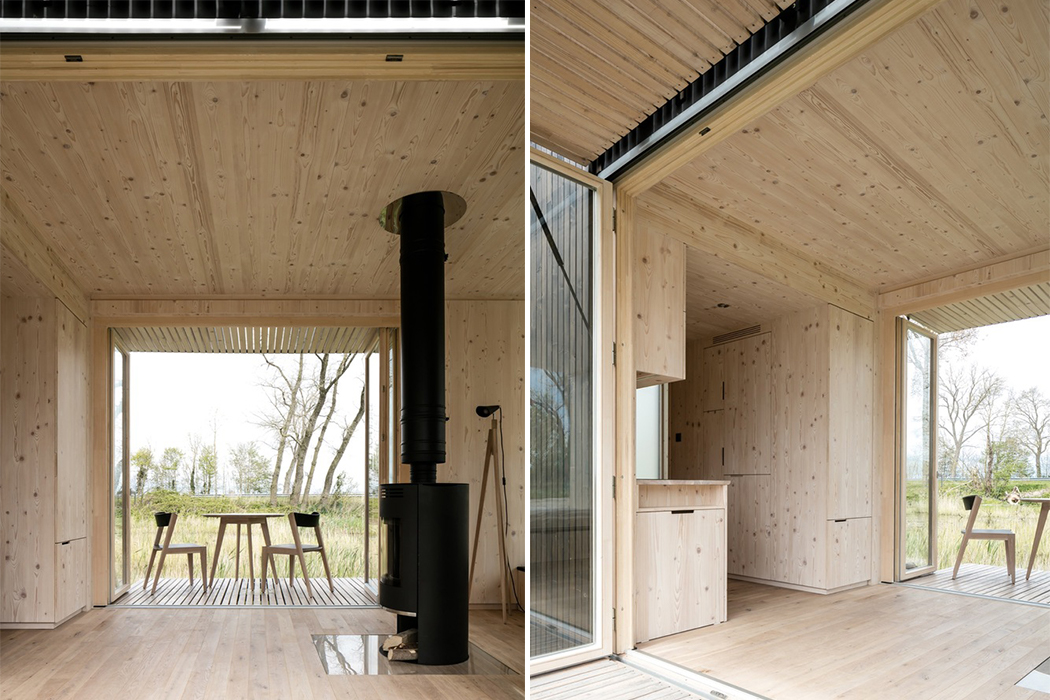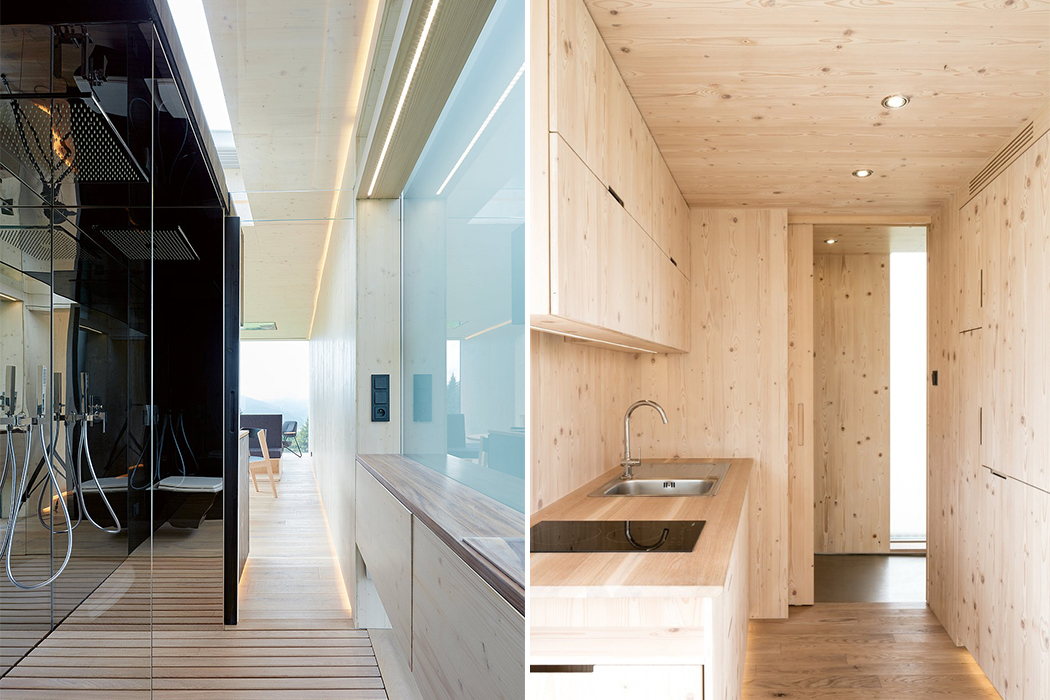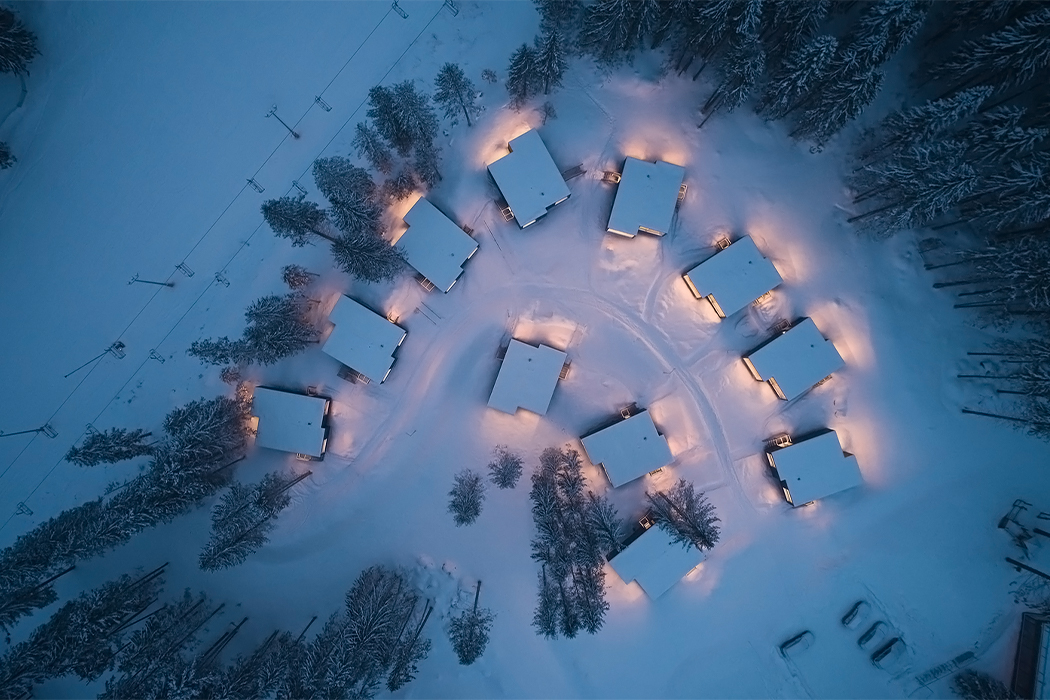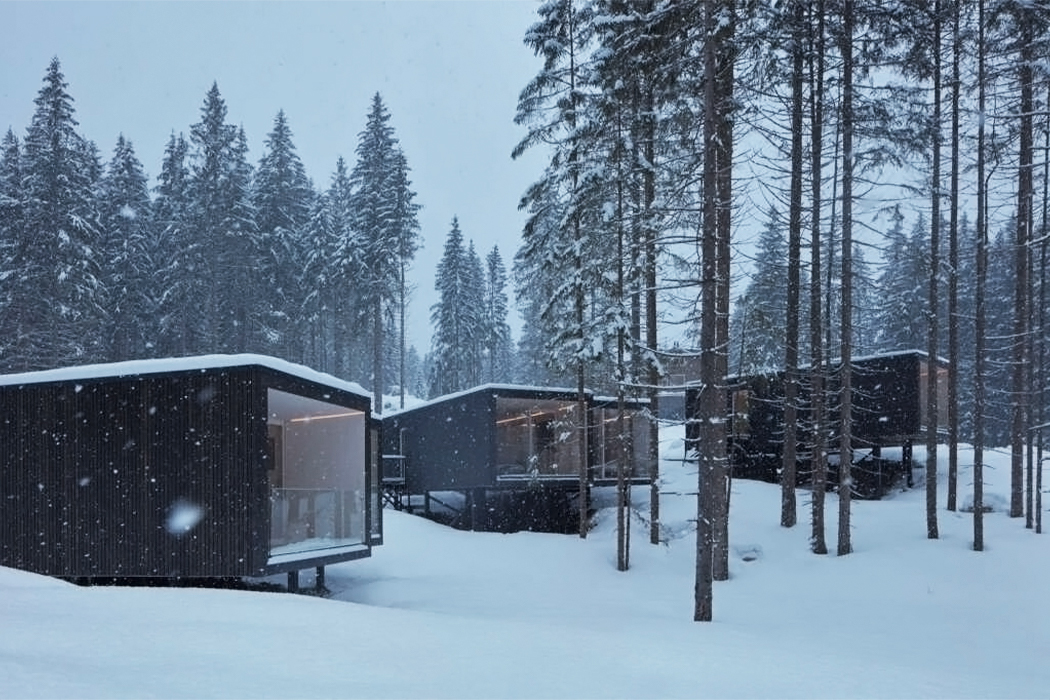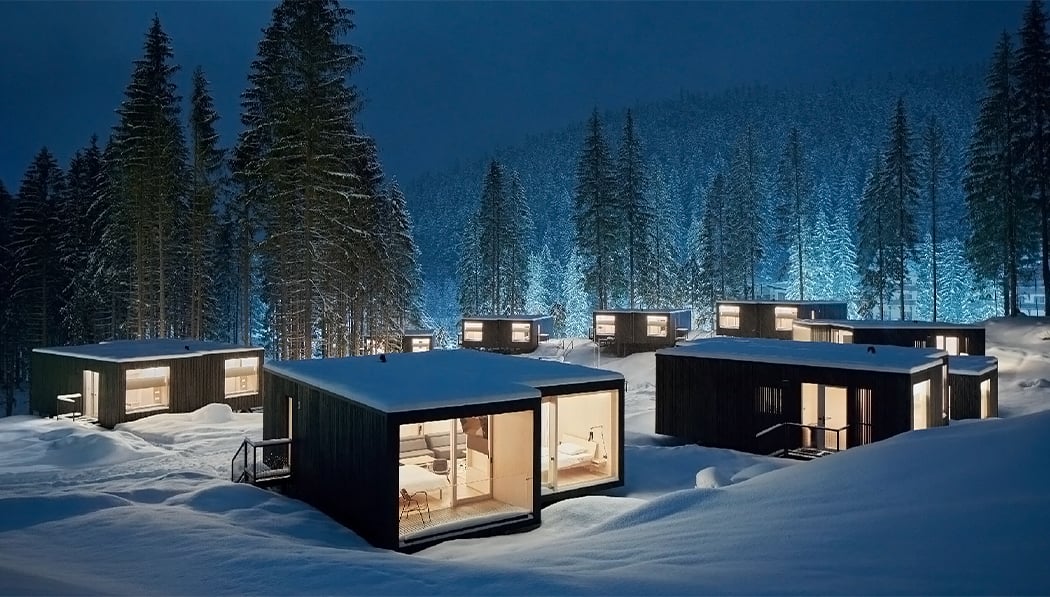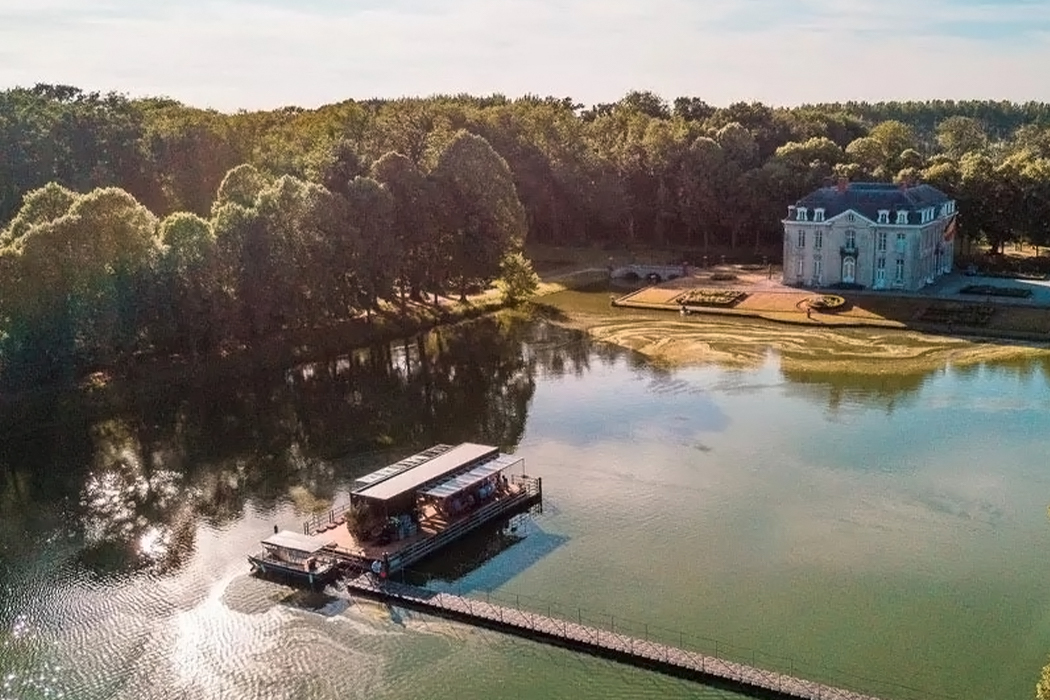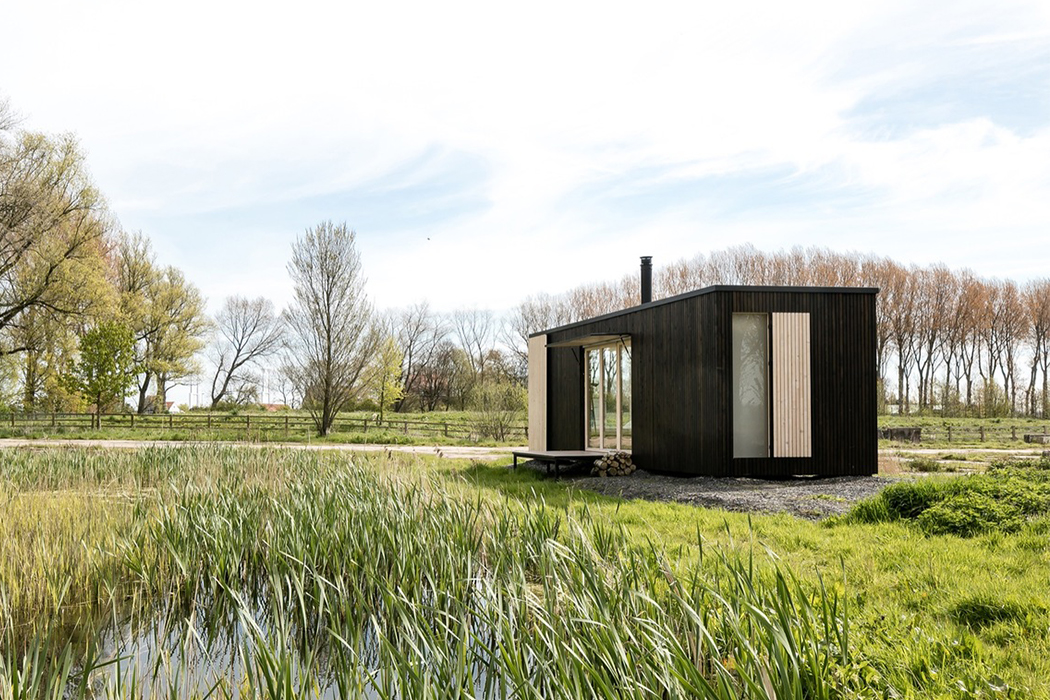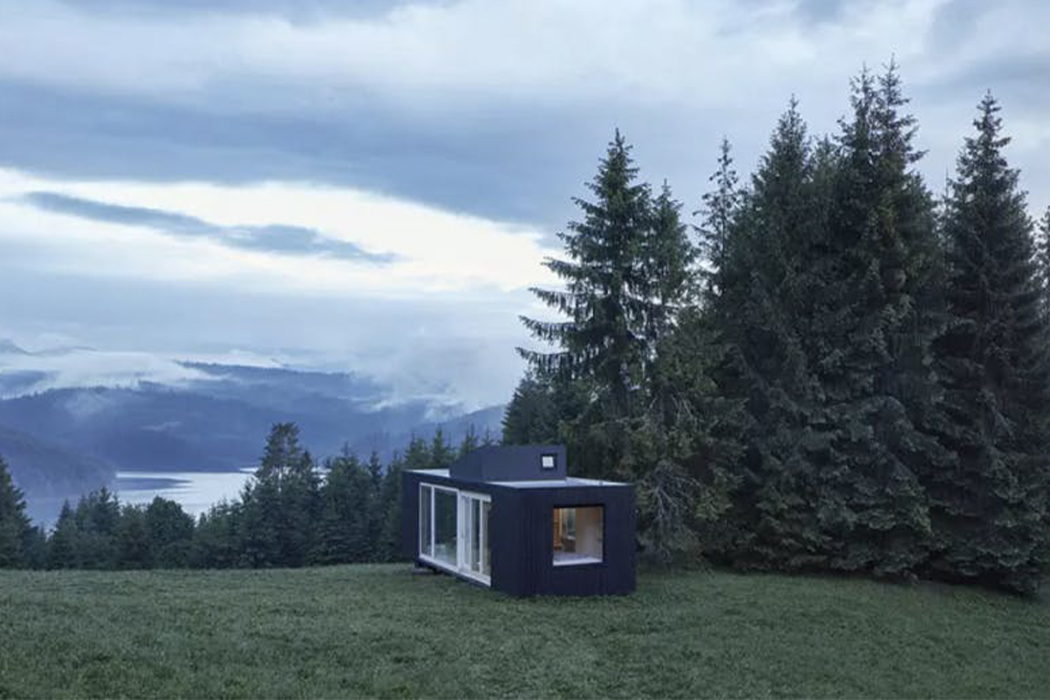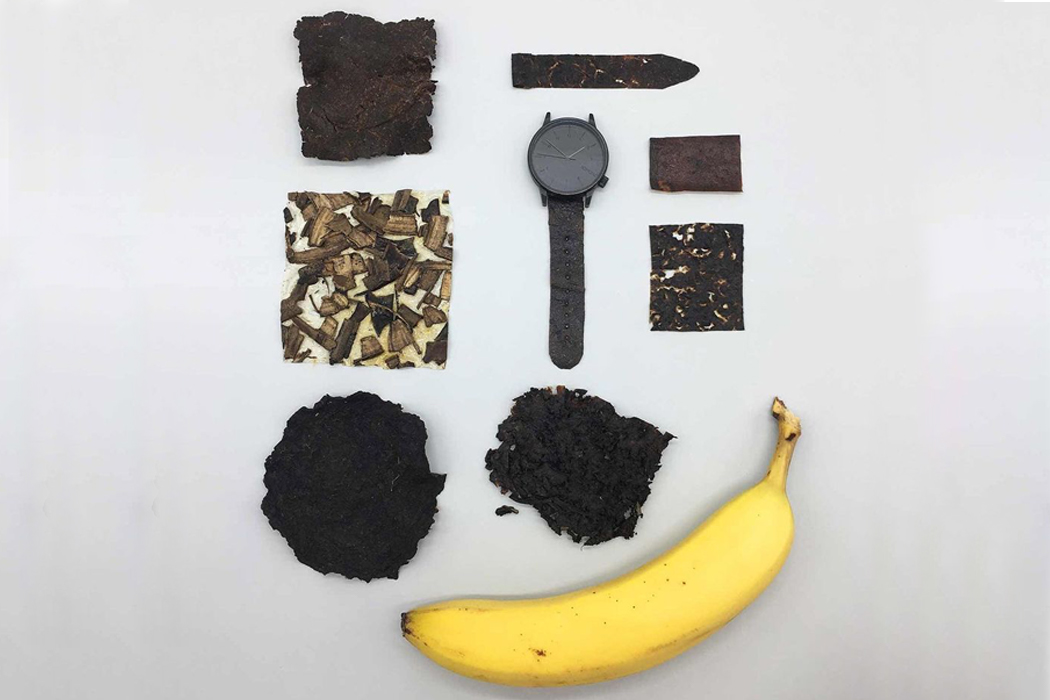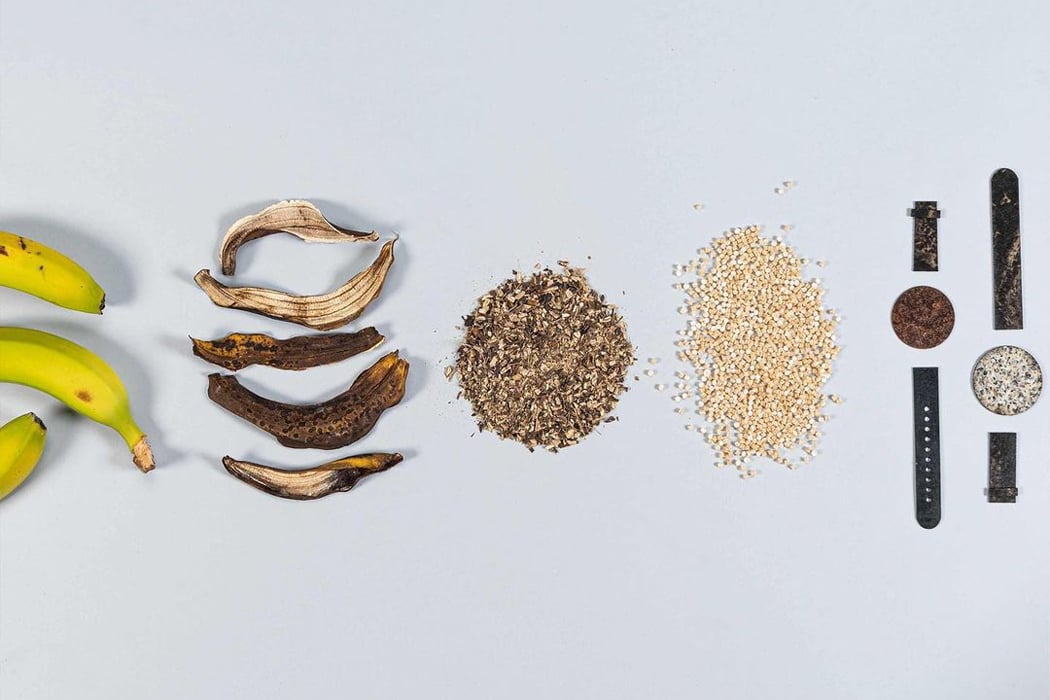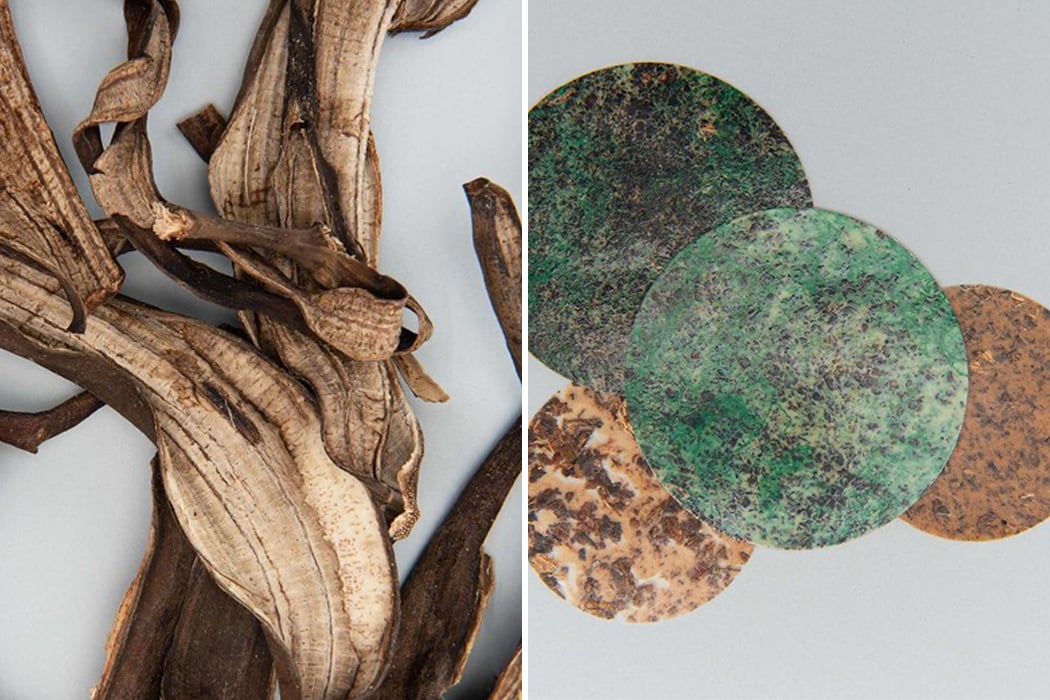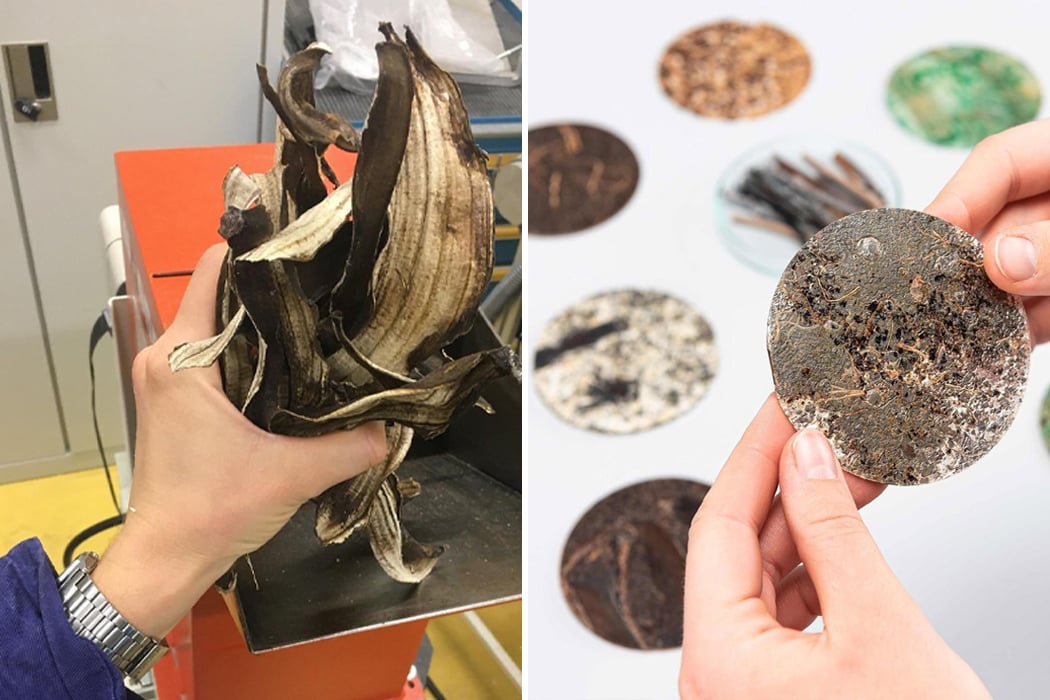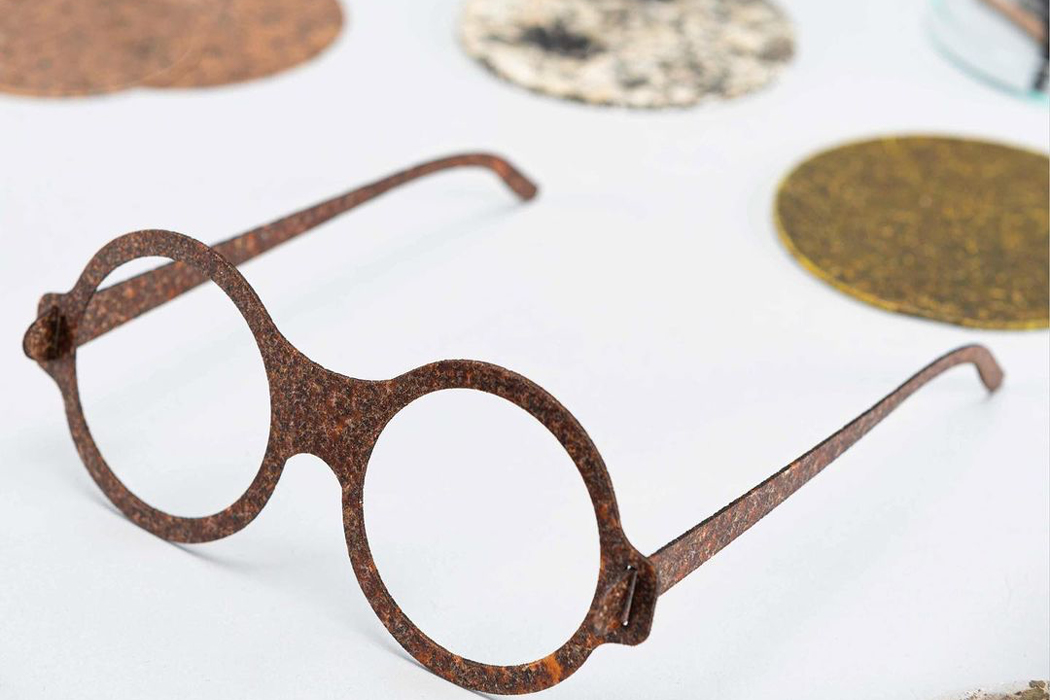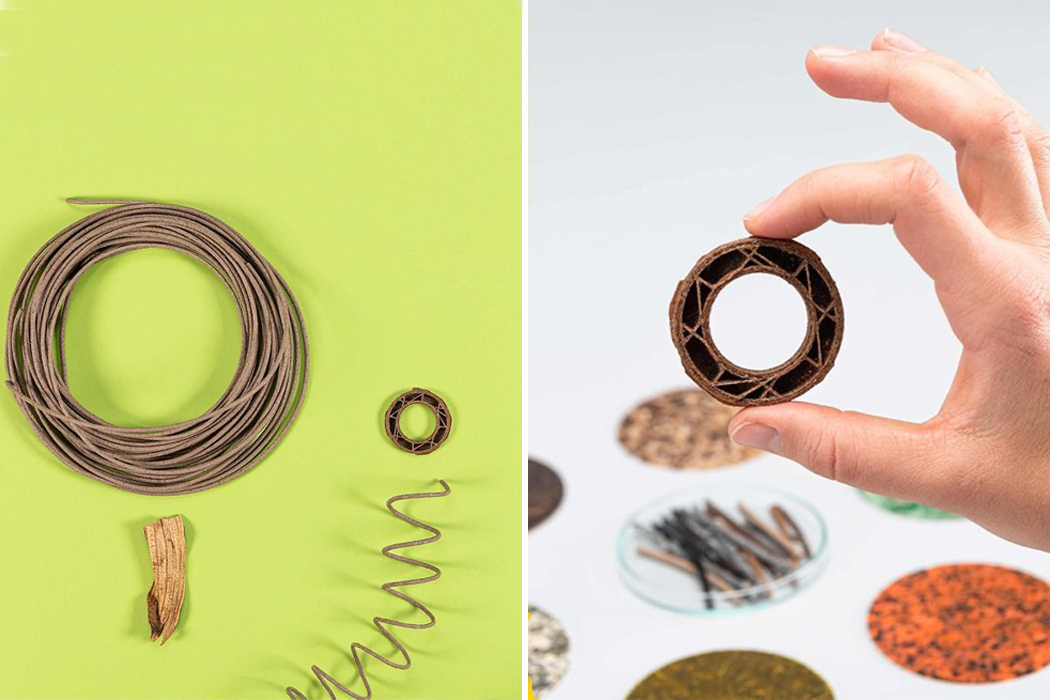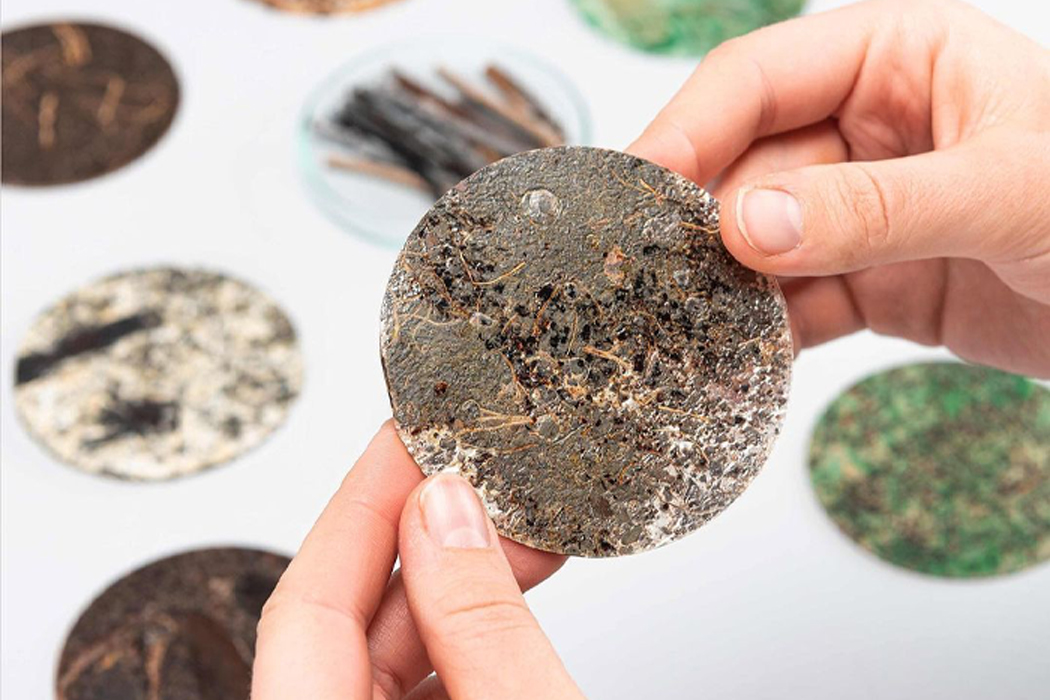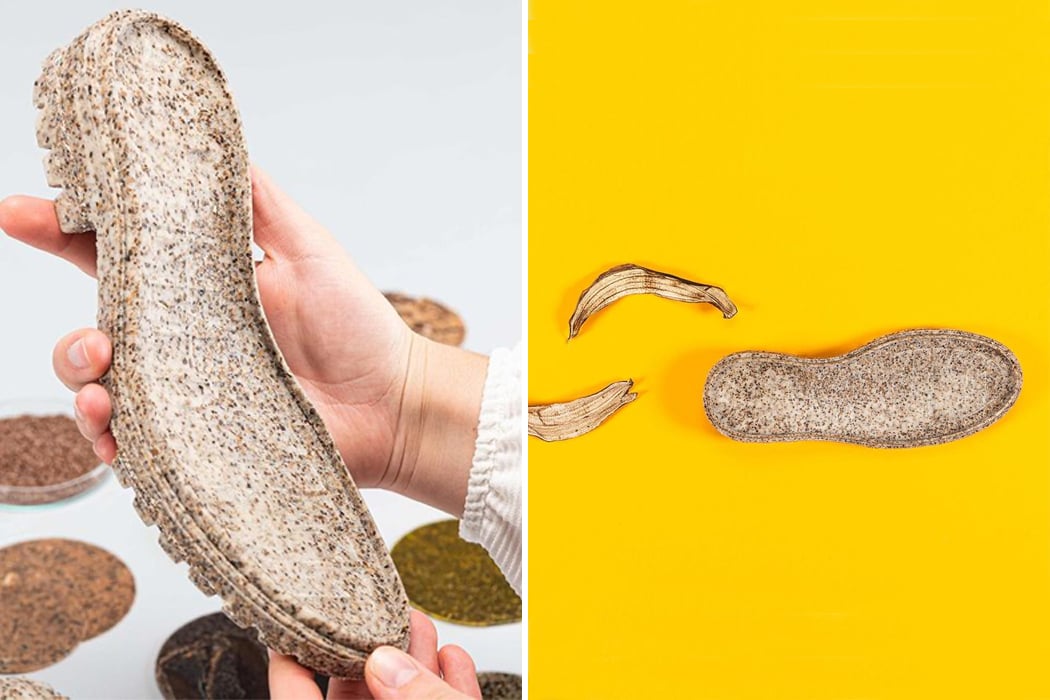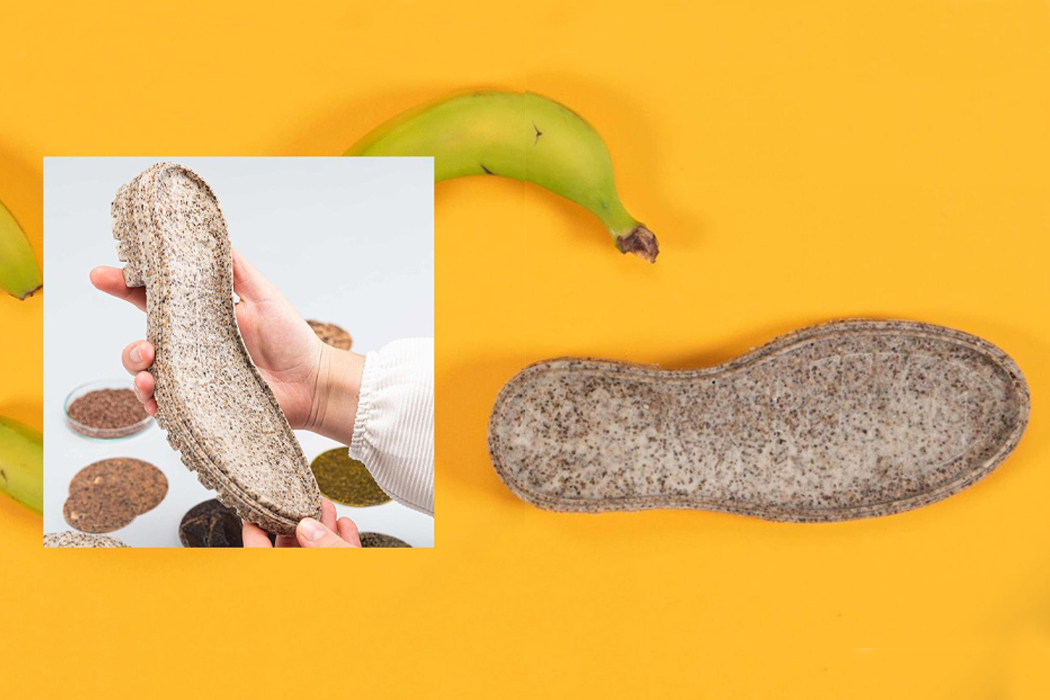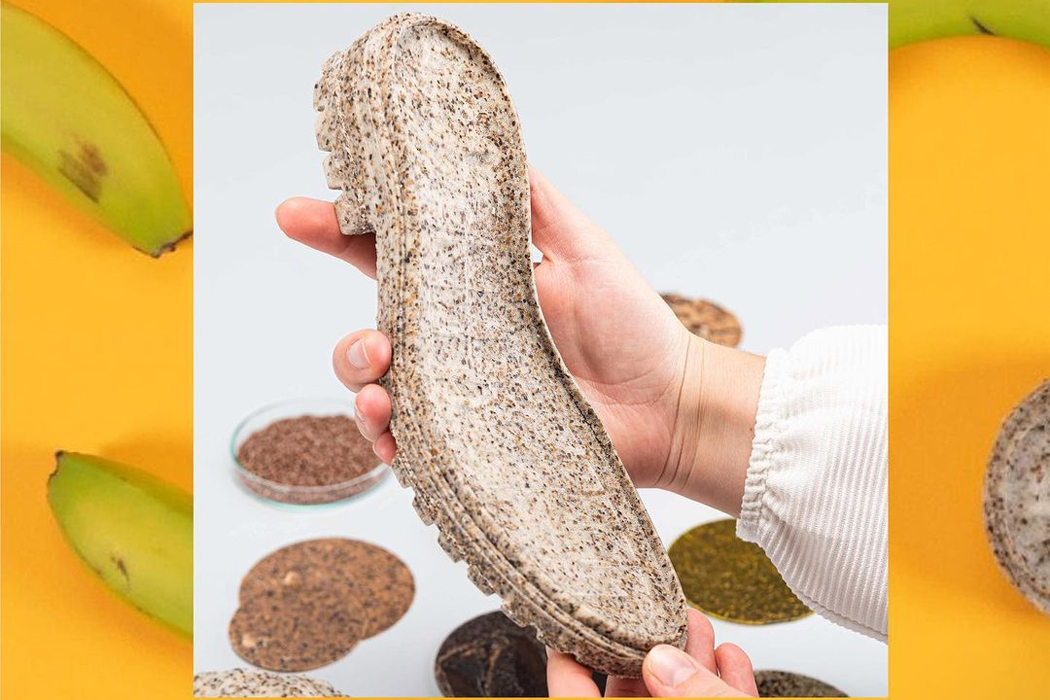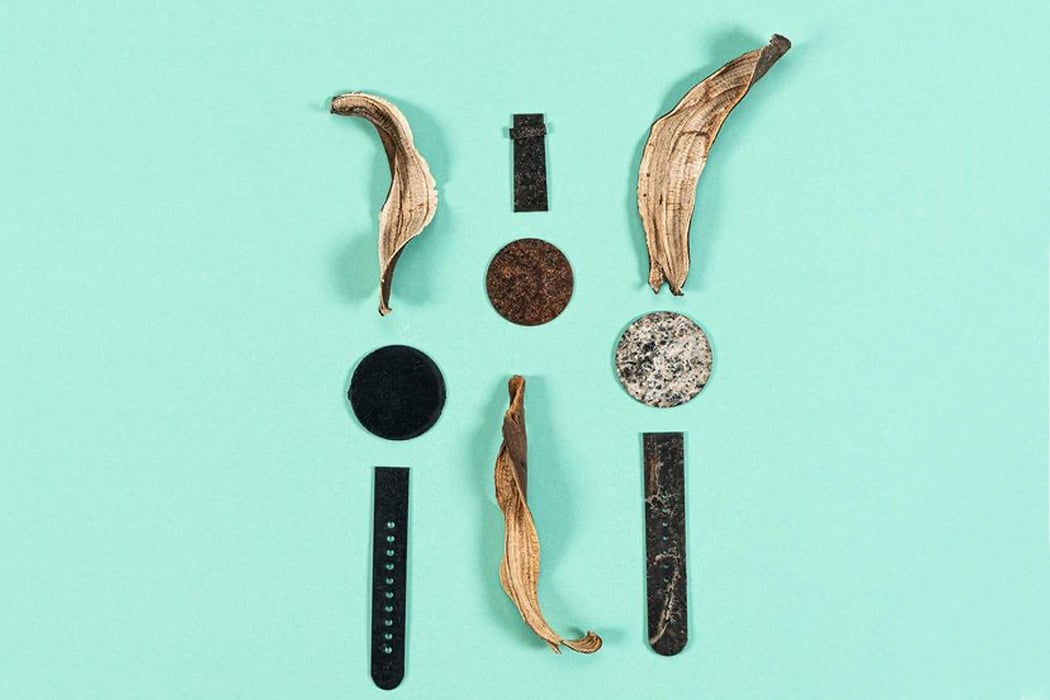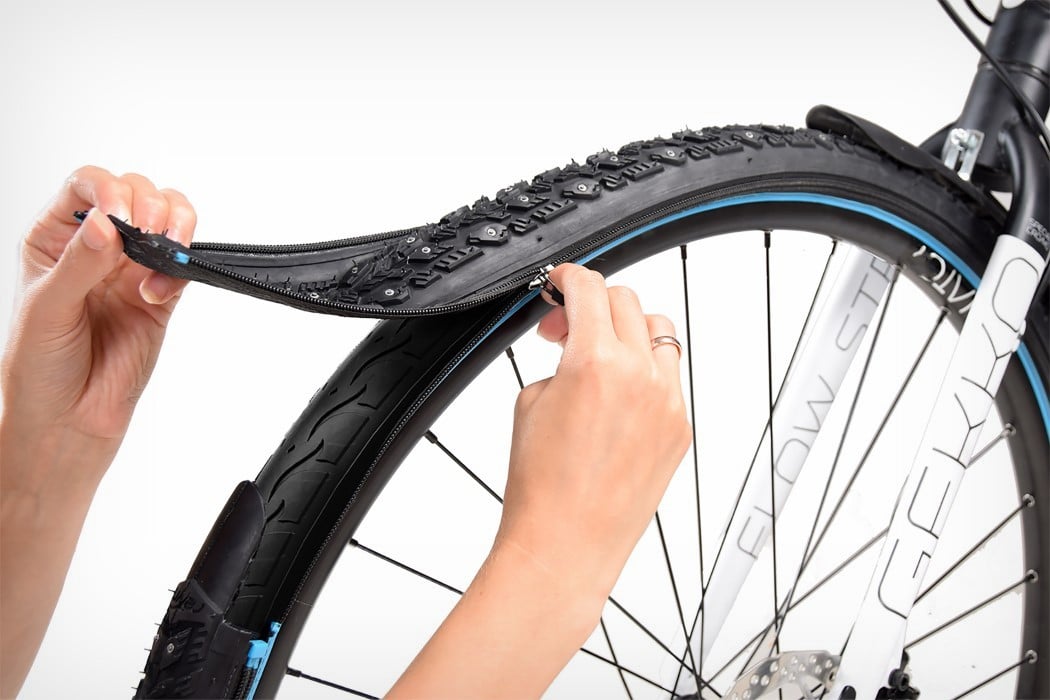
Slowly and steadily, people are ditching the fossil fuel consuming and pollution causing automobiles for the more eco-friendly option of bicycles! Bicycles are a means of transportation that are not only healthy for the environment, but for us too! They’re a fun way of completing leg day without actually visiting the gym! Amping up your bike with handy and innovative accessories always adds on to the cycling experience. From bike tires that can last a lifetime without any punctures to a foldable bicycle helmet, we’ve got you covered with a whole range of fun and functional products. Bike on!

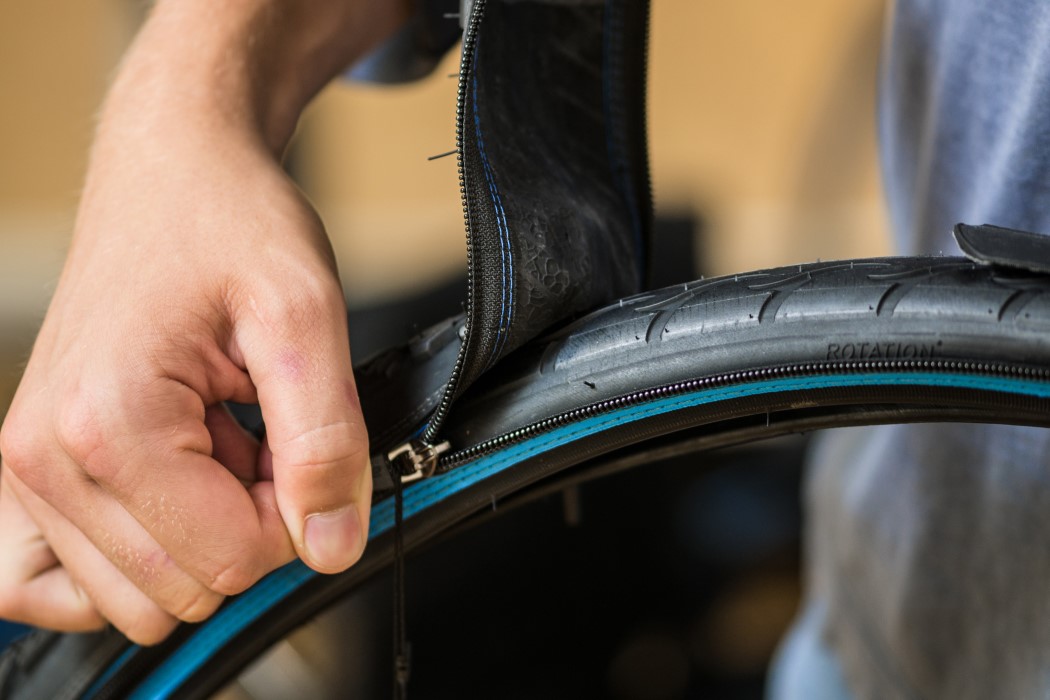
“You’re used to changing your shoes and jacket to match the location or weather. Why shouldn’t you be able to do the same with your bike?” reTyre’s zippable tire-tread system gives your city bicycle the versatility to work off the road too. A simple zipping mechanism allows you to add a secondary, tougher tread on your tires, letting you go from riding on smooth asphalt to traversing through tough terrain. No matter the speed, the distance, or the condition, reTyre’s selection of treads make it the only set of wheels your bicycle needs… and in turn making your bicycle the only bicycle you’ll need too. reTyre’s special bicycle tire comes with a zipper lining and a selection of treads or skins that you can clad on your existing tire. The original tire works great on asphalt, and the wide variety of skins allow you to ride your bicycle on mud, gravel, rocks, or even snow.
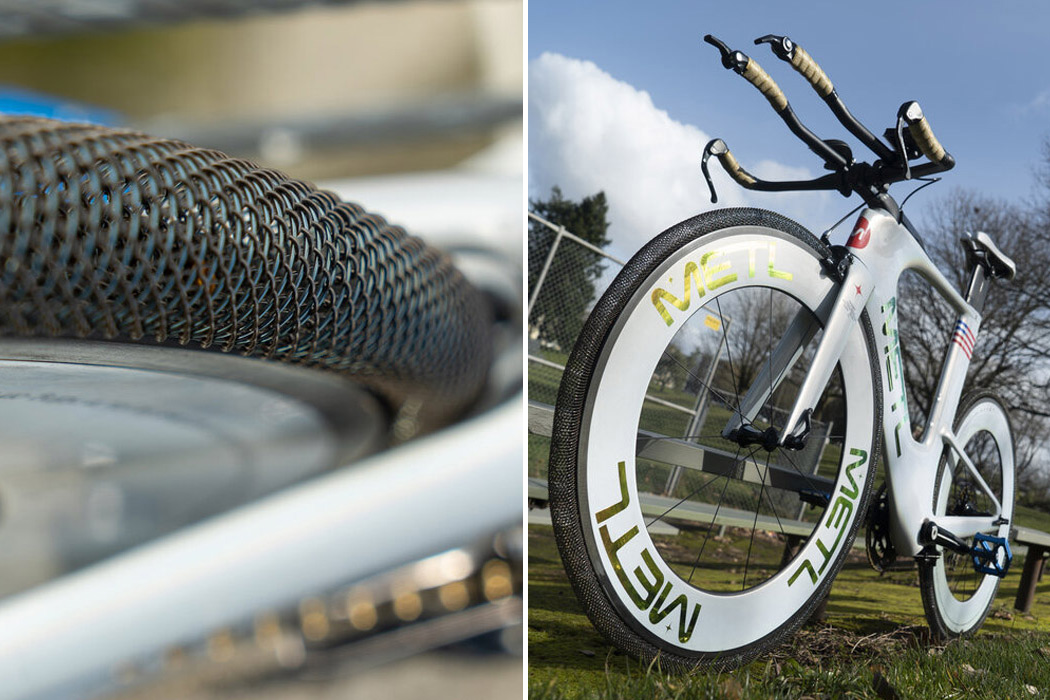
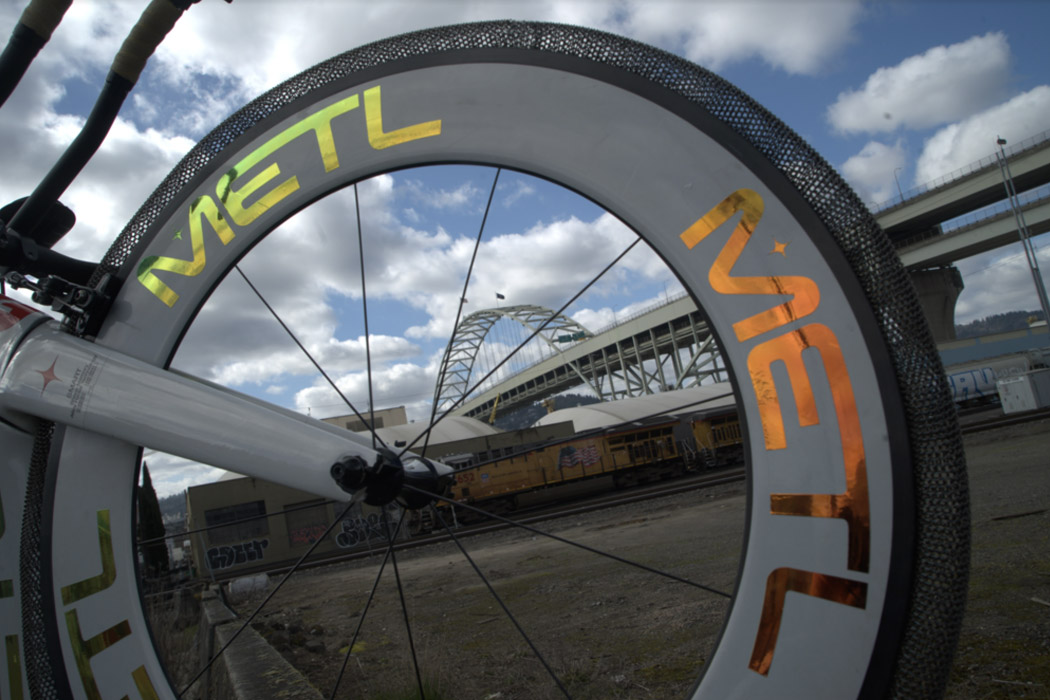
Just when you thought tubeless bike tires are the best thing on the road for your bicycle, the next revolution has arrived. The very technology that NASA uses in its Mars rover and lunar mission, has now made it through to the consumer-oriented arena in the form of METL tire developed by the startup Smart Tire Company, which has licensed the technology to bring to the bicycle lanes in the near future. The airless METL bike tires are crafted out of the Shape Memory Alloy Radial Technology (SMART) – made from strong (like titanium), lightweight yet ultra-elastic material (like rubber) known as NiTinol+. This magic material according to Smart Tire Company, “rearranges its molecular structure when you bend it, but instantly goes back to its original shape, perfectly.” In fact, these tires are so good, they can last your bicycle’s lifetime – meaning you don’t even need to bother about flat, tires, or ones with the tread wearing – needing to change to a new one.
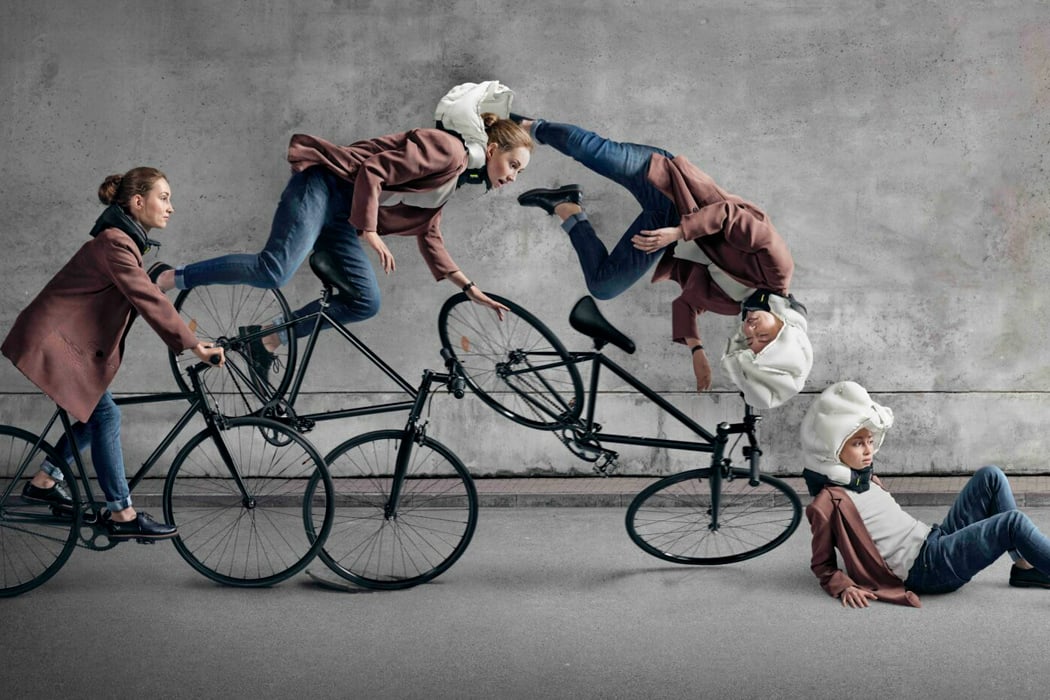

At Hövding they thrive on the impossible. The brainchild of industrial designers Anna Haupt and Teres Alstin, the Hövding: an airbag for urban cyclists has progressed from an idea to a groundbreaking and certified product! Since its conception in 2006, the product has been renewed again (and again), and today it is rated the world’s safest means of head protection for cyclists. But after four years of vigorous R&D, the Swedish company has released its third generation of airbags: The Hövding 3. Worn around the neck like a collar, it is considered to be 8x safer than traditional bicycle helmets. In the event of an accident, the airbag inflates and forms a protective hood around the head and neck within 0.1 seconds! The airbag forms a protective cushioning around the neck, fixating it and providing extremely gentle shock absorption. The pressure remains constant for several seconds, enabling the airbag to withstand multiple impacts to the head, during the same accident. Once its job is done, the airbag quite simply deflates.
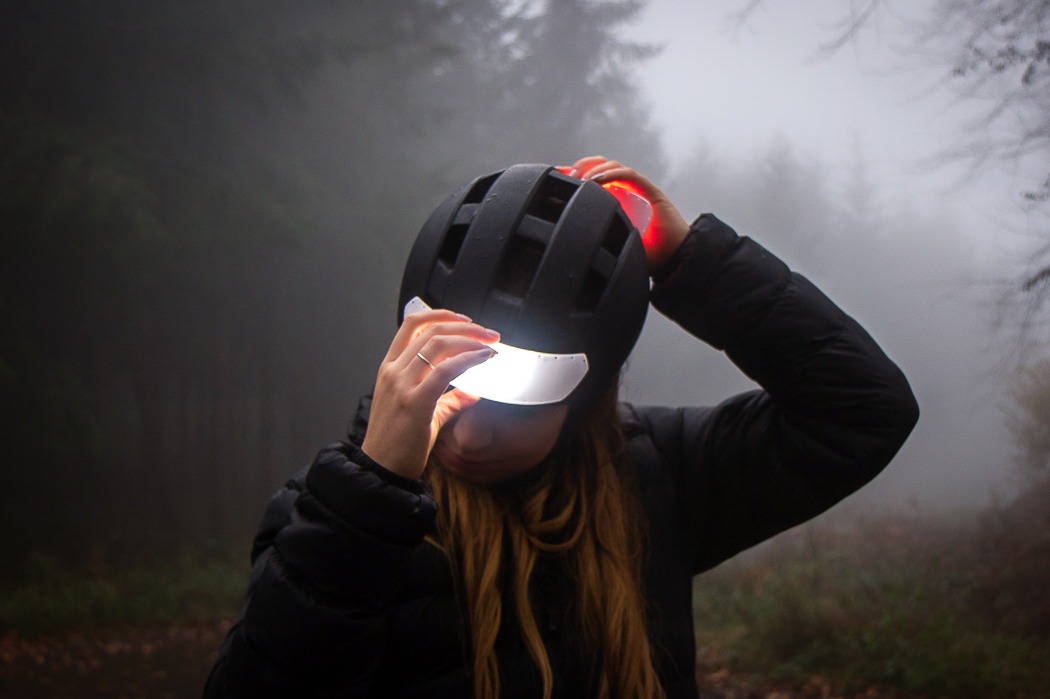
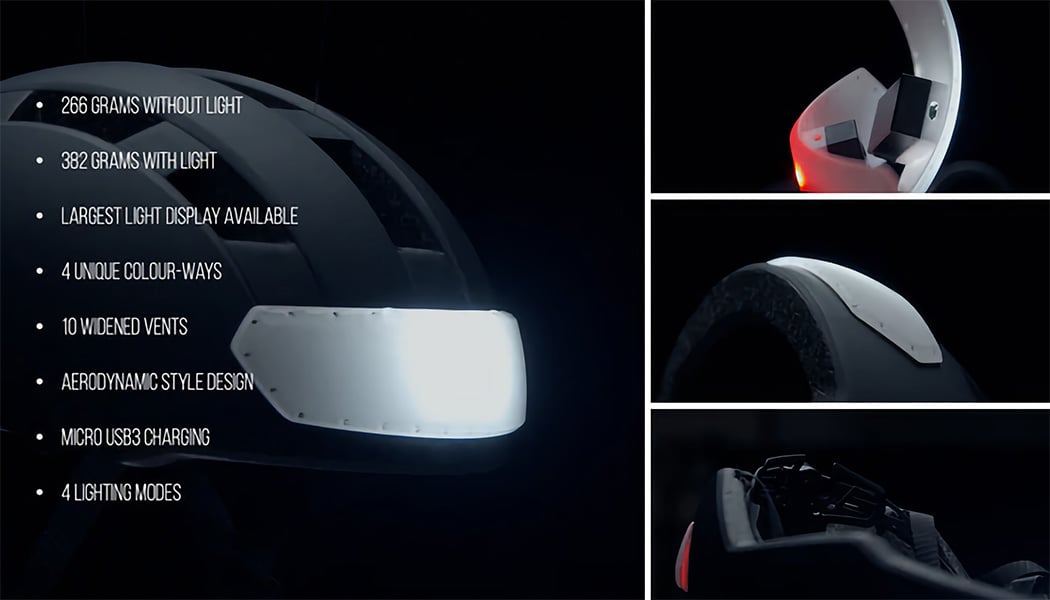
The TorchONE hopes to alter a scary statistic around cycling. In 2019, 56,000 cyclists lost their lives worldwide, and an estimated 60-70% of them were during low-light conditions. By integrating lights right into the helmet, the TorchONE approaches this problem with a two-fold solution – Prevention and Protection. A finalist at the 2020 EuroBike Awards, the TorchONE boasts of a streamlined, aerodynamic design that weighs a mere 382 grams with large, highly visible, removable lights on the front and back. Designed to provide 360° visibility, these are the largest lights to ever be fitted onto a bike, ensuring that they’re sufficiently visible even in bad weather. Attach them when you need and the lights can run 24/7, detach them during the day and the helmet’s weight drops to an incredibly lightweight 266 grams.
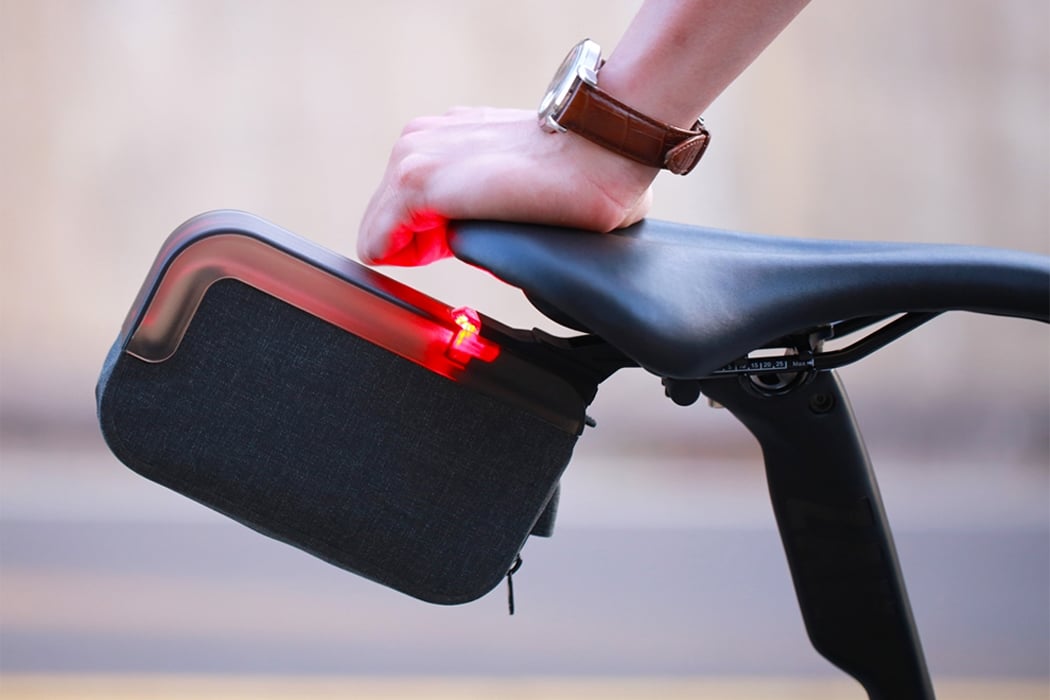
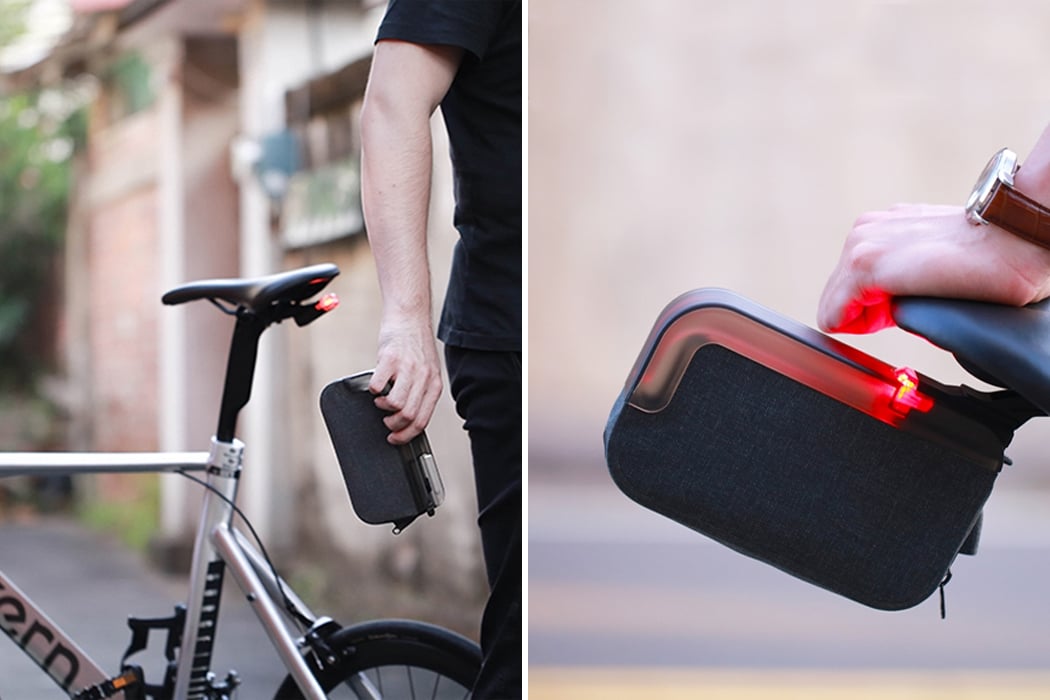
Many modern bikes come with a rear light, signaling to the trailing traffic behind the rider that they must share the road. Often, when bike storage bags are attached to a bike behind the rider, that rear light ends up getting covered, making for unsafe riding at night and busy streets. The Lumis Bike Bag from Happy Buddha integrates a translucent compartment area and accompanying rear signal light for their storage bag to assure riders that they’ll be seen on the road even at night. To attach Happy Buddha to their bicycle, users simply slide the Lumis Bike Bag’s translucent plastic covering onto the rear light and both can then be connected to the bicycle. The rear light projects onto Lumis Bike Bag’s plastic top to increase its visibility and brightness for nighttime riding and packed city streets. Whenever the user’s bike is left unattended, the Lumis Bike Bag itself can easily be dislodged from its joined rear light, providing portability and an added sense of security.
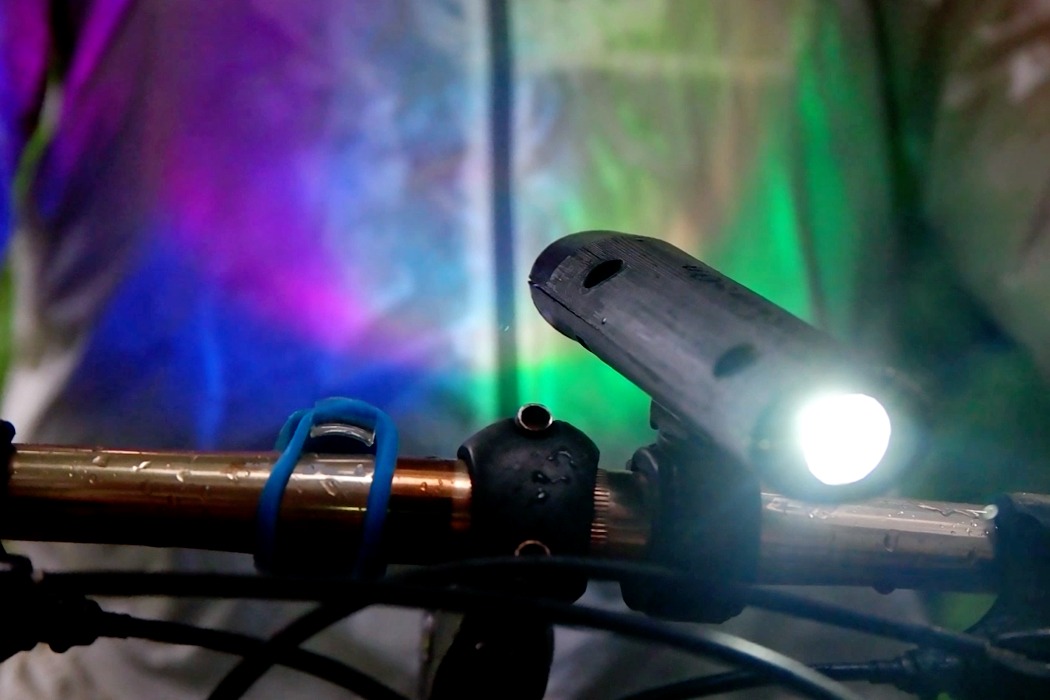
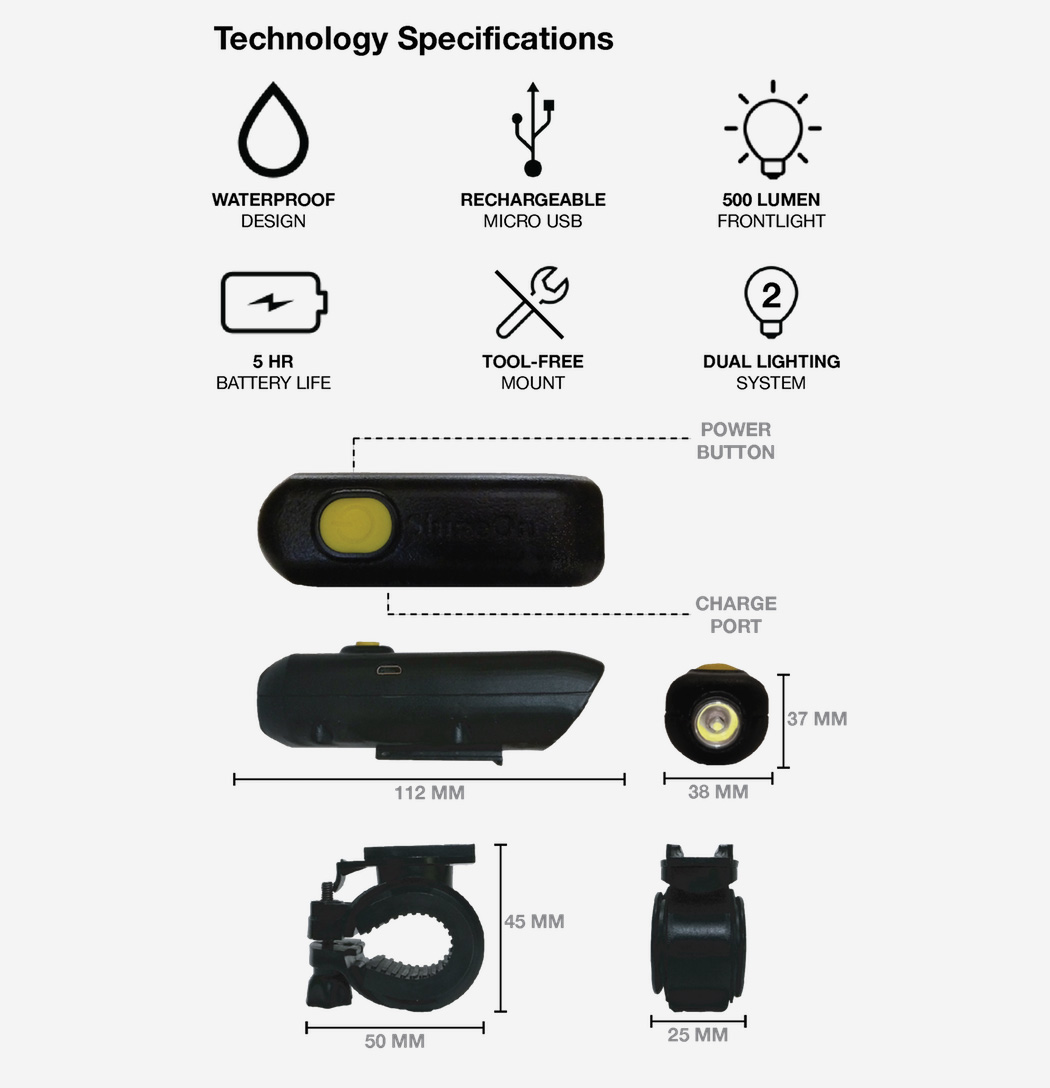
The Dual Beam has an interesting take on a pretty common problem with being a bicyclist. A majority of bicycle accidents don’t occur because of bad roads, or because of faulty mechanics, but rather because of a lack of visibility. Given how slim they are and how quietly they drive, most bicycle accidents occur because they’re difficult to notice in low-light settings, effectively putting the biker at risk. Dual Beam takes on this problem with a rather innovative approach. Unlike bike reflectors that just passively reflect light, the Dual Beam is, in fact, a headlight for your bicycle… but instead of just shining on the roads to illuminate your path, the Dual Beam also shines on the rider like a spotlight, making you, as well as the road ahead of you visible. A literal two-birds-one-stone scenario. The sheer genius of the patent-pending Dual Beam is that it makes its rider visible without distracting or blinding others.
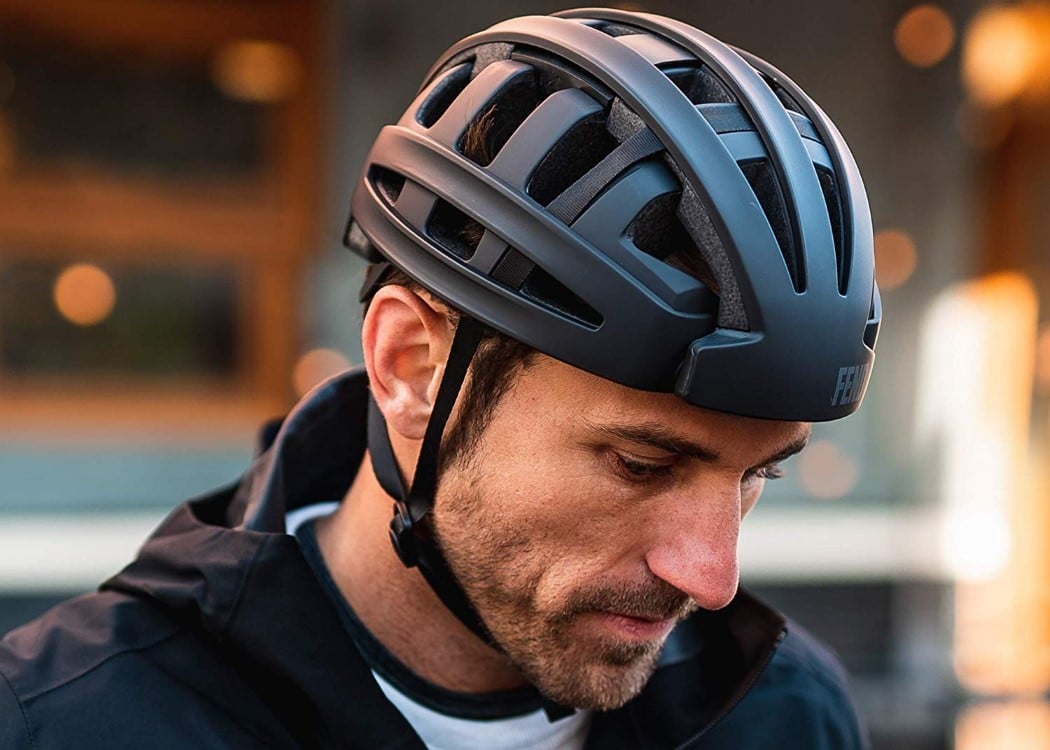
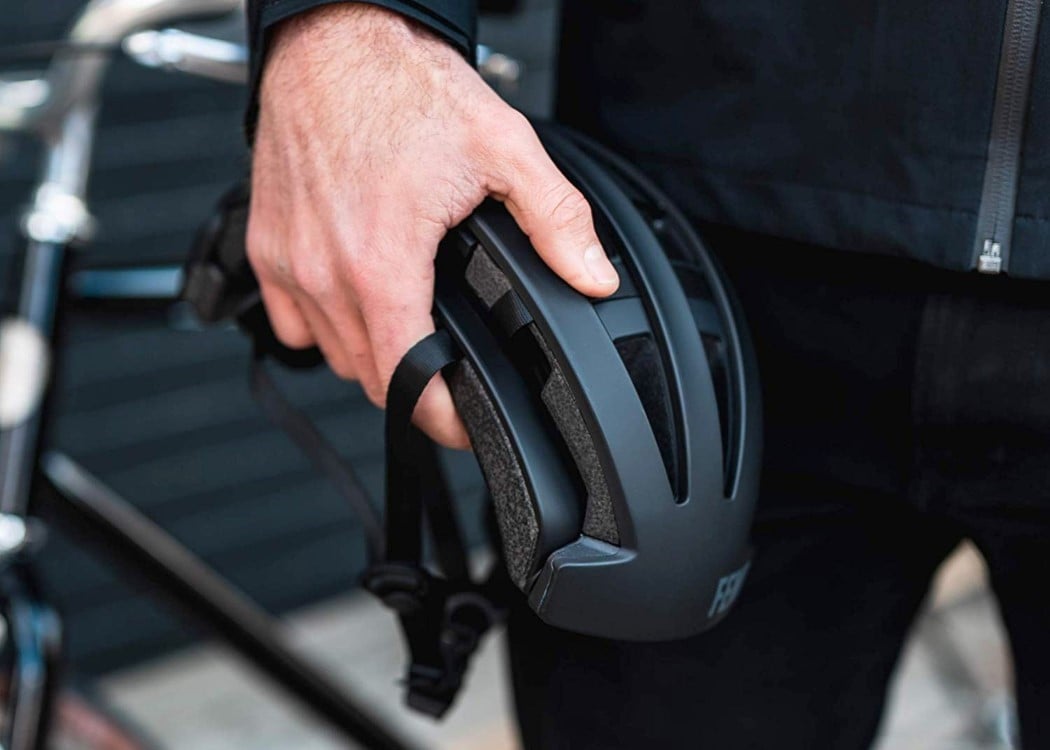
Discarding the notion that a helmet needs to be a sturdy, stiff, singular form, the FEND One is, in fact, foldable. With two segments on either side that fold inwards, the Fend becomes rather portable, occupying a fraction of the volume it would when opened. Its folded design makes it relatively flat, allowing it to slide easily into messenger bags and backpacks… a feature that makes carrying helmets so convenient, you’re more likely to wear/carry them everywhere. The FEND One reduces the number of moving parts in its original design by ditching the bellow-style fold for something more simple and secure. The helmet exceeds US CPSC and European EN1078 safety standards for bicycles, skateboards, and e-bikes/scooters under 20mph, and comes with an impact-resistant outer shell made from ABS and PC, and a cushioning EPS inner that’s both lightweight as well as shock-absorbing.
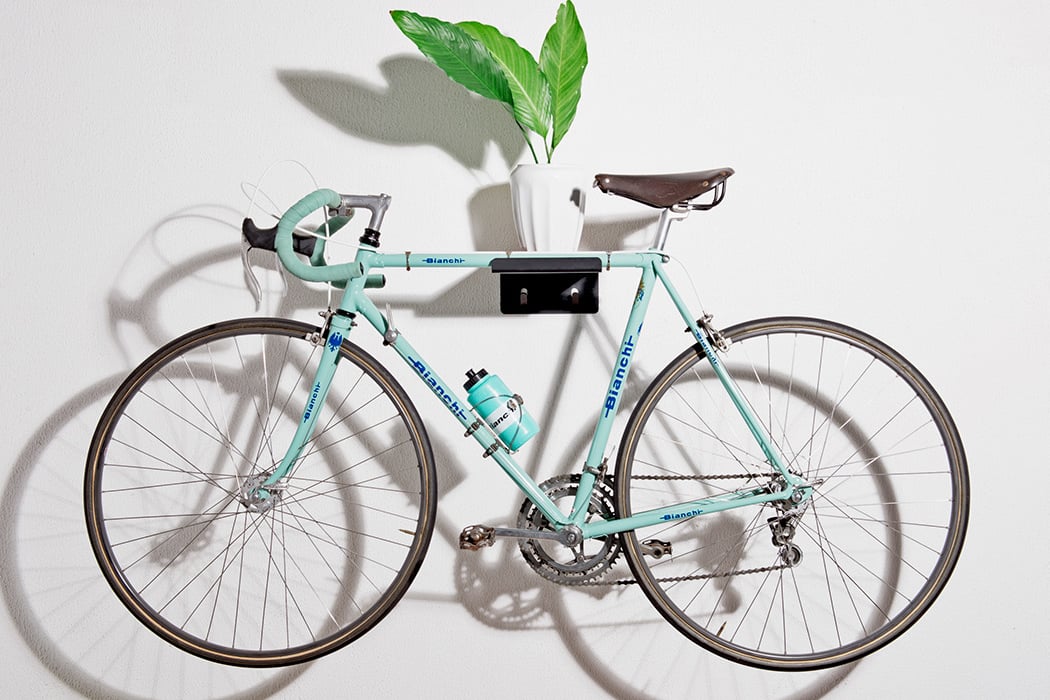
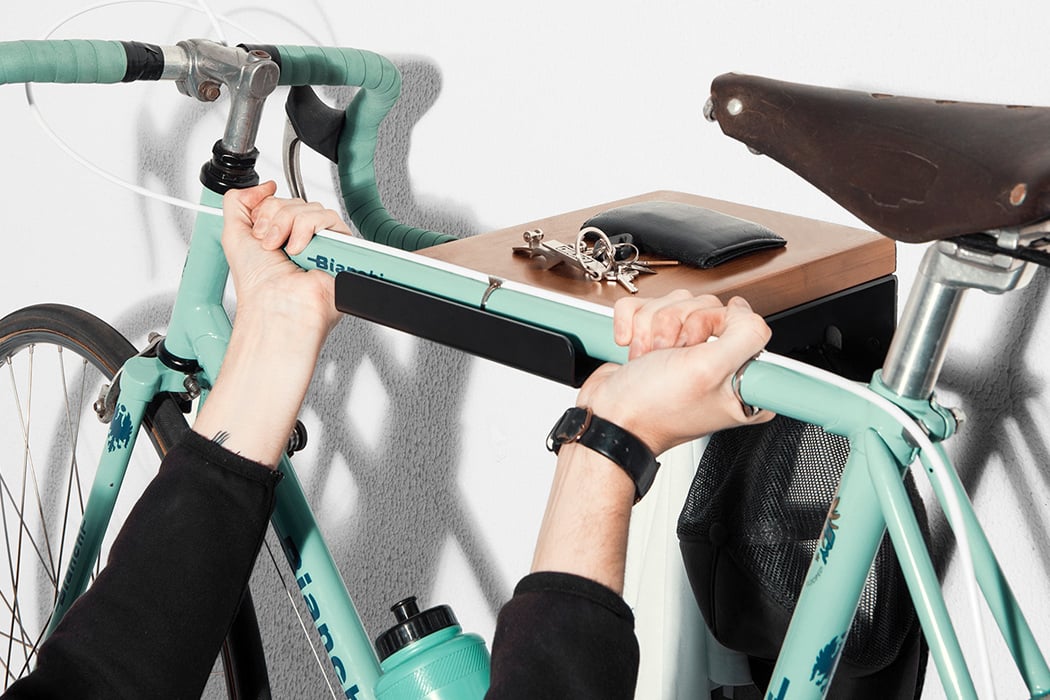
Crafted from solid wood and sheet steel, B-spot is a wall-mounted bike stand. It comprises of a matte black panel protruding from the wall, with a layer of solid wood on top. The lower portion of the hanger is characterized by two hooks. However, the B-spot doesn’t simply hold bicycles! The black steel and solid wood panel duo can be used to hold planters, vases, your wallet, keys, and other miscellaneous items. The two little hooks can be used to hold your clothing items, caps, coats, umbrellas, and more. The hanger’s most interesting feature would be how its black panel curves in the front, forming a long rectangular slot. The slot serves as a little nook to hang your bicycle on! So once you’re done riding your bike, simply lift it up and place it within the slot. The sturdy steel structure holds your bike effortlessly.
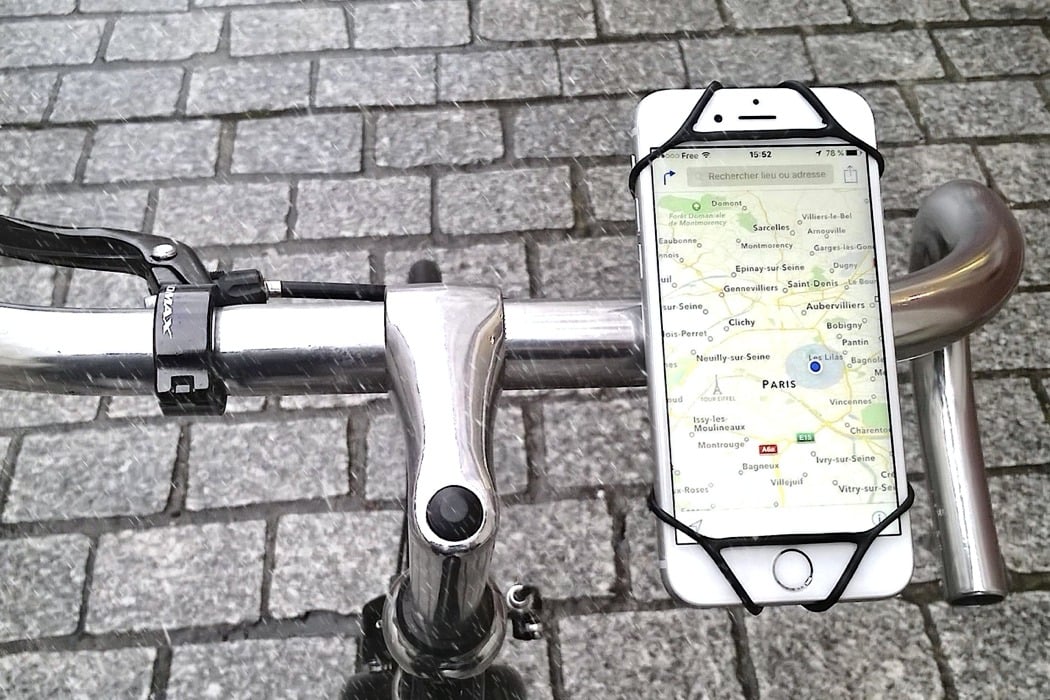
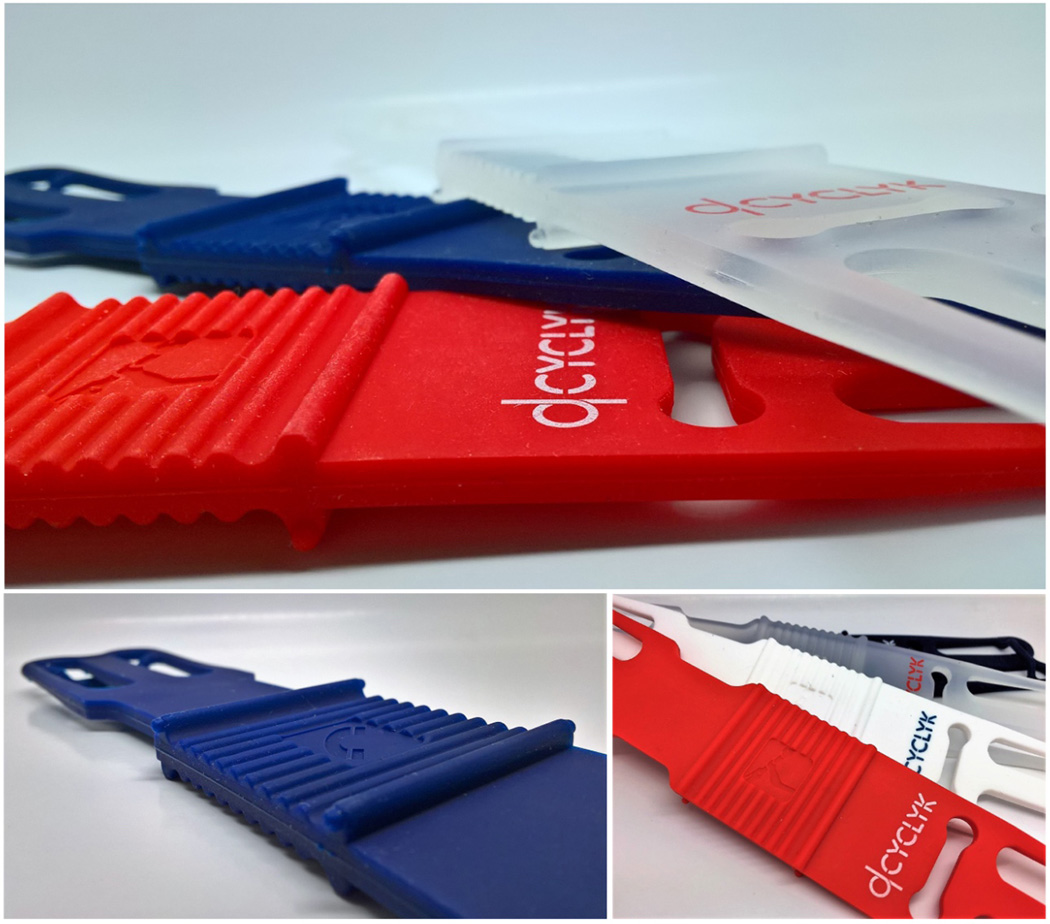
Designed to be the most universal grip ever, CYCLYK works with every smartphone, with or without a case. Multiple bands hold your smartphone in place without overlapping or blocking the screen, and the act of docking or removing your phone literally takes two seconds, allowing you to hop on or off your two-wheeler with ease. The CYCLYK’s universal design even allows it to be used with motorbikes, scooters, mopeds, or even the odd Segway. Heck, you could even mount it on the handles of your shopping cart or baby-pram if you wanted to, but I believe that isn’t the product’s intended purpose. The silicone construction stretches to accommodate any sort of setting, while providing enough friction to hold your smartphone in place (and even at the same angle) on all sorts of terrain, allowing you to traverse through the city or even go off-roading on your mountain bike. It gives you the freedom to use your smartphone the way you see fit, transforming it into a GPS while you’re riding, or a handlebar-mounted action camera, or even run your fitness apps like STRAVA or music apps while you cycle/work out!
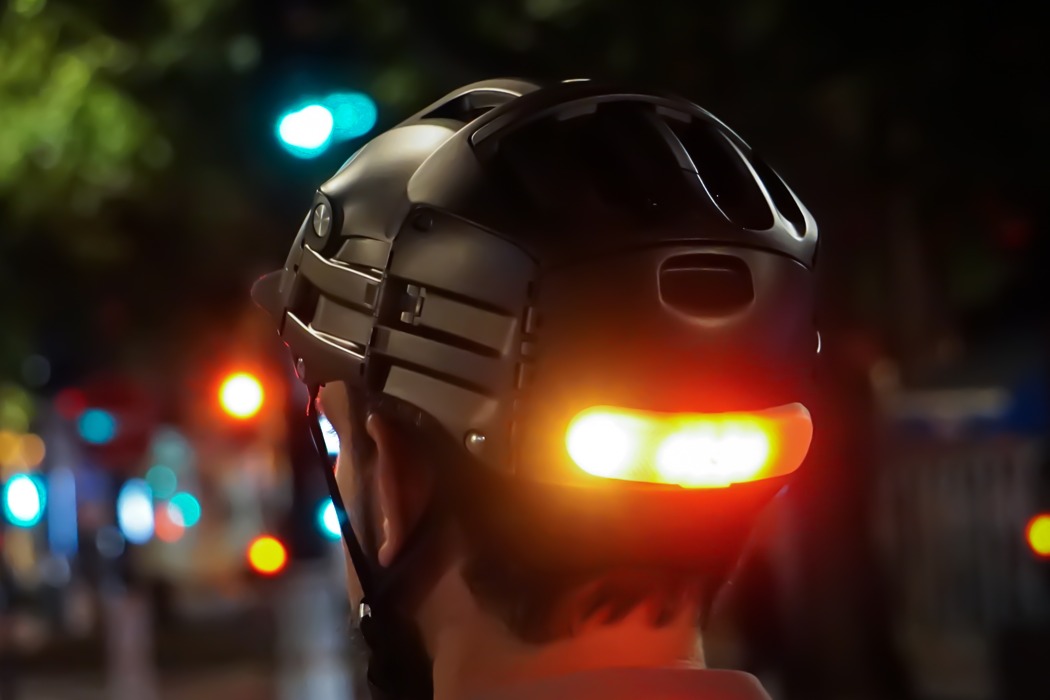
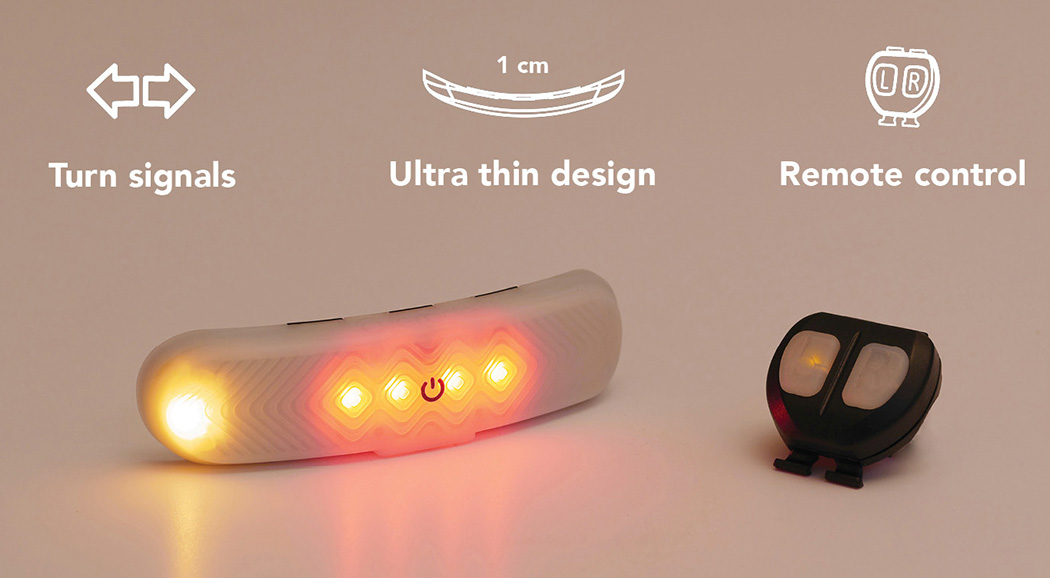
Fitted with bright LEDs on the inside, the BLINXI works as a head-worn tail-light and indicator, allowing you to be more visible to drivers/riders behind you. A single on/off button on the BLINXI allows you to toggle the taillight while even letting you cycle through the product’s three modes (flashing, steady, and daytime). The indicators are powered by a wireless controller that straps right to your handlebars, giving you the experience you’d have with motorbikes and their accessible indicator controllers. Fitted with incredibly powerful LED lights with visibility as high a 100 meters, the BLINXI works both at night and in the day to help you, the wearer, be visible (and predictable) as you drive down roads and make turns along your route. BLINXI’s internal battery gives it up to 24+ hours of use on a single charge while in daylight mode (or conversely 10 hours in flashing mode), and a MicroUSB port allows you to charge the accessory with any standard charger or power bank.
























